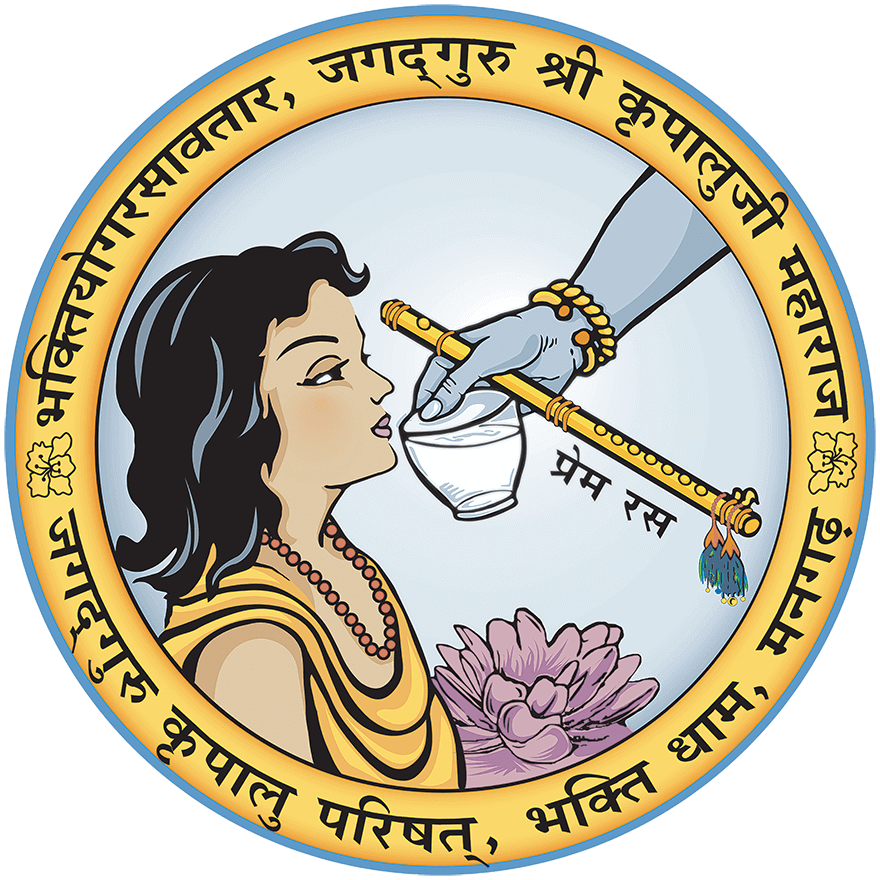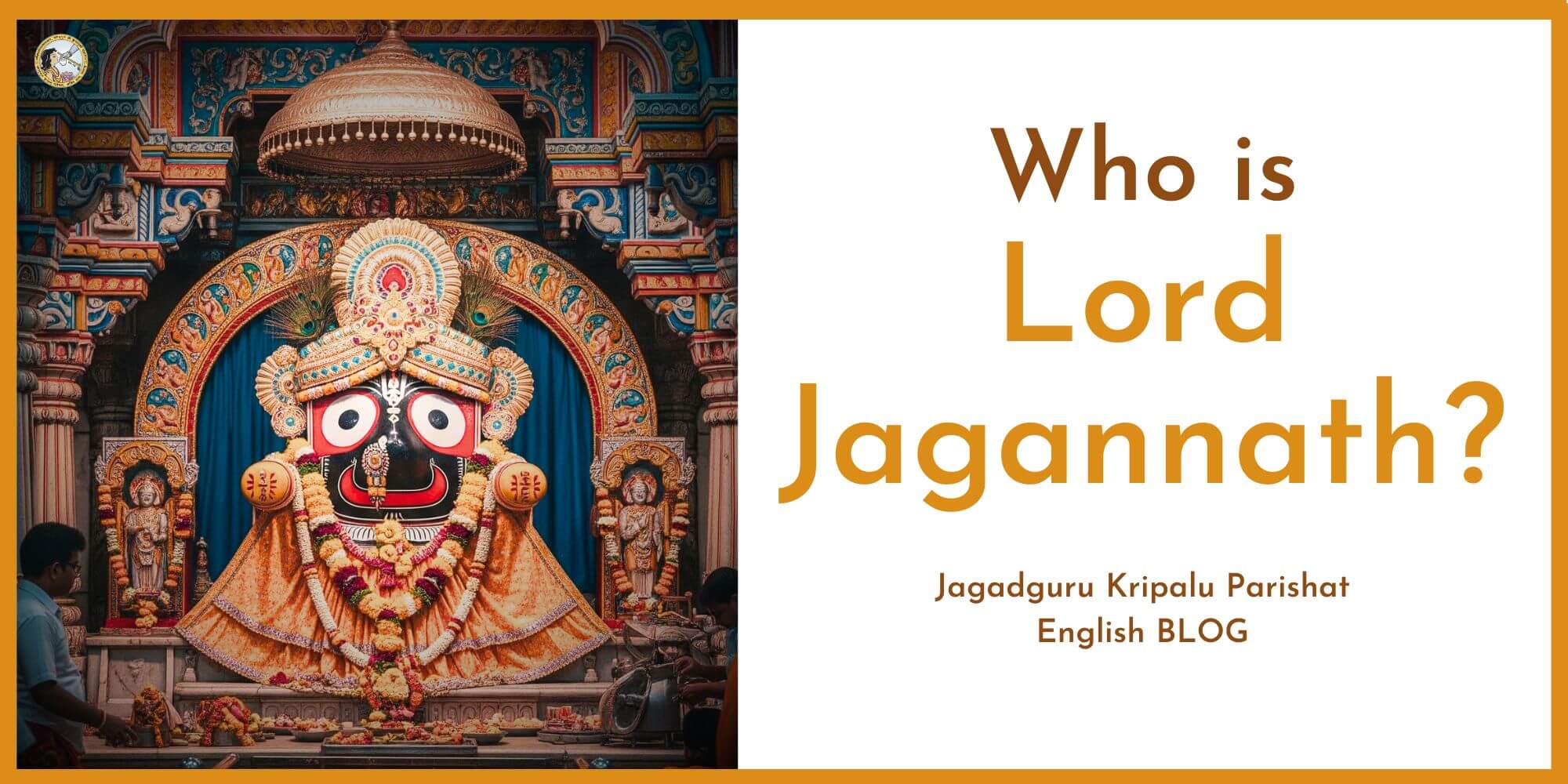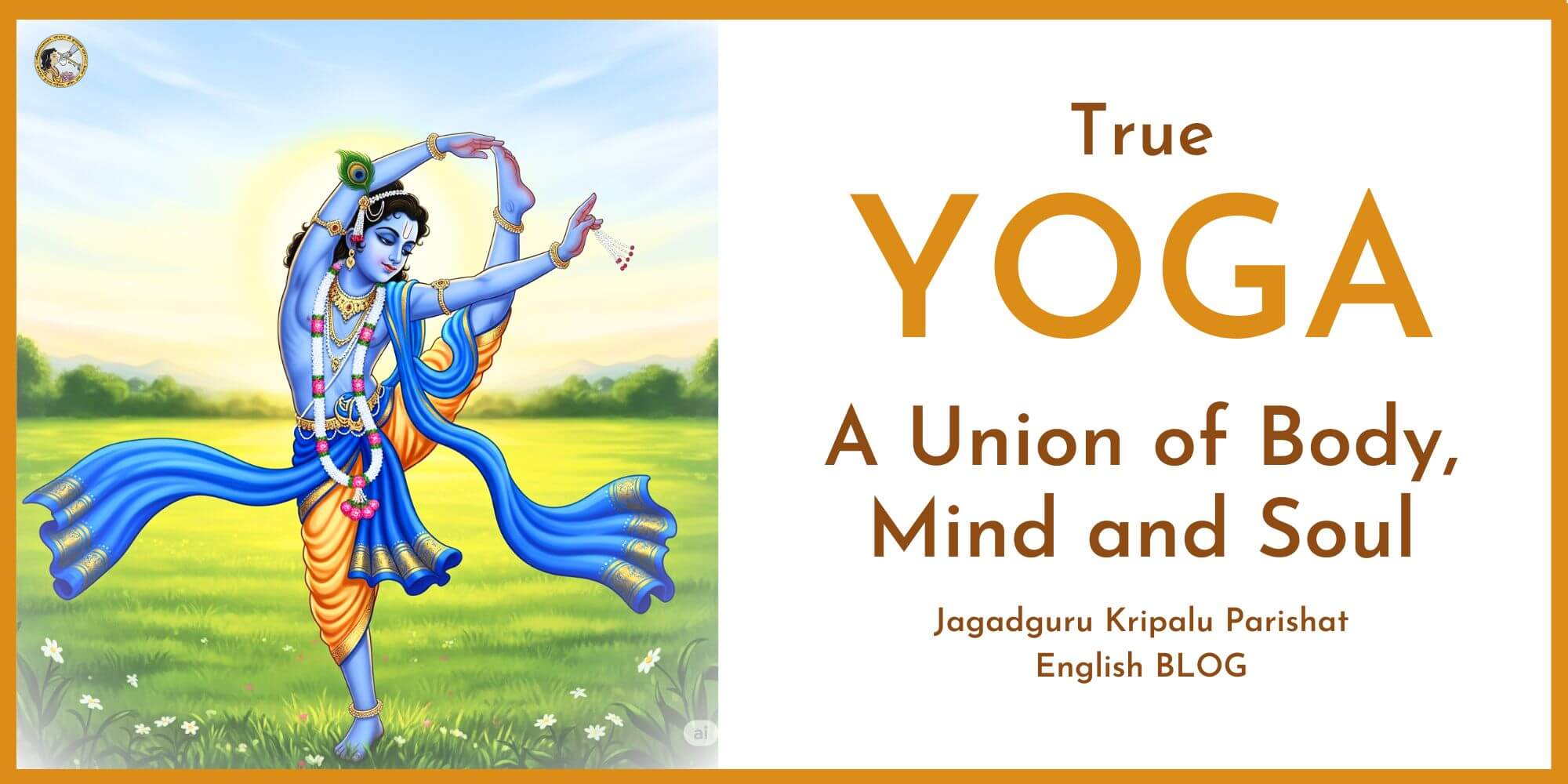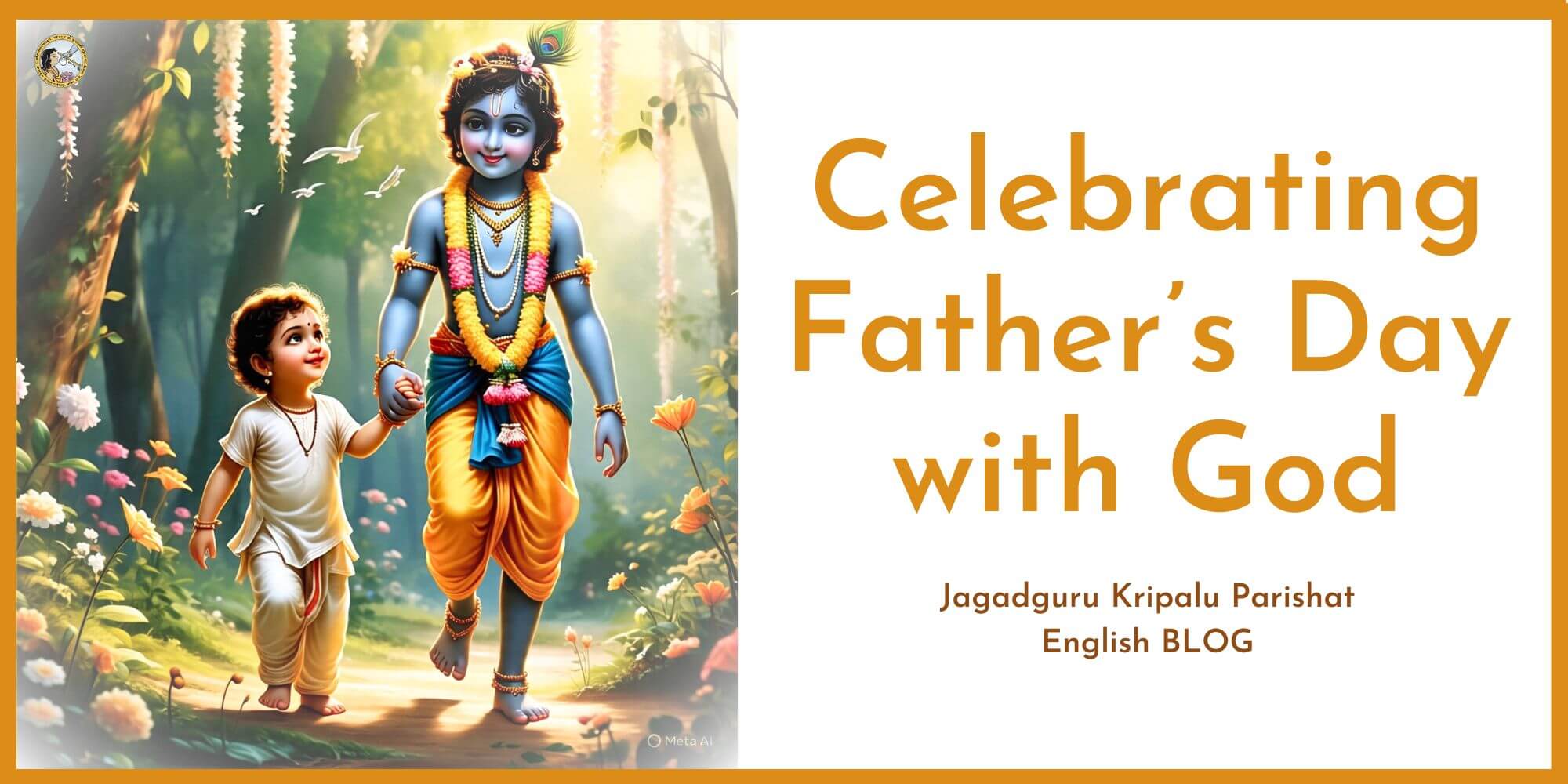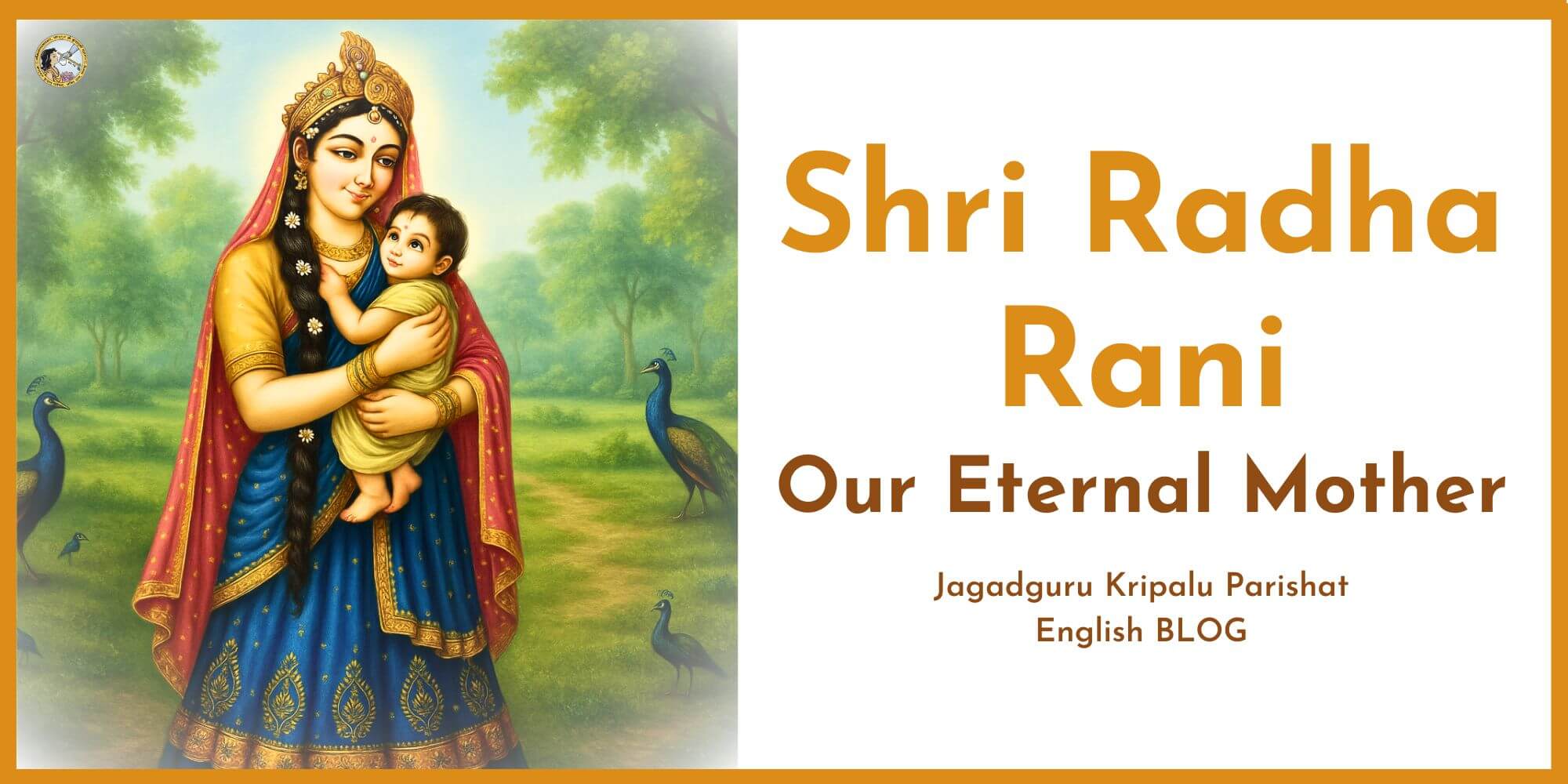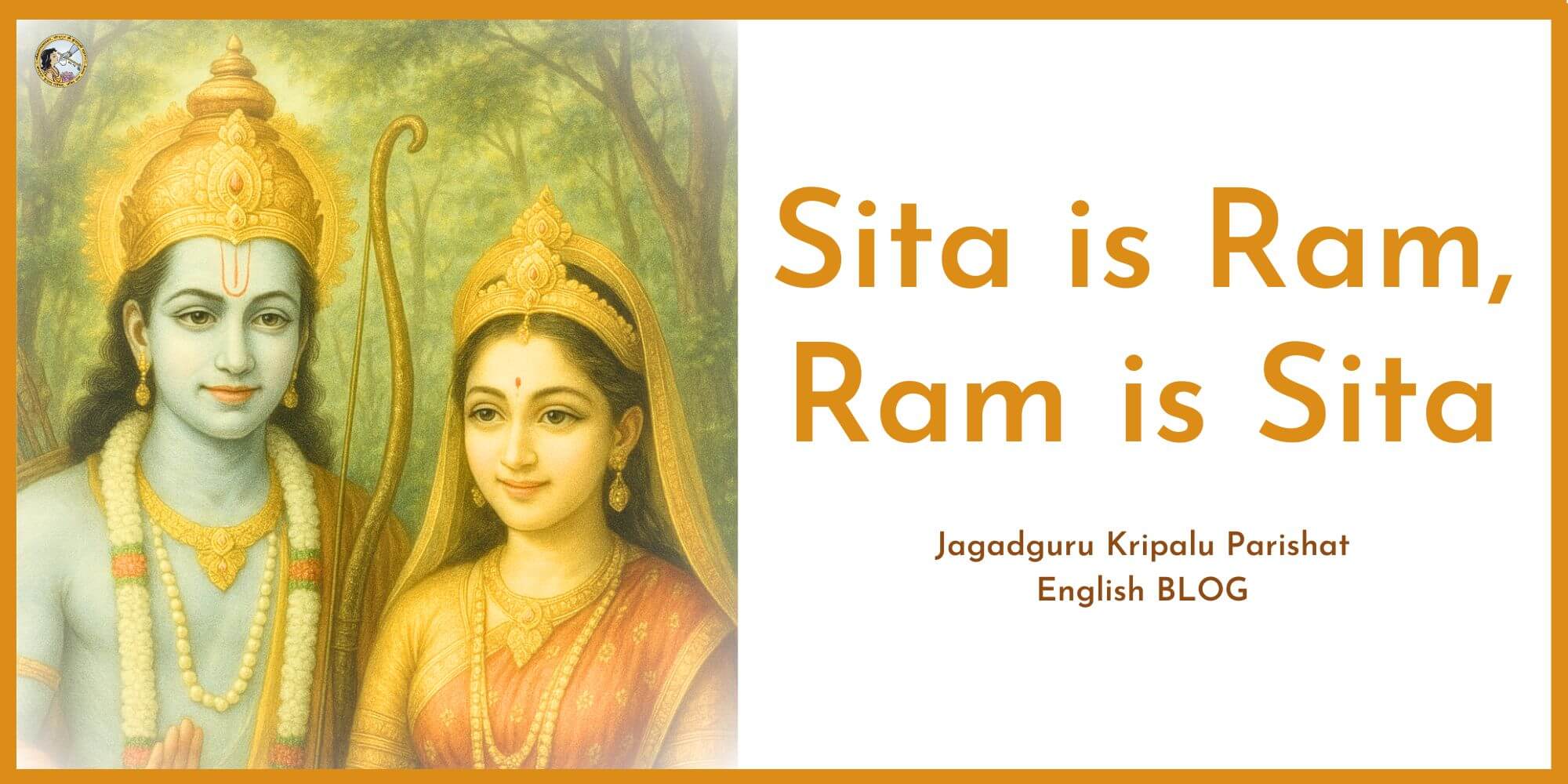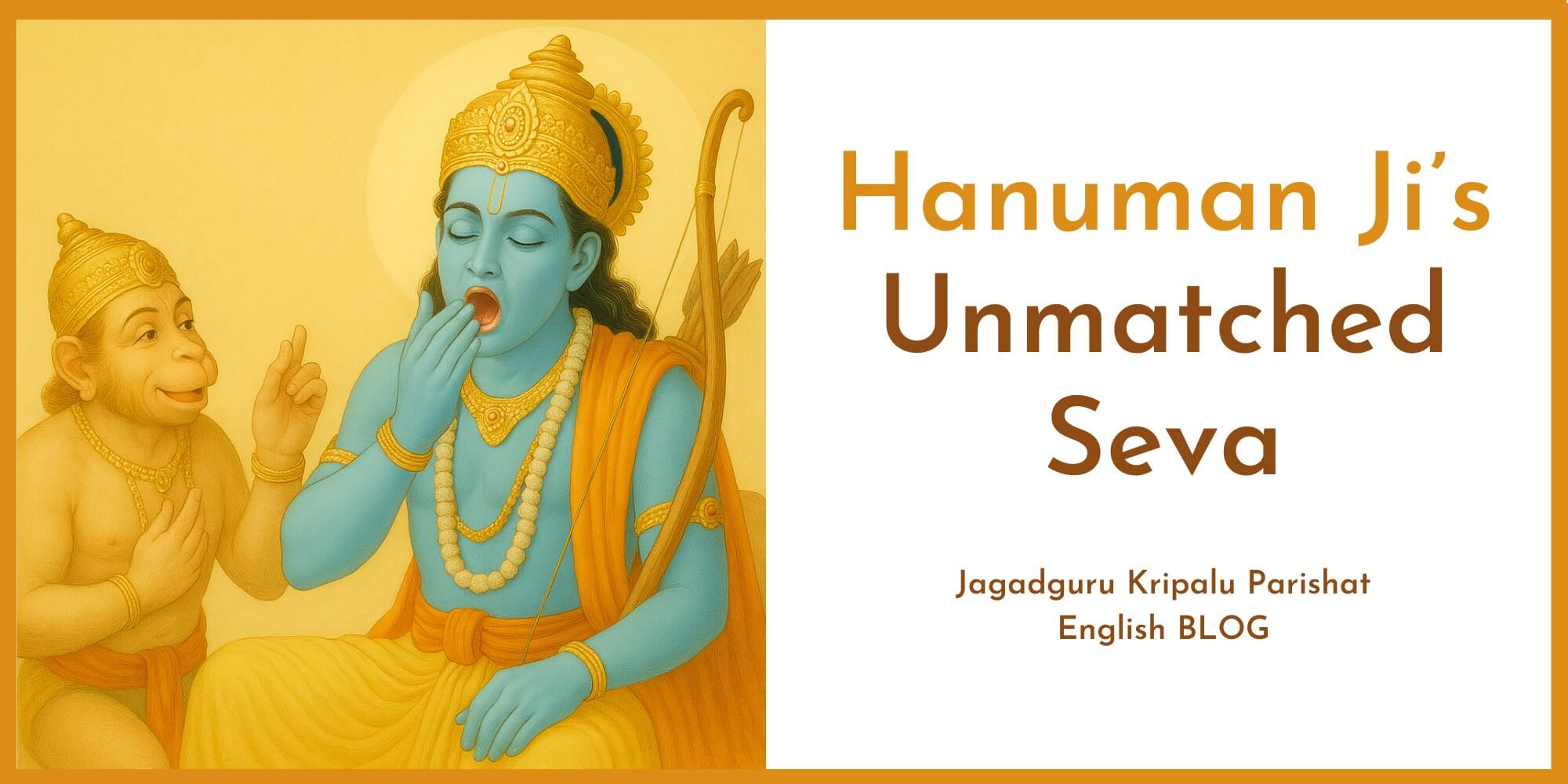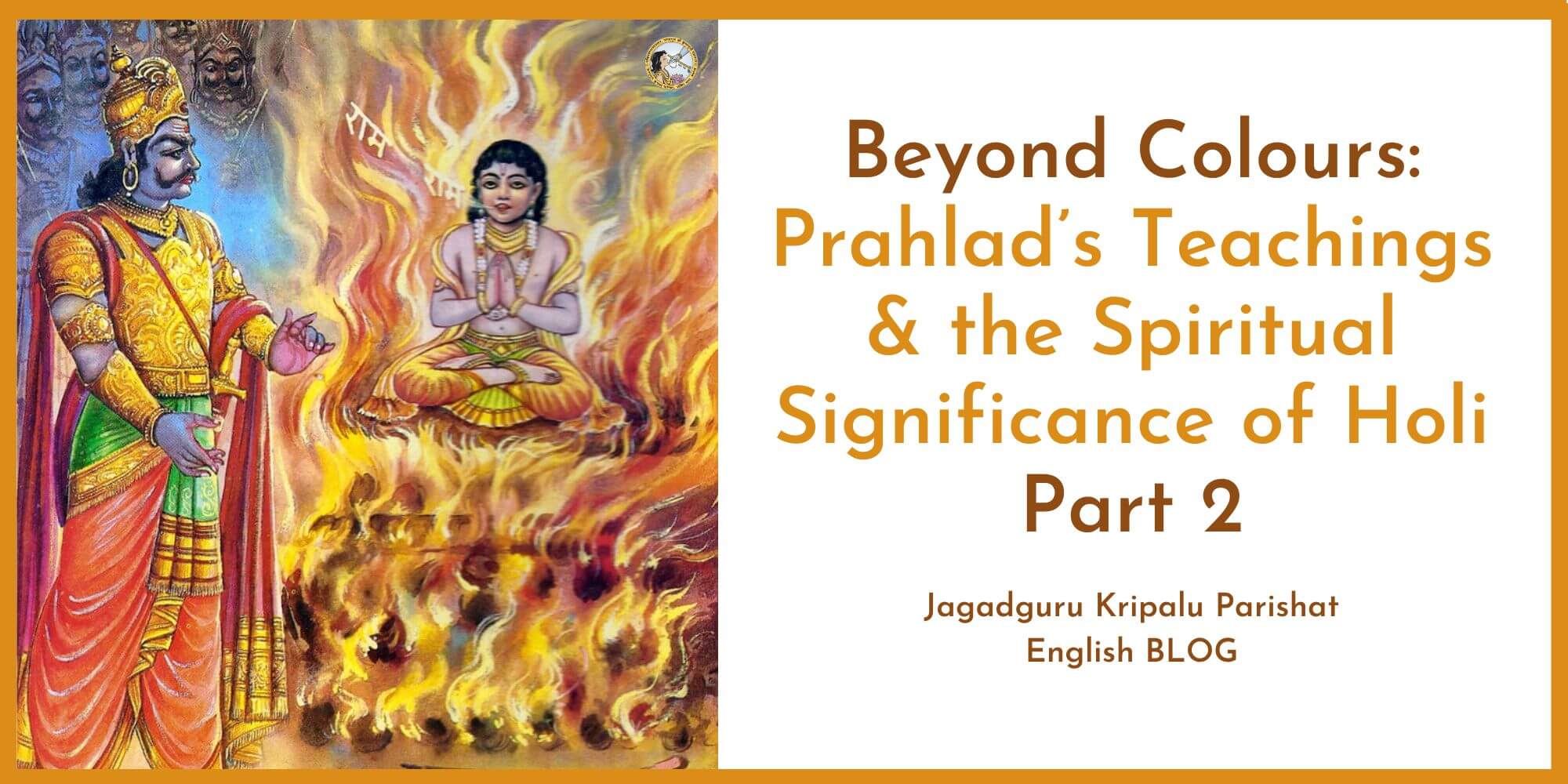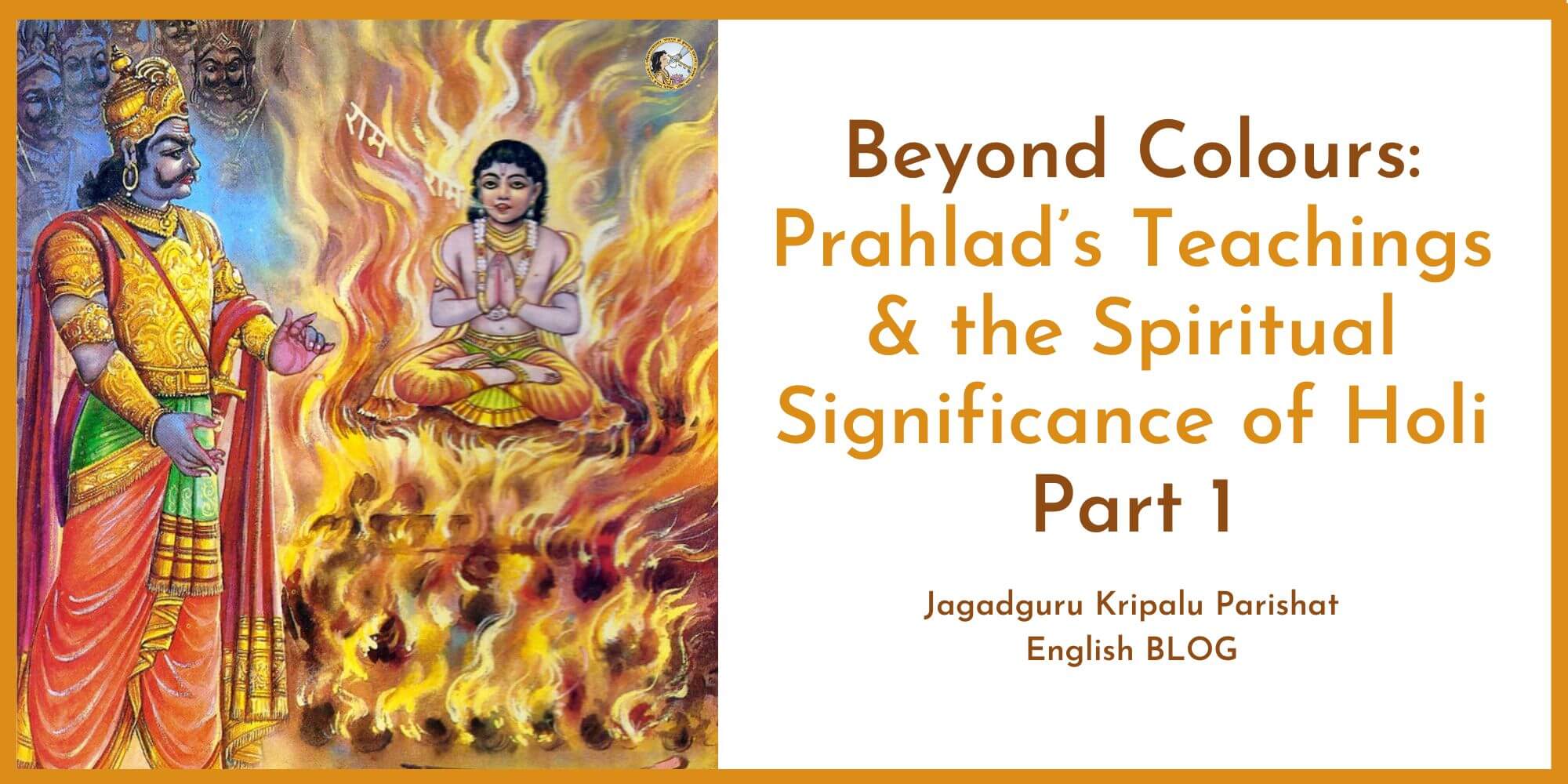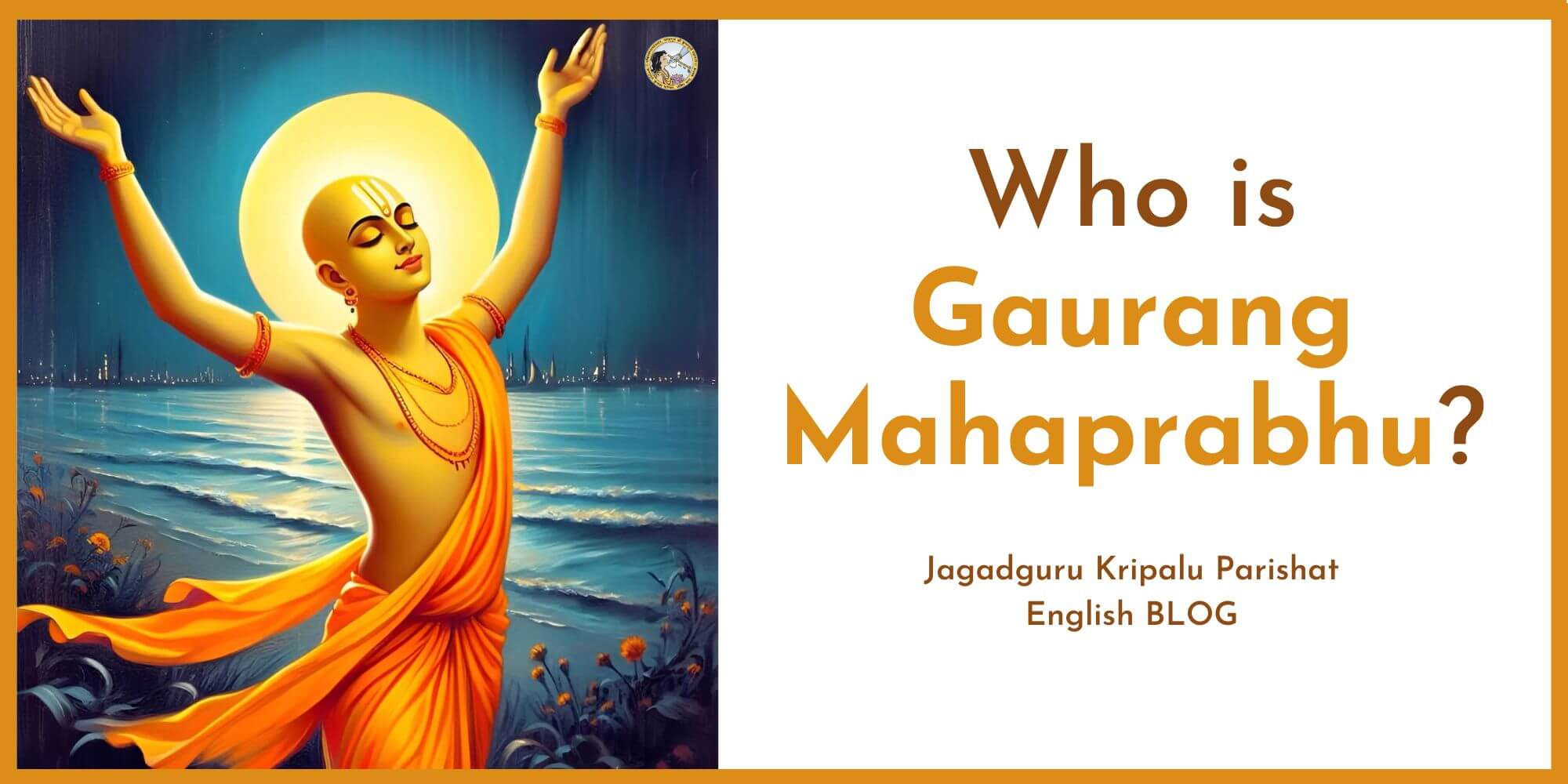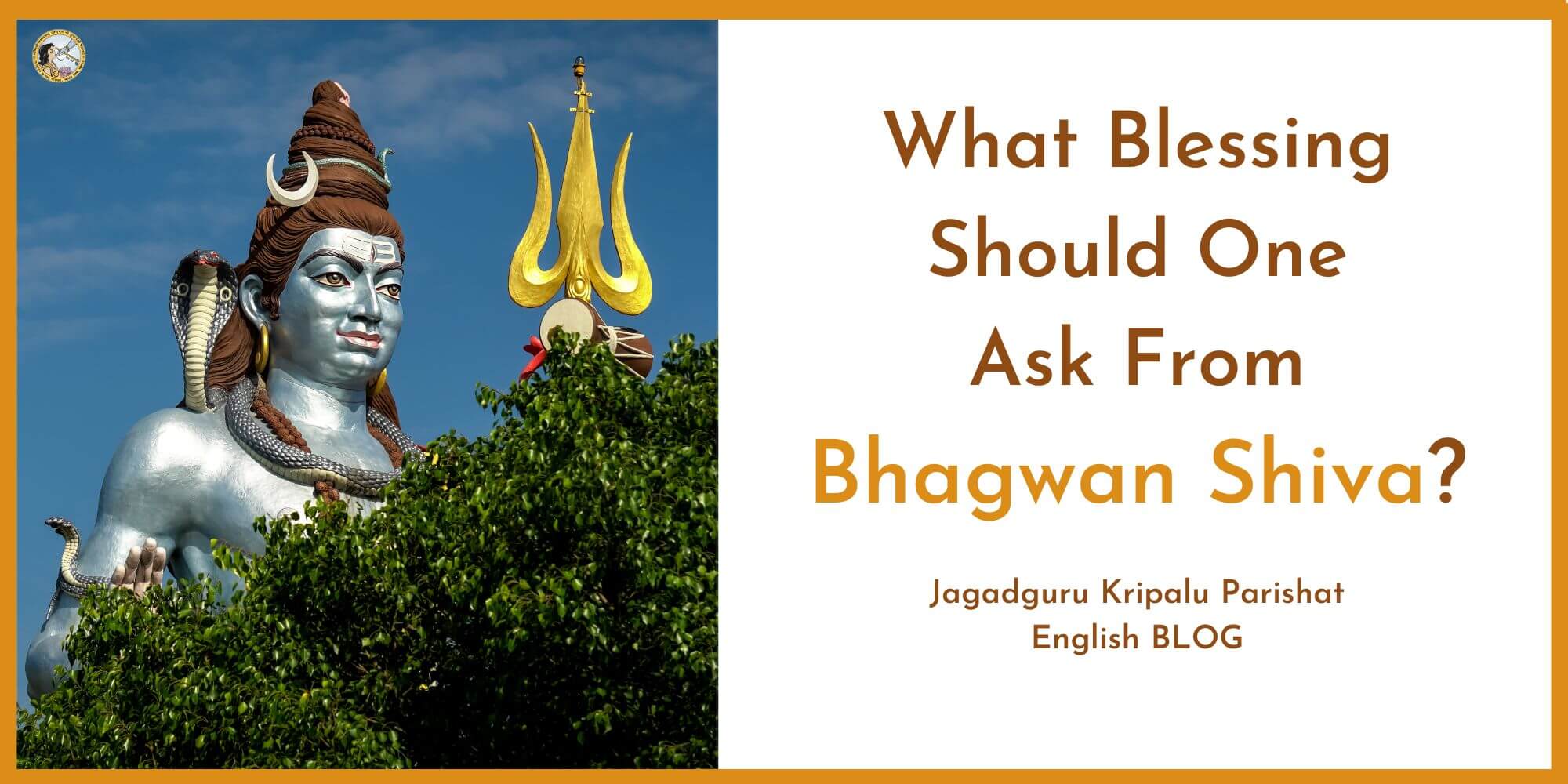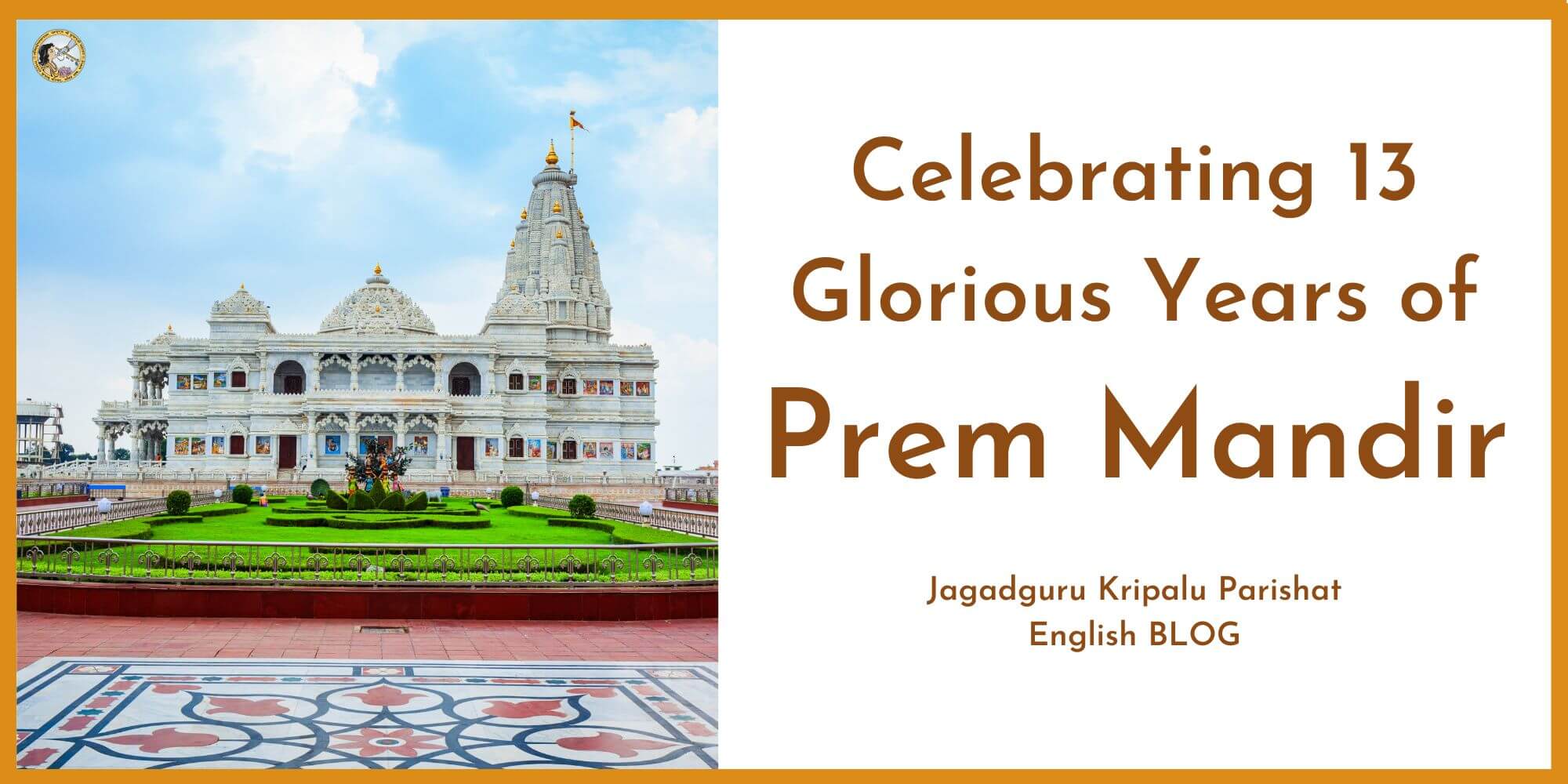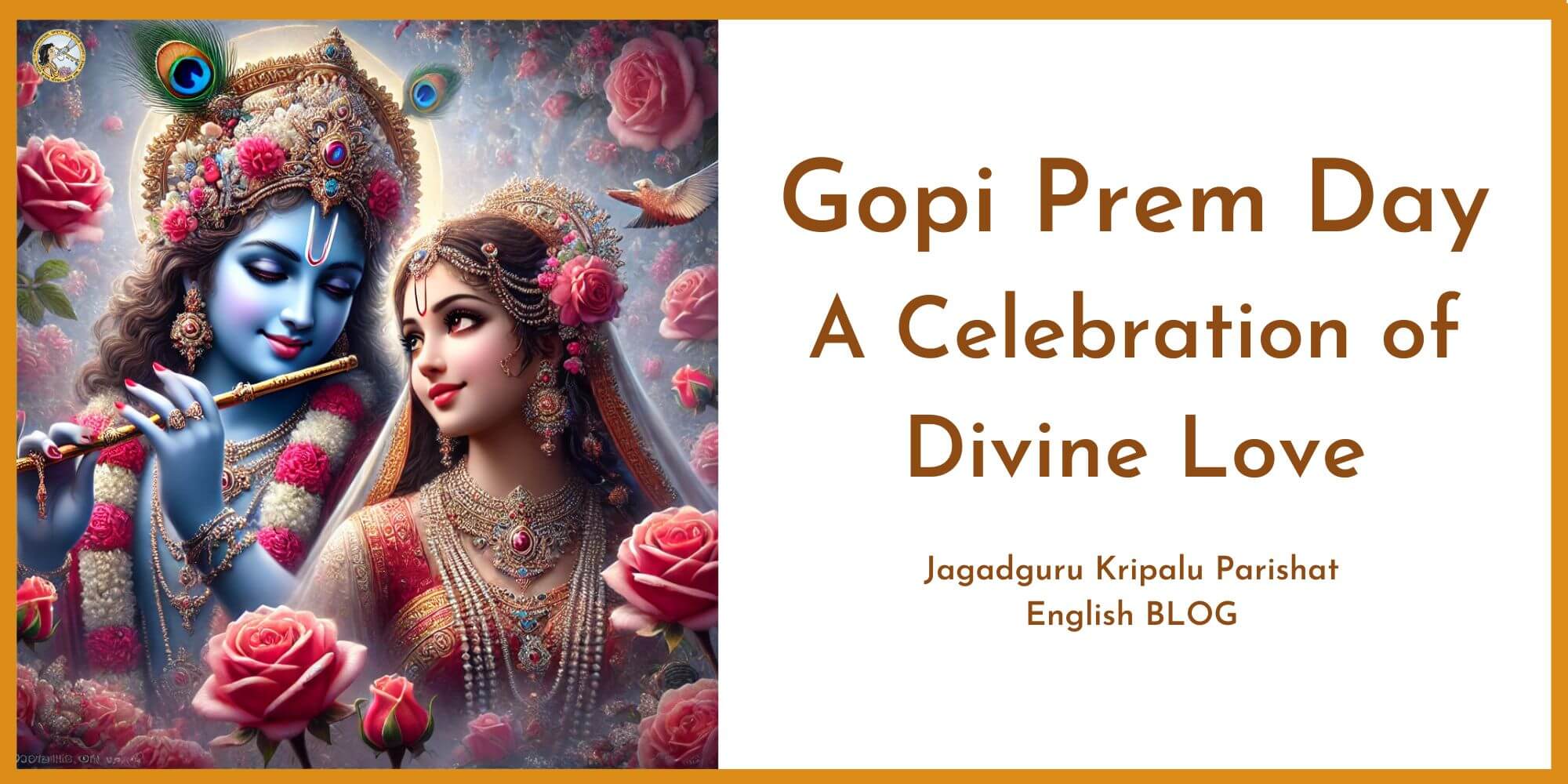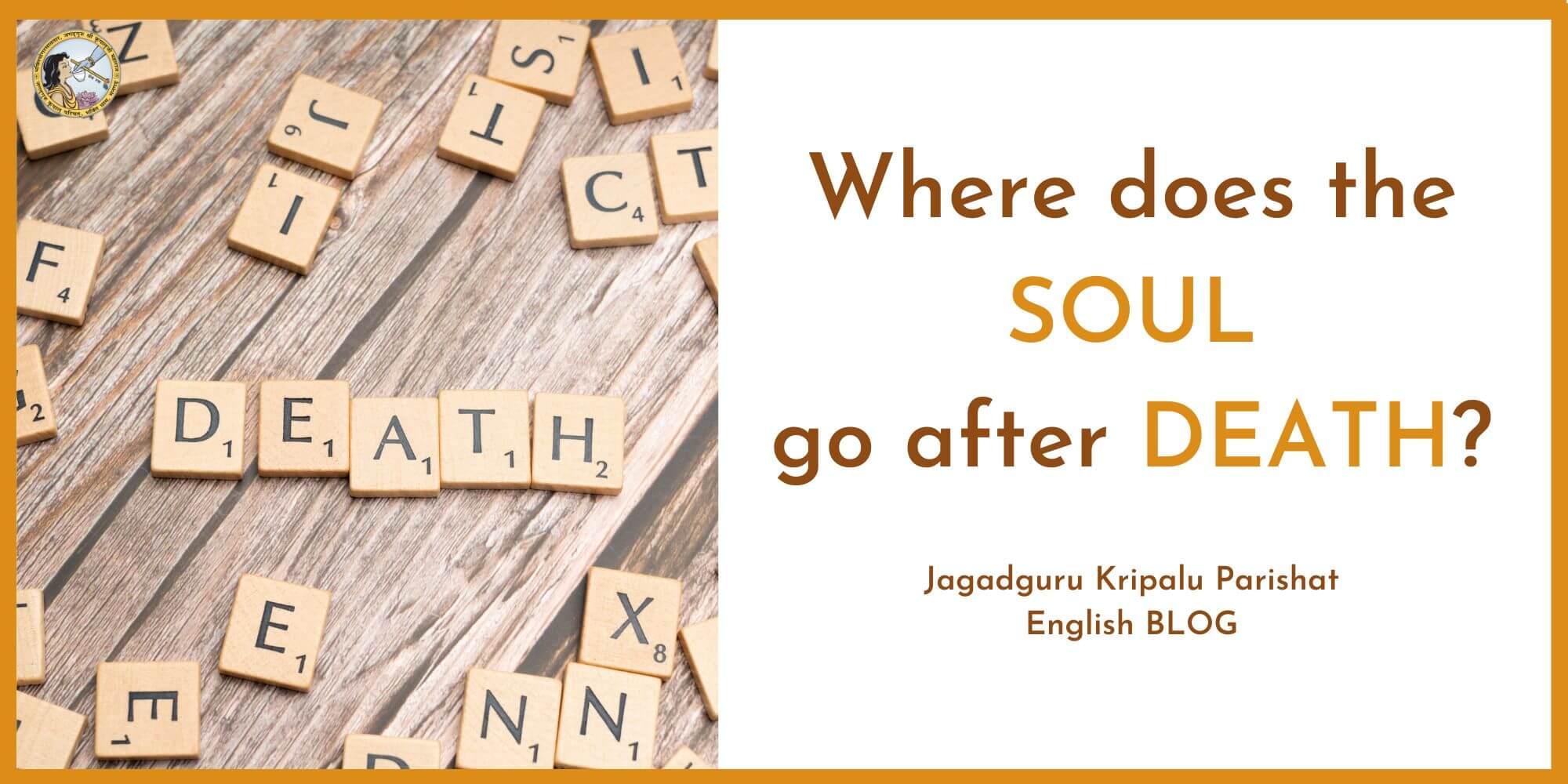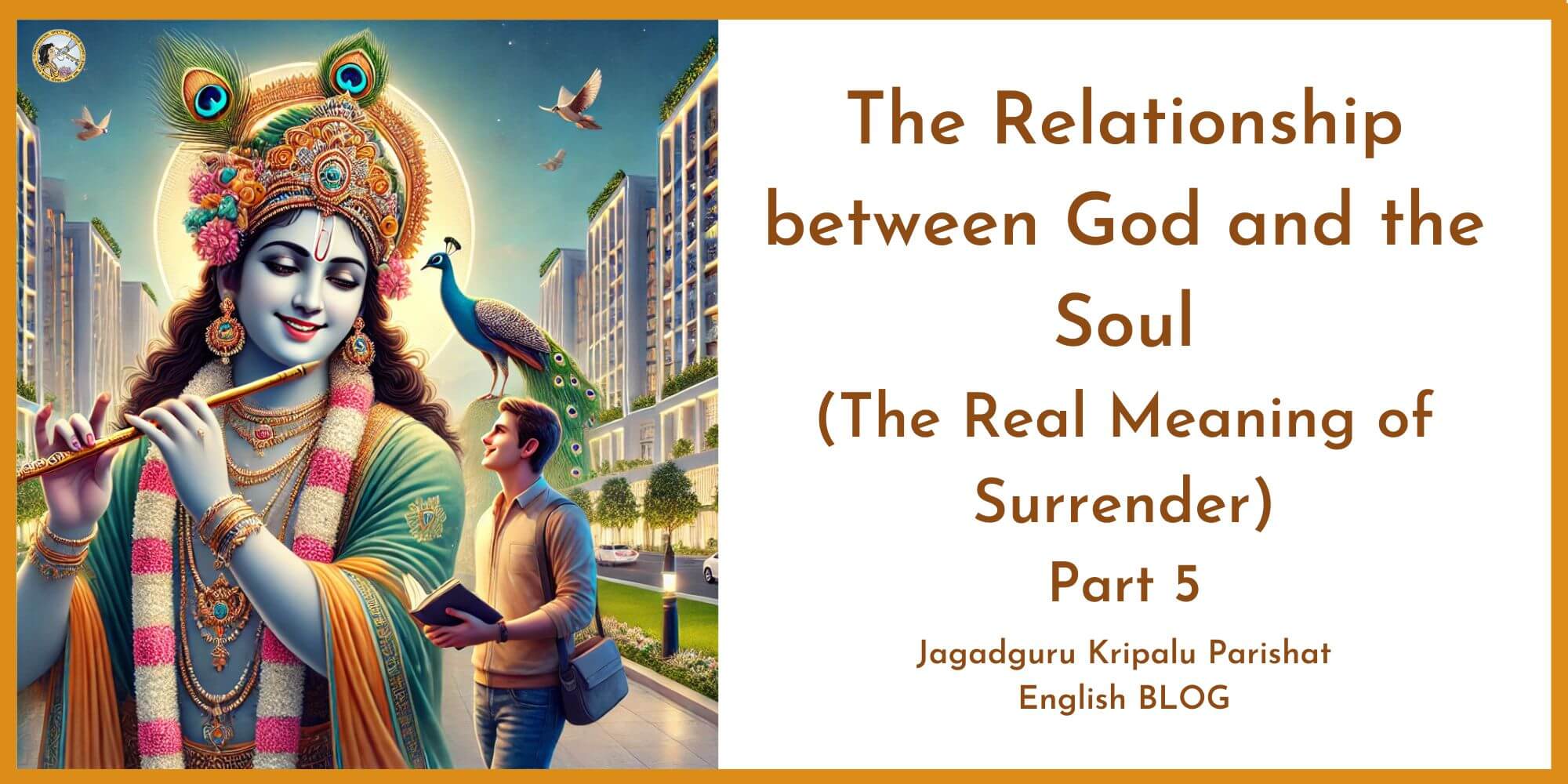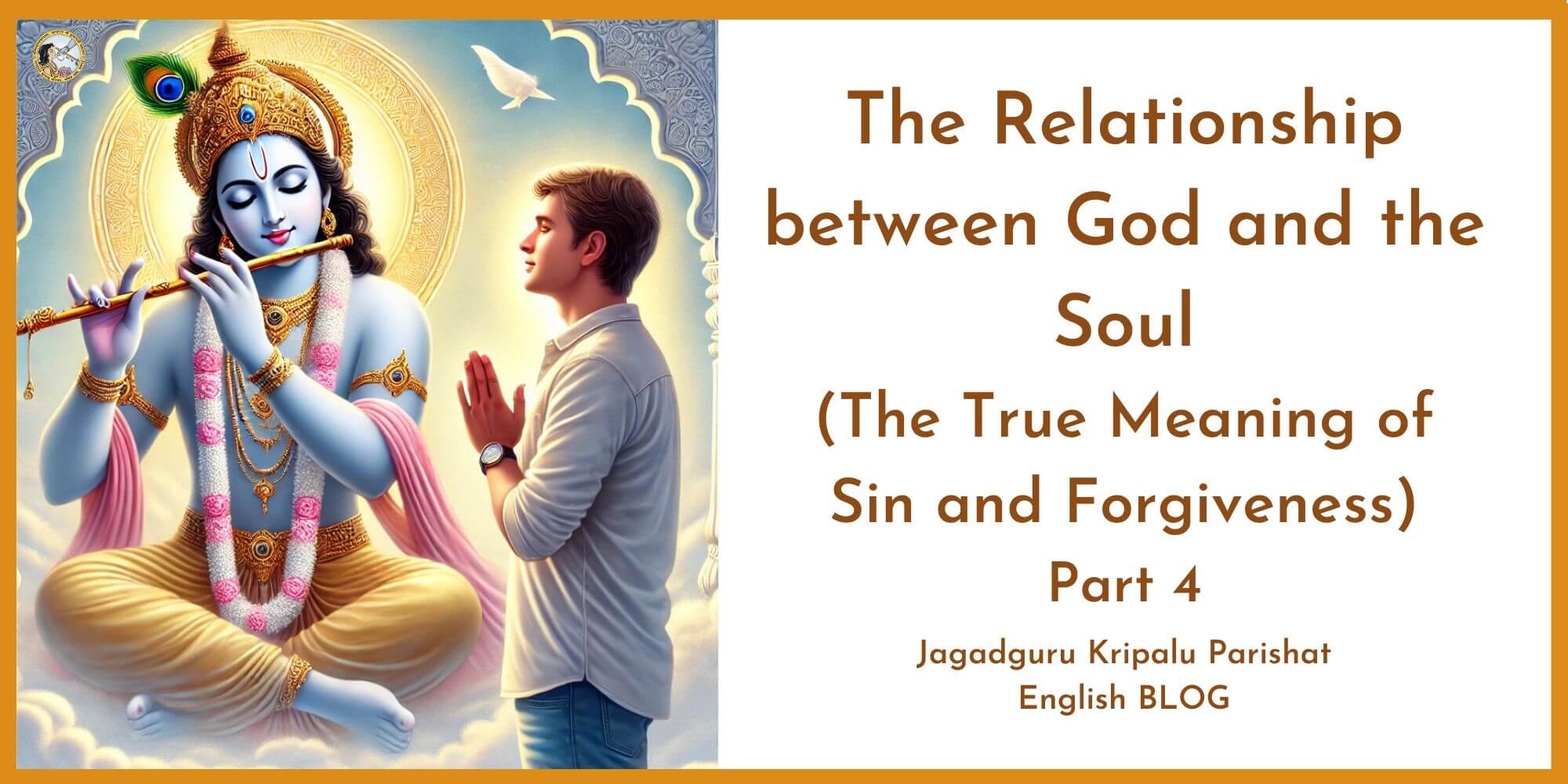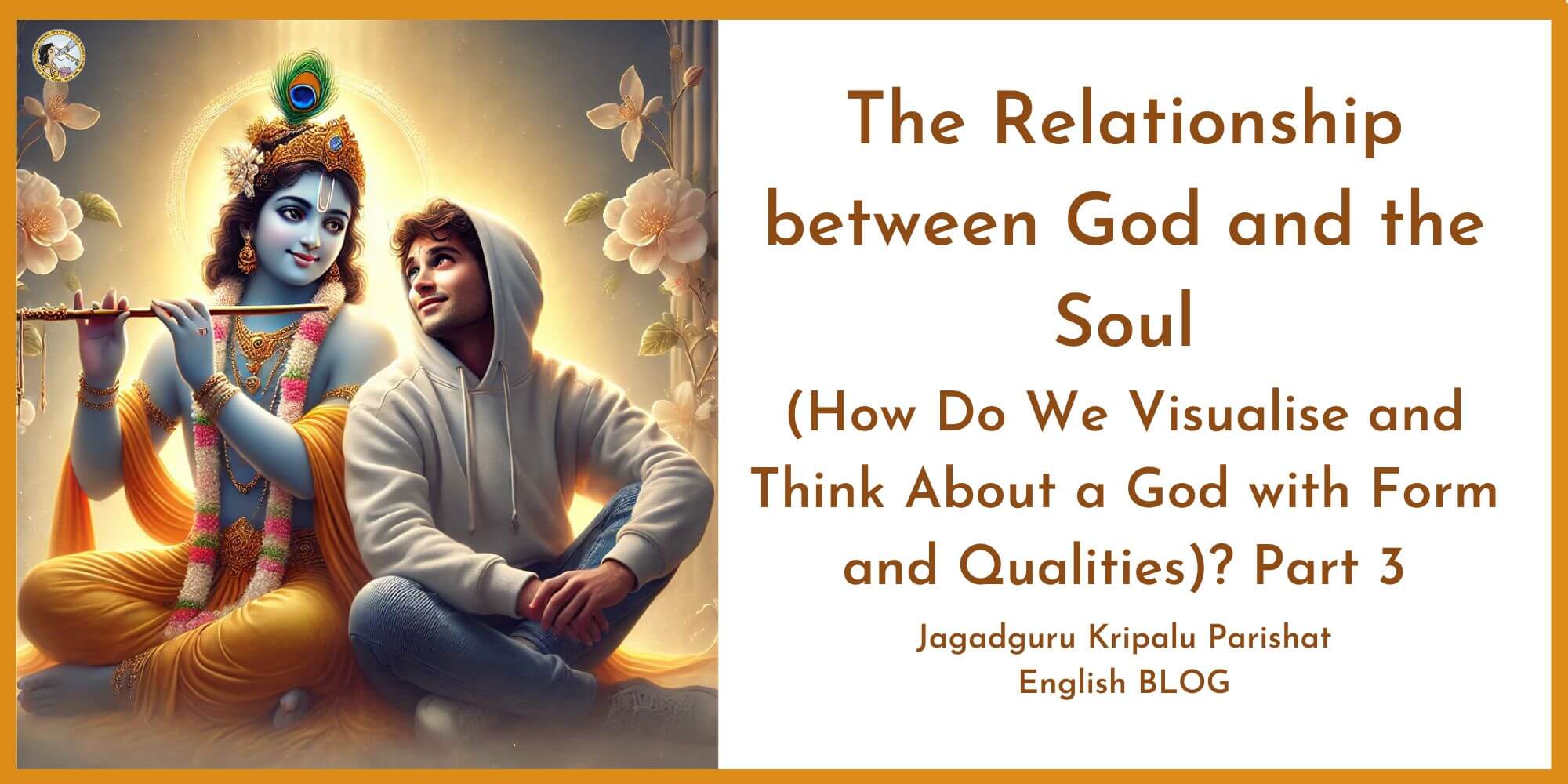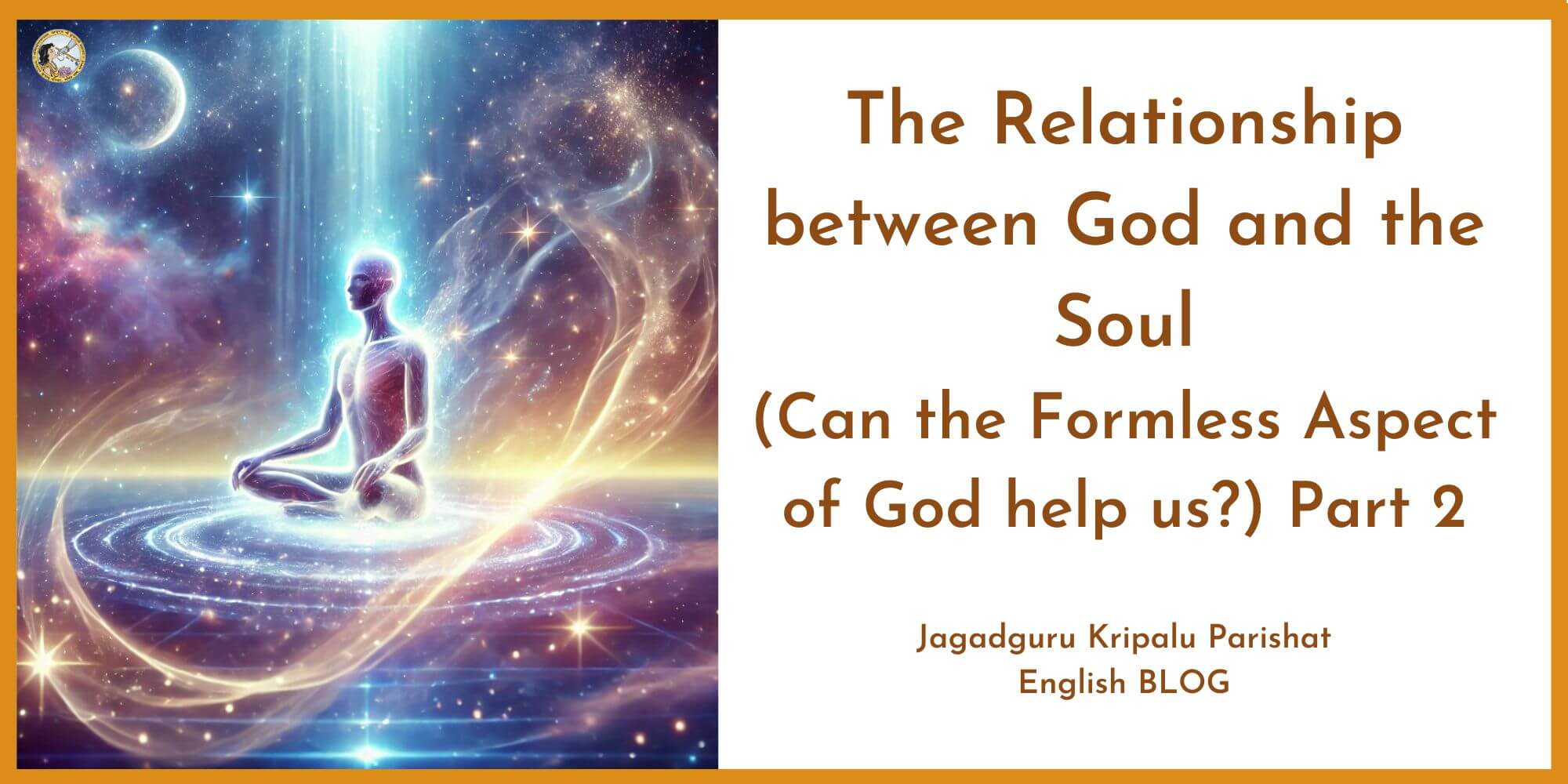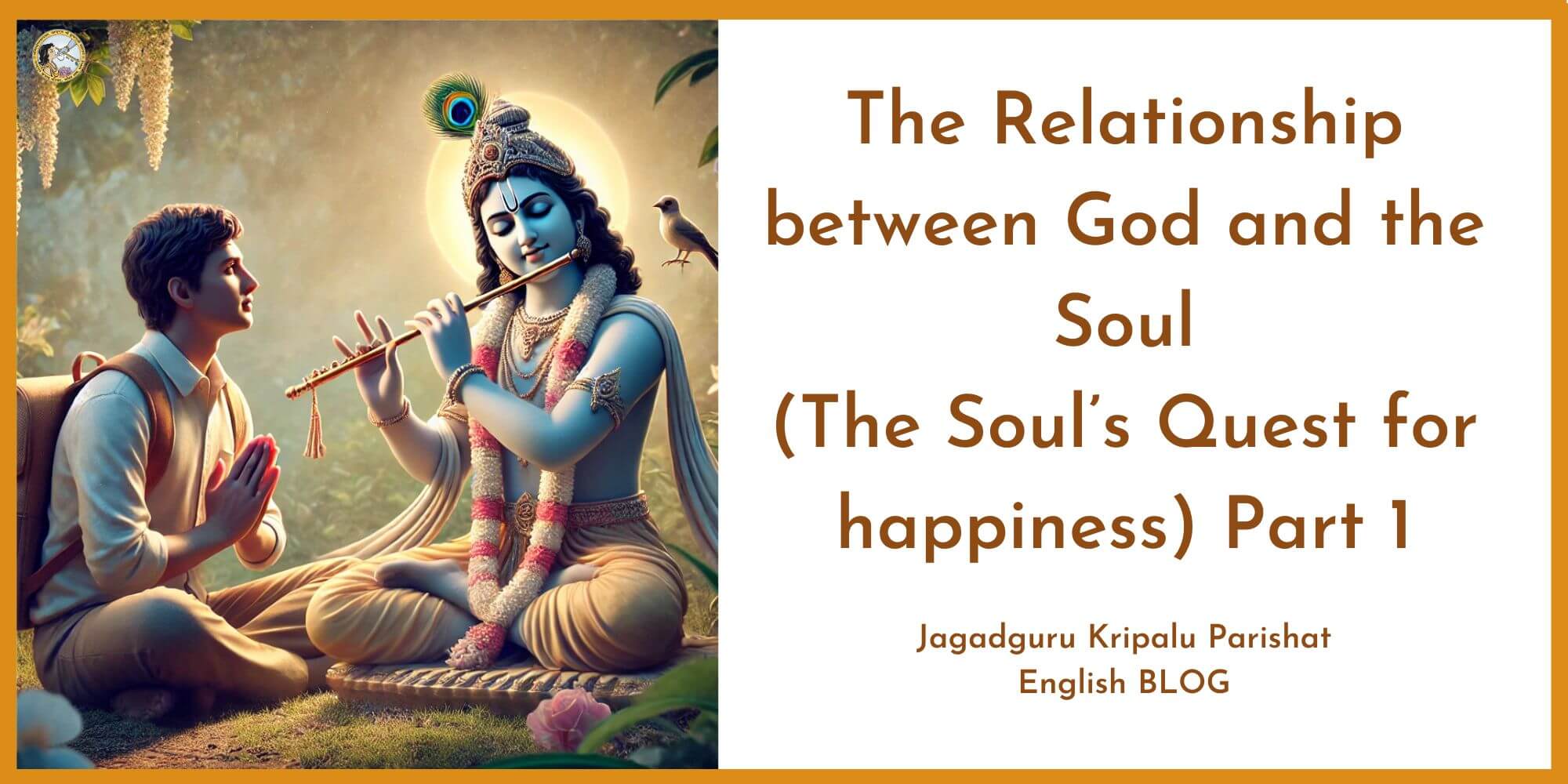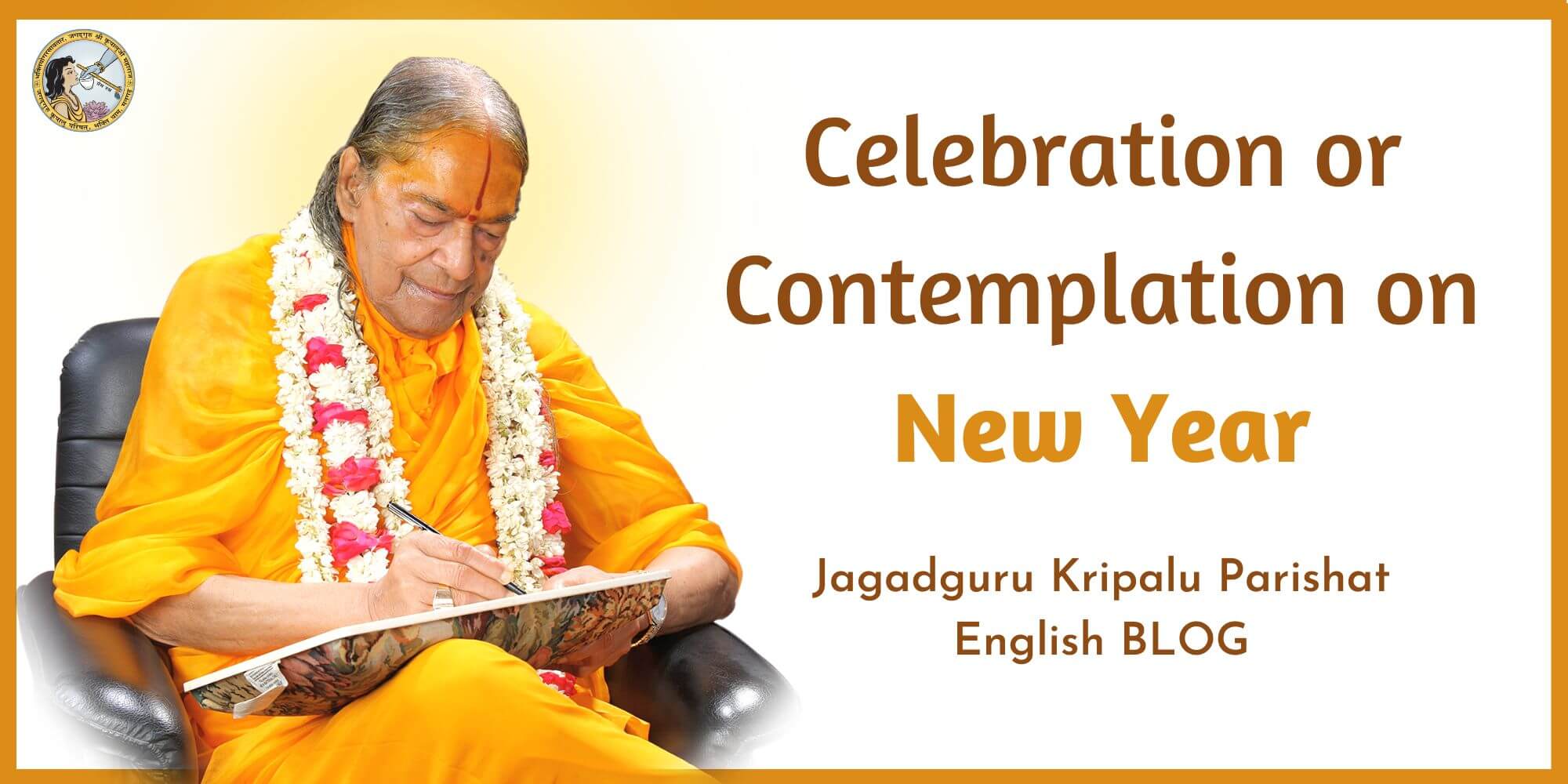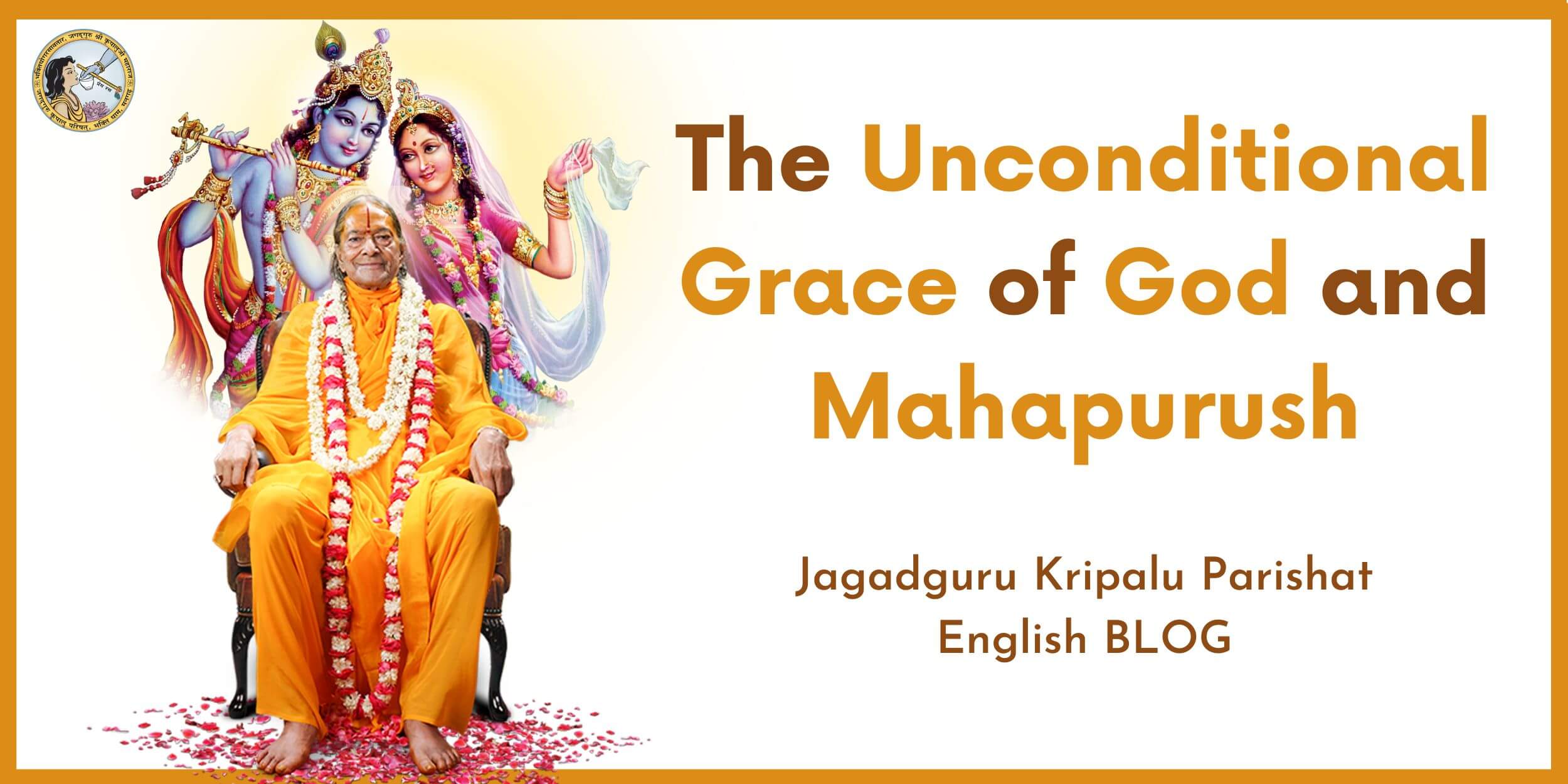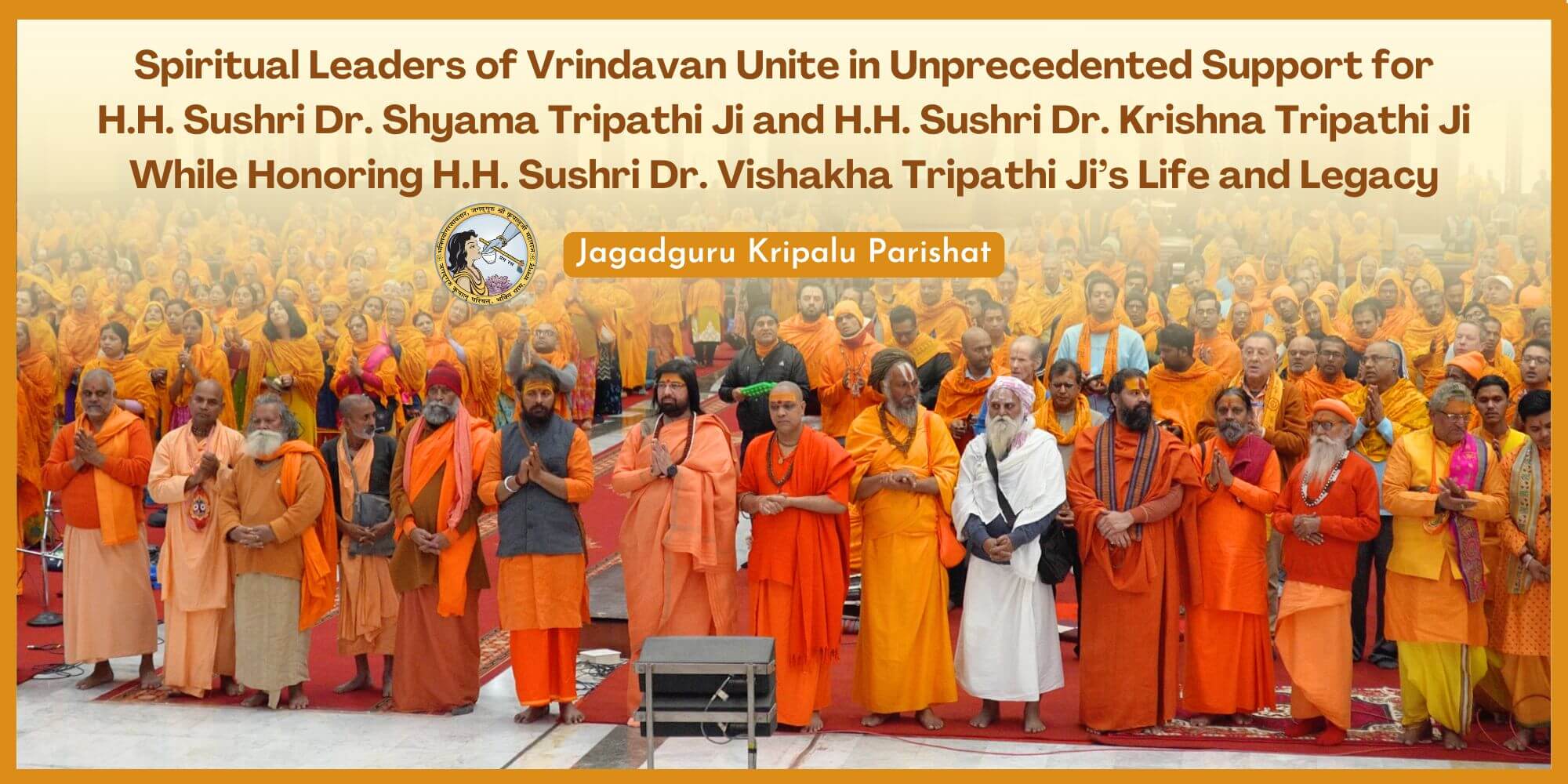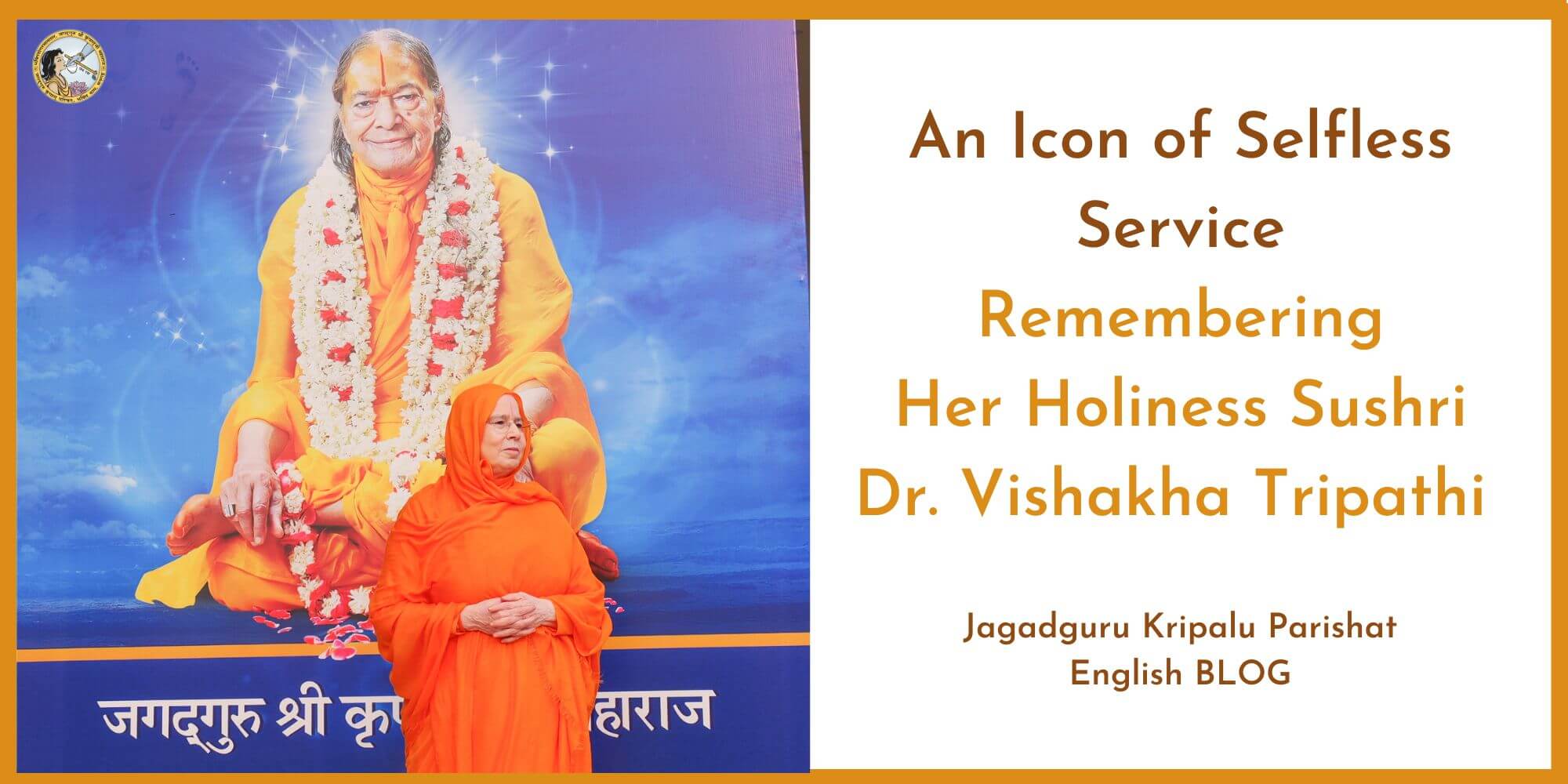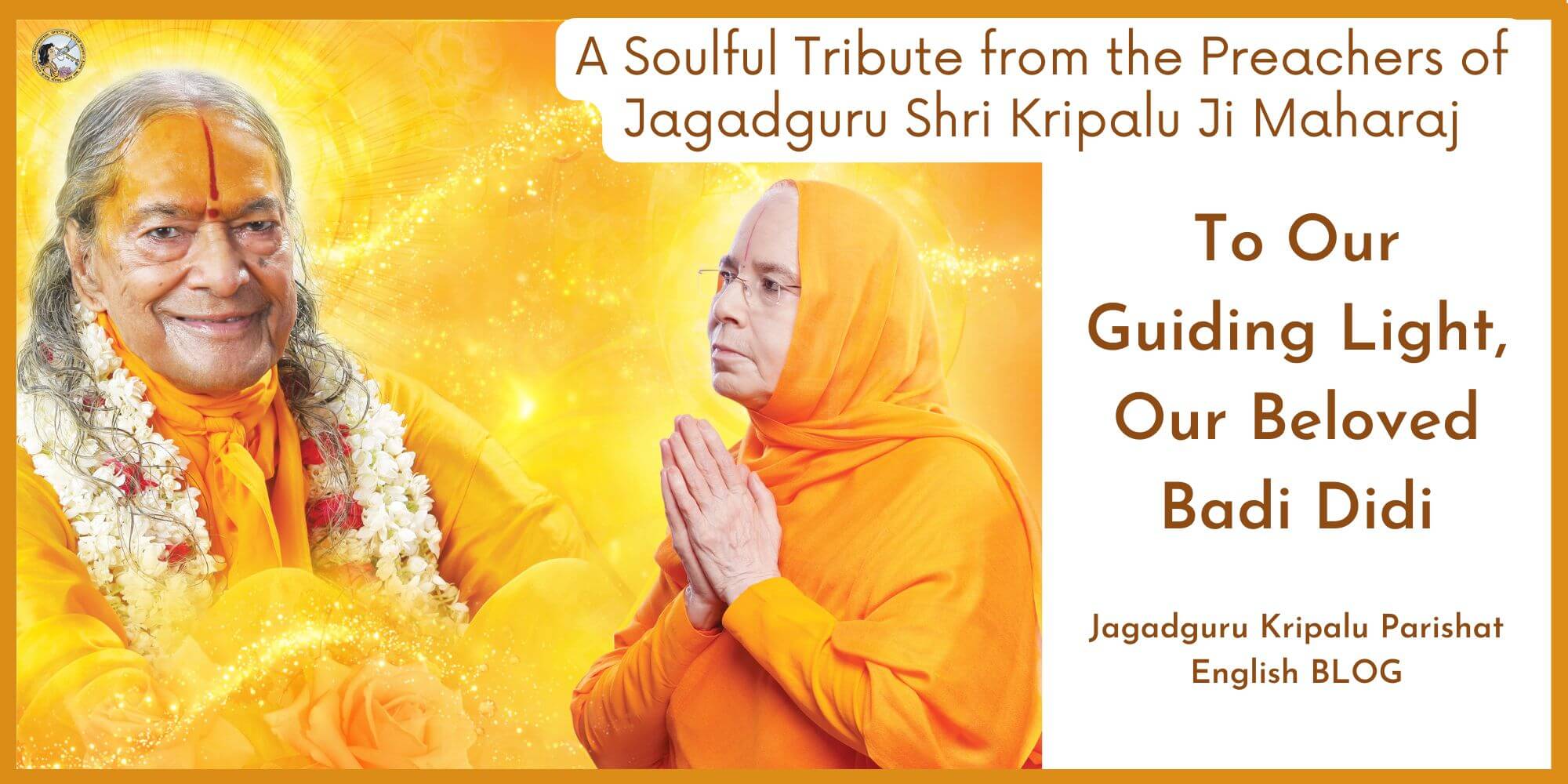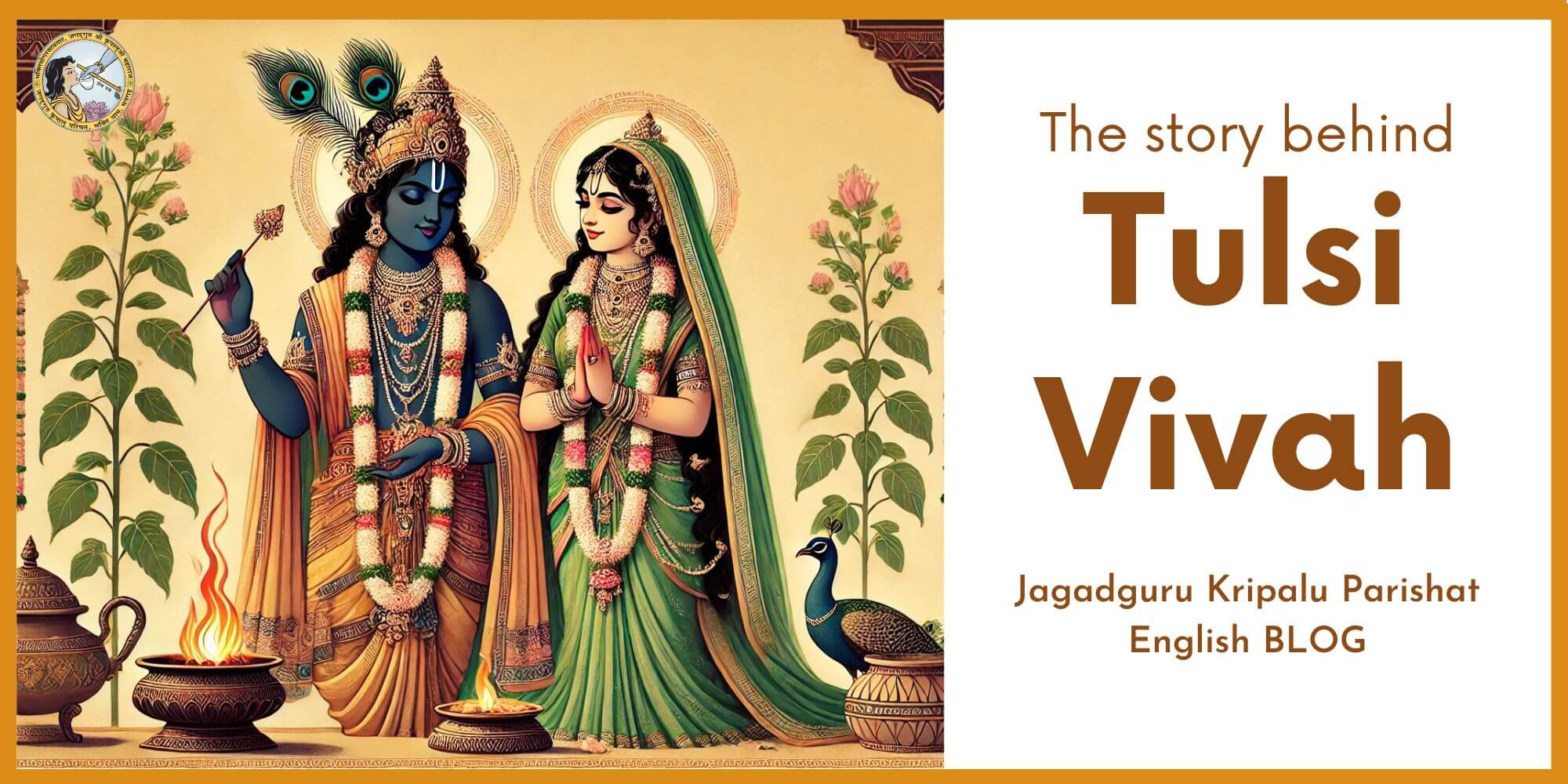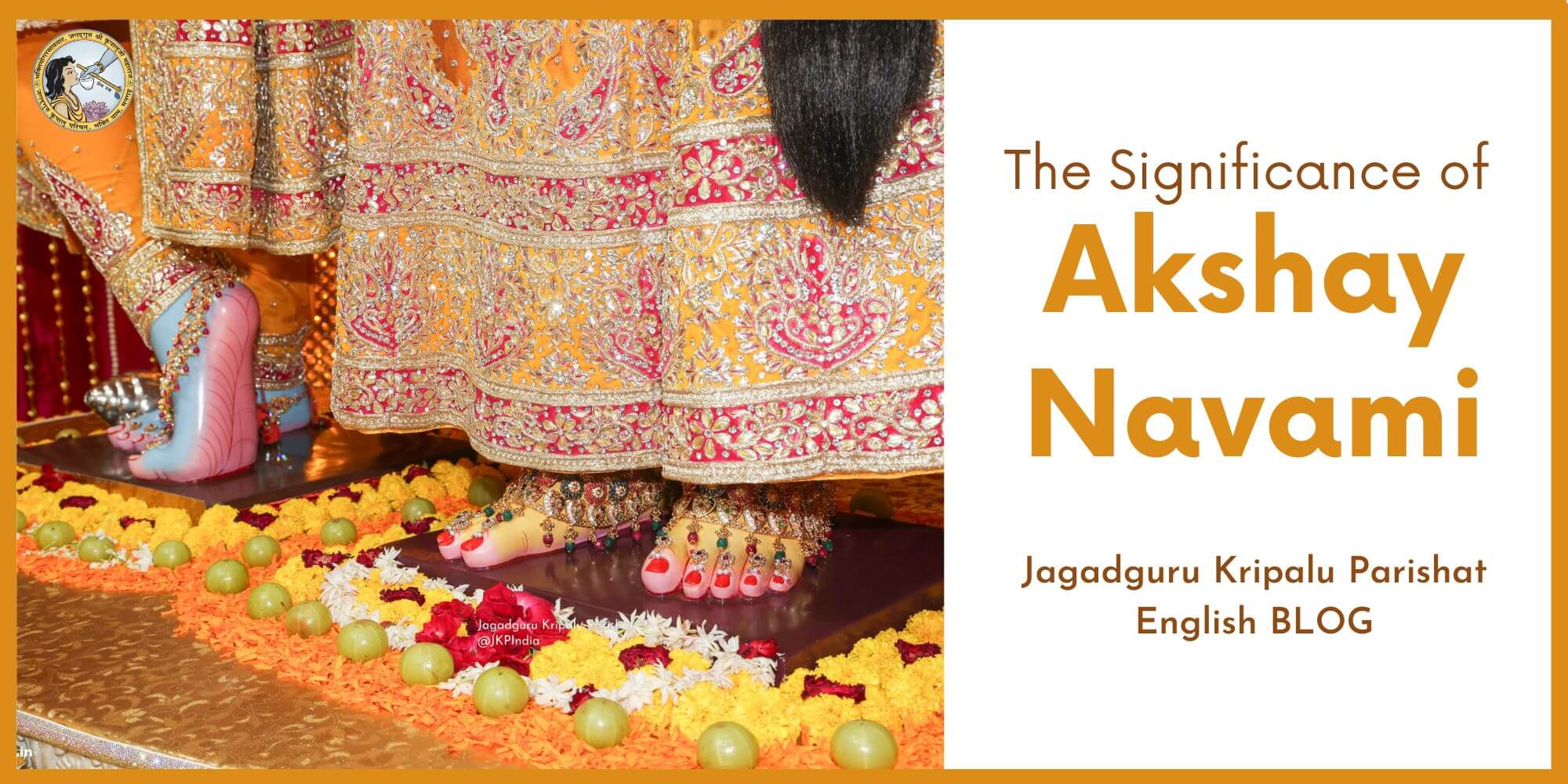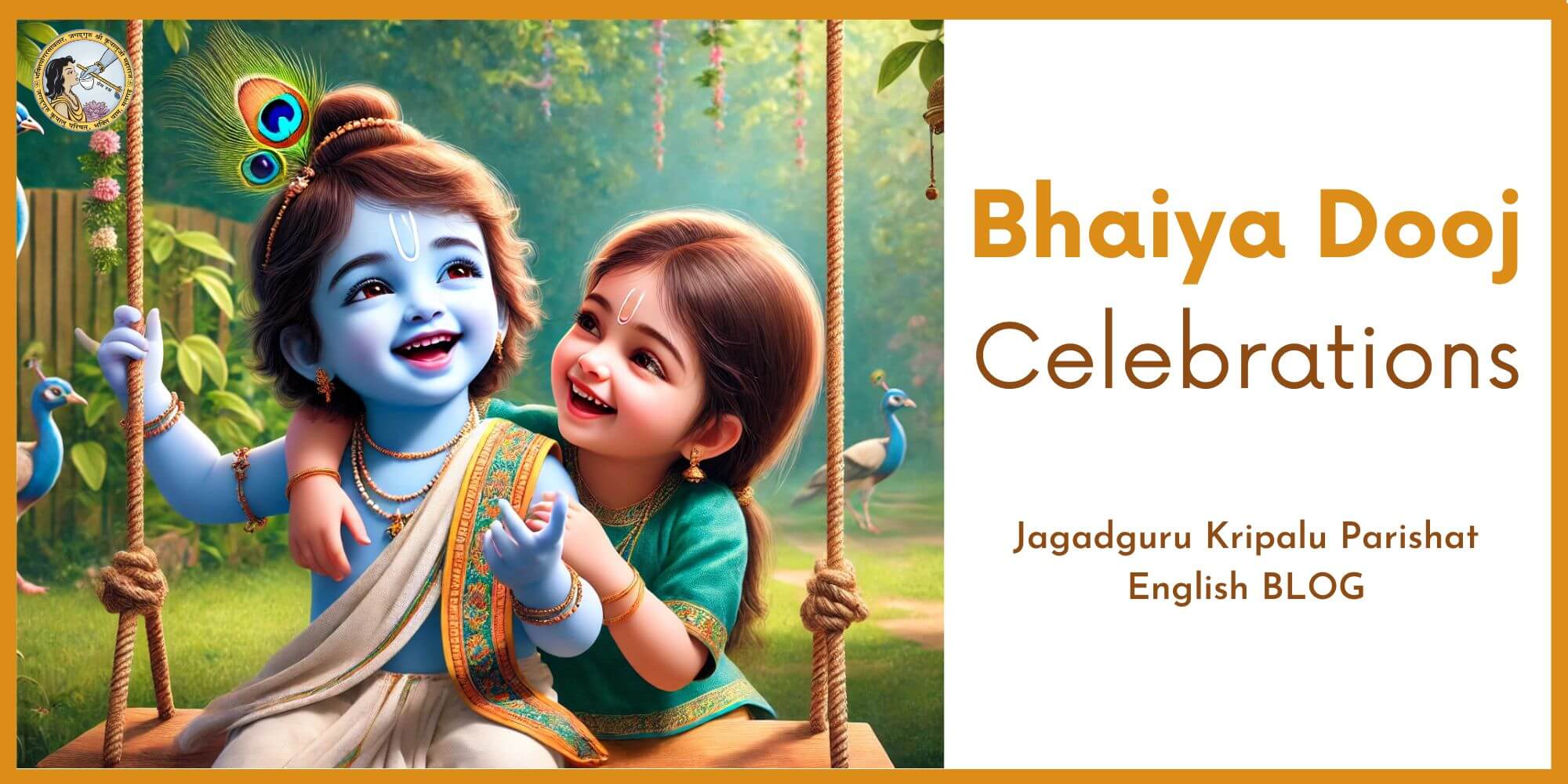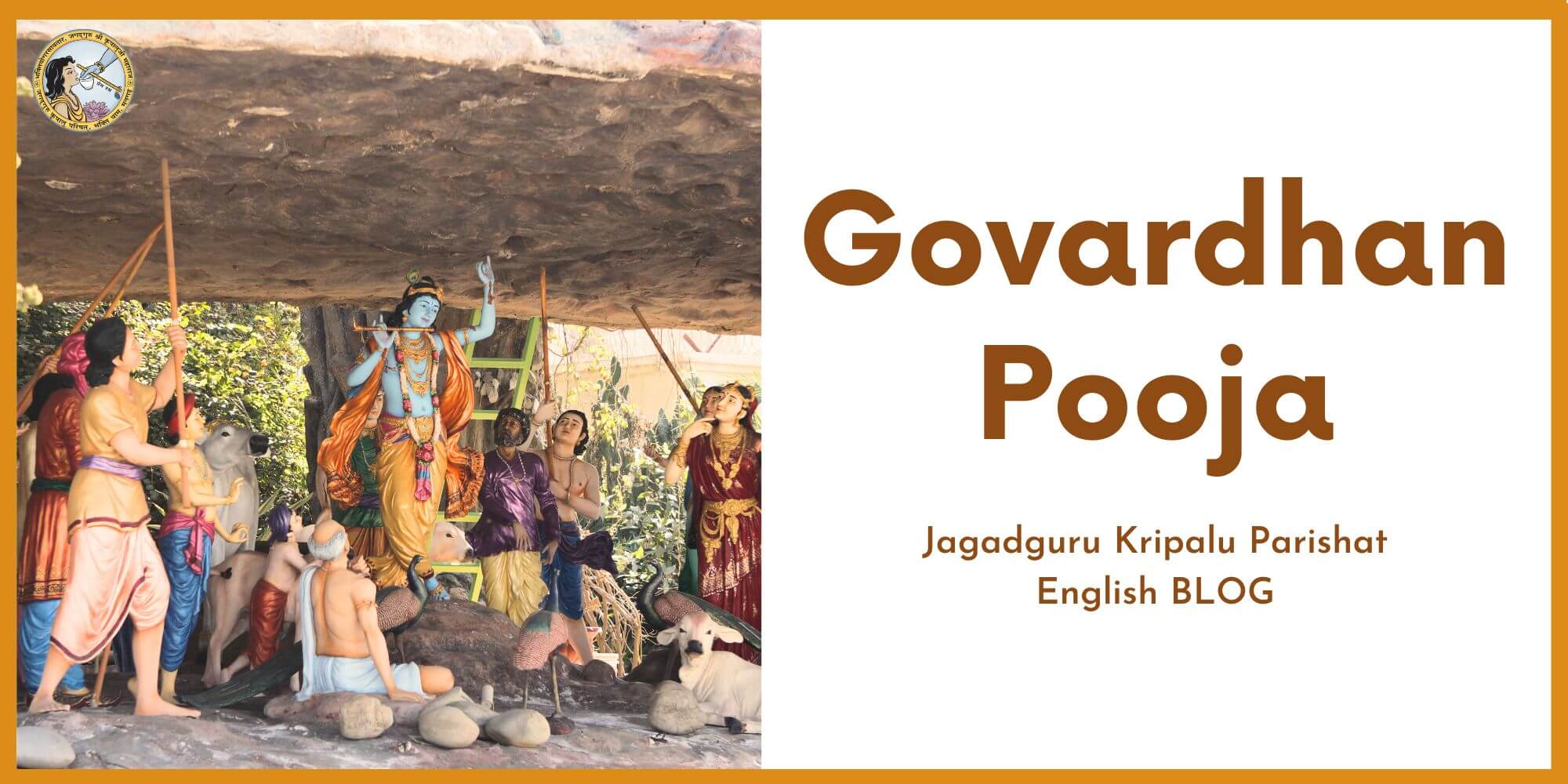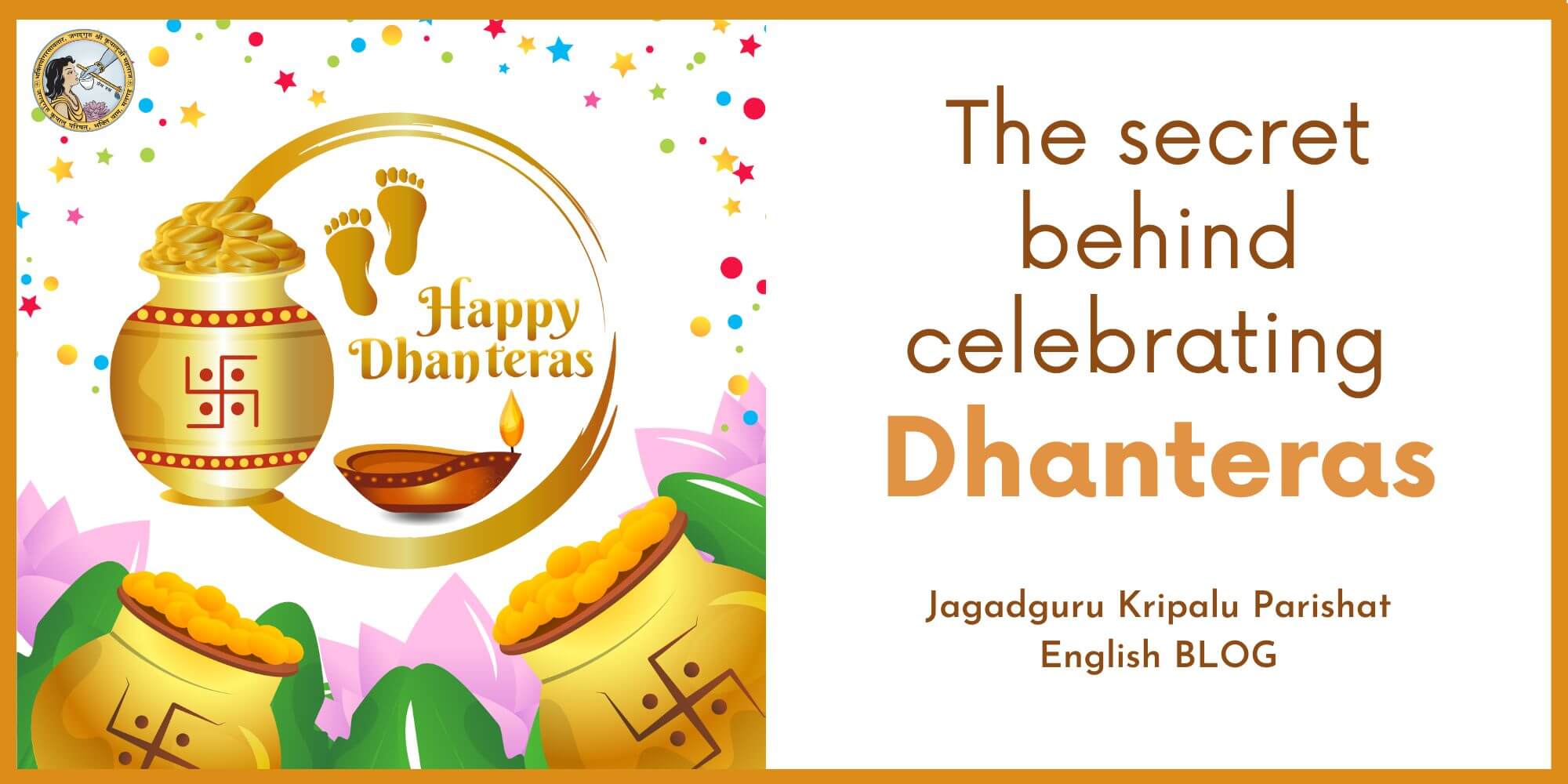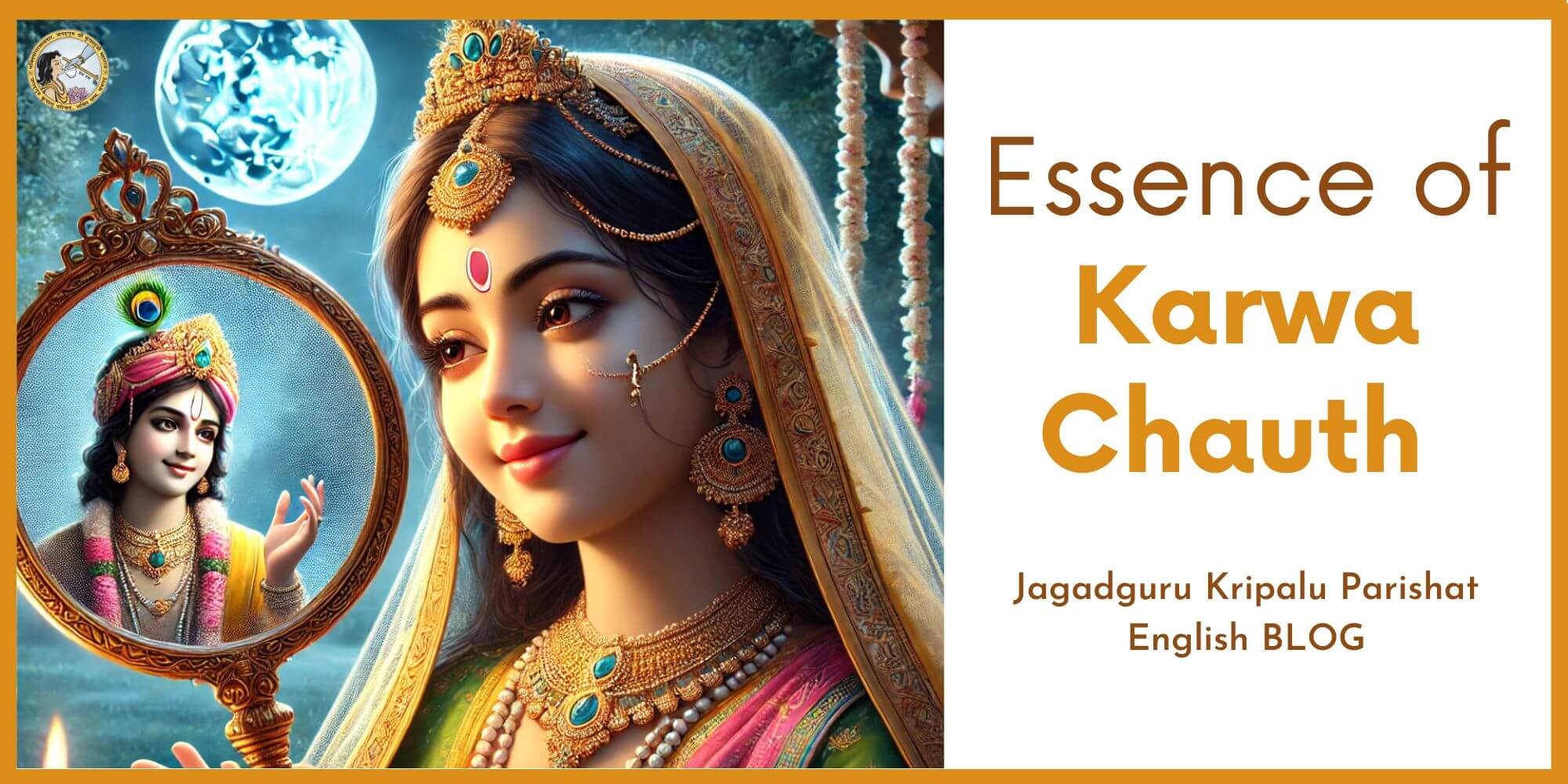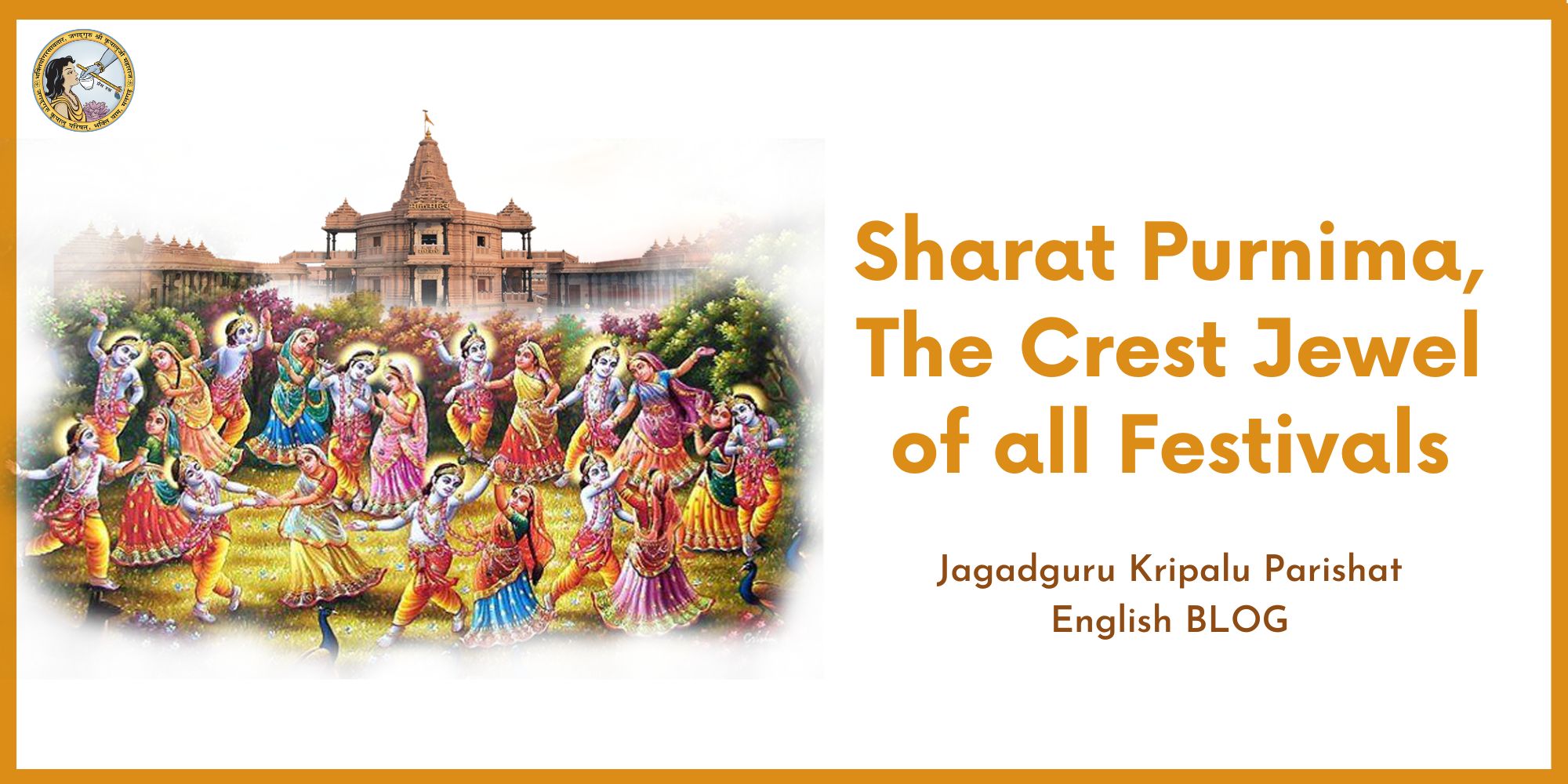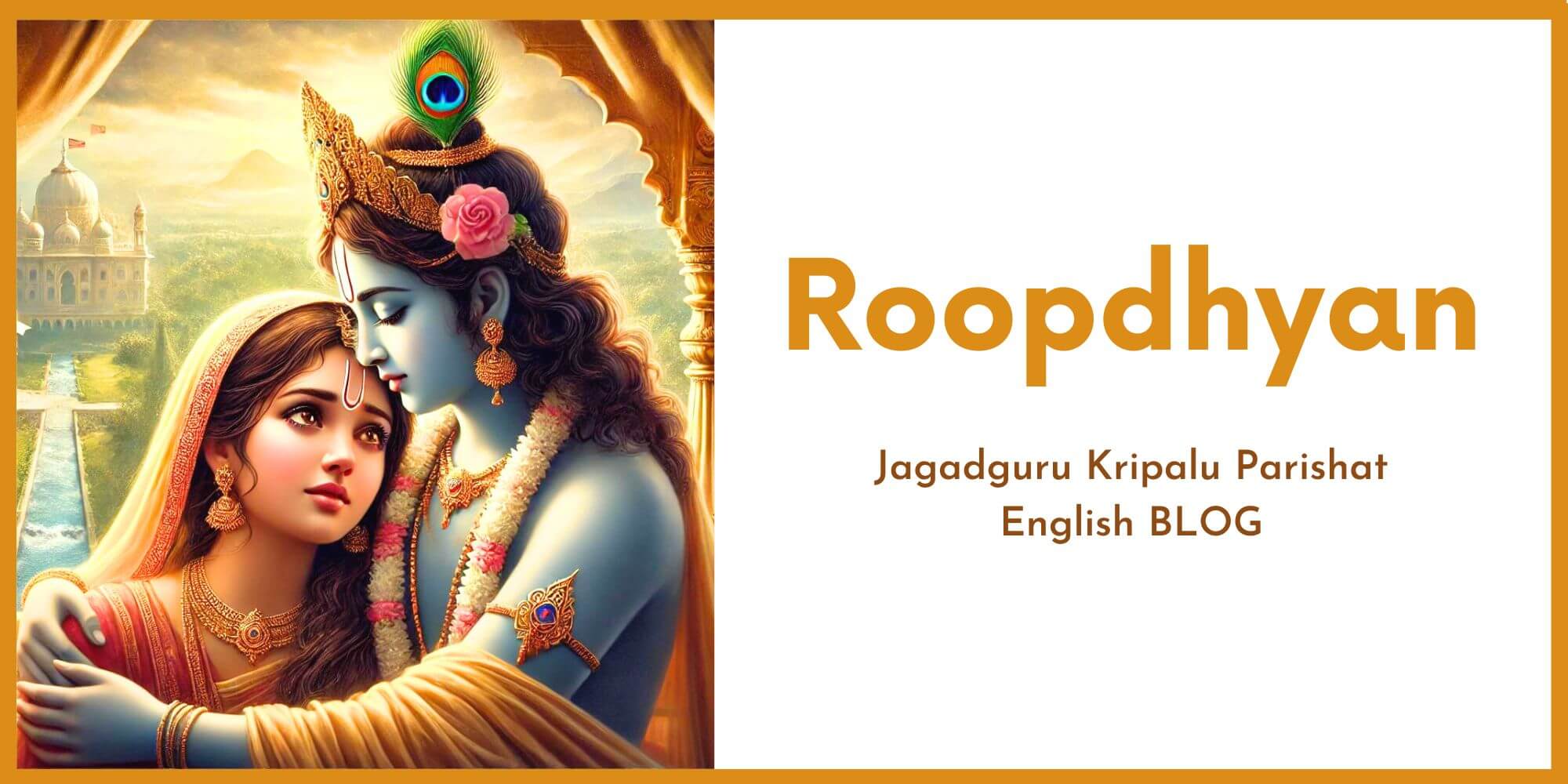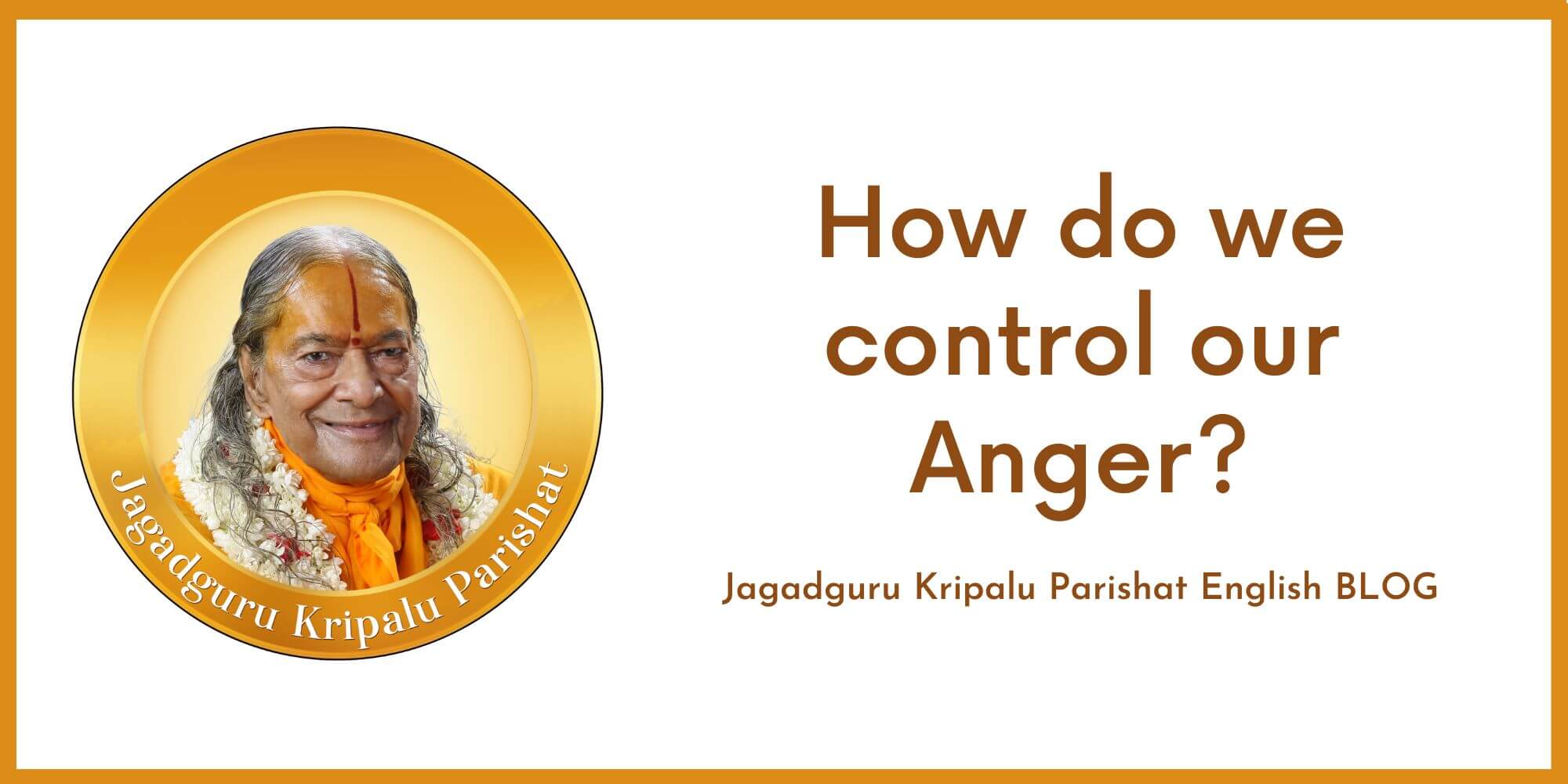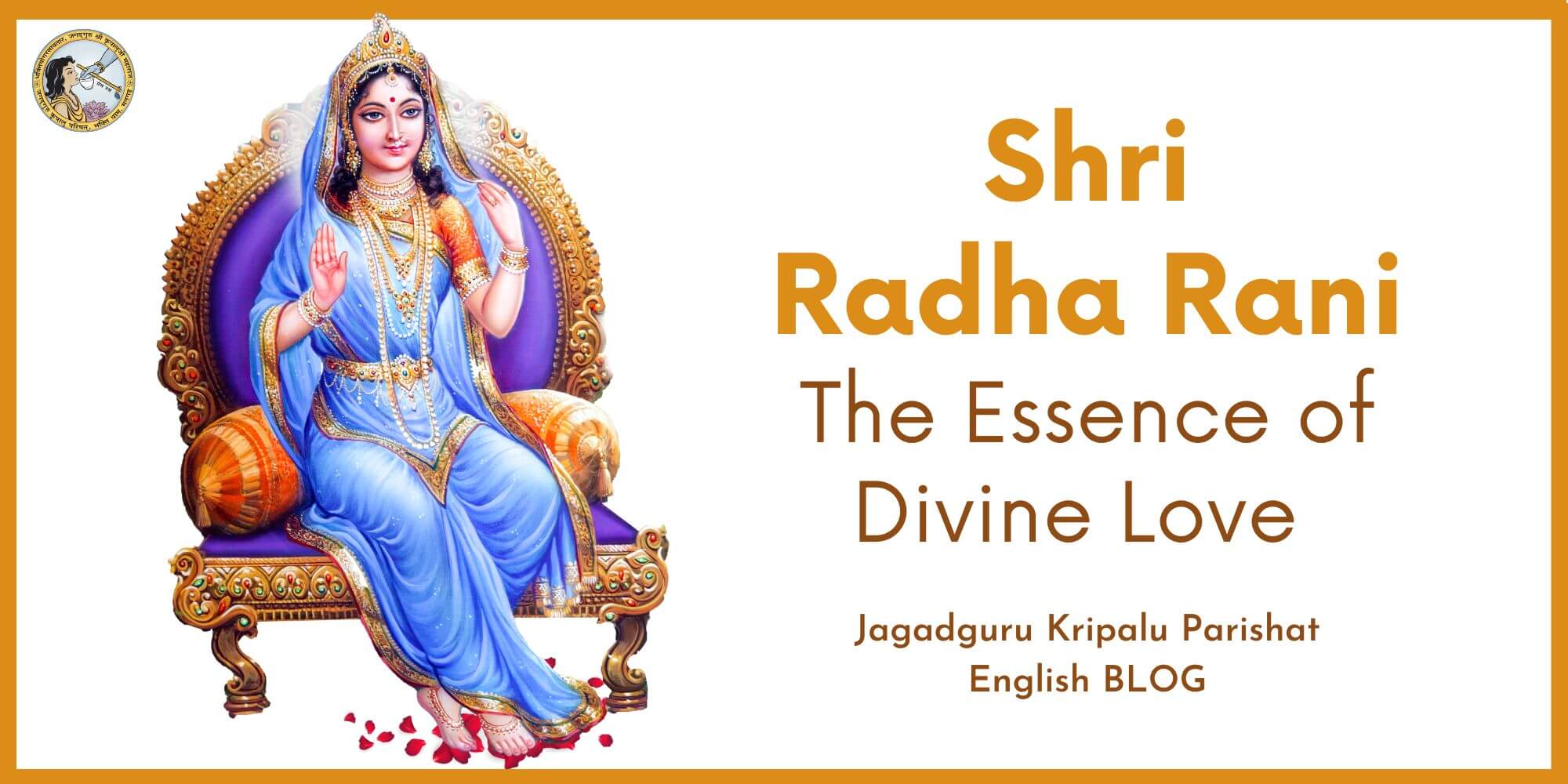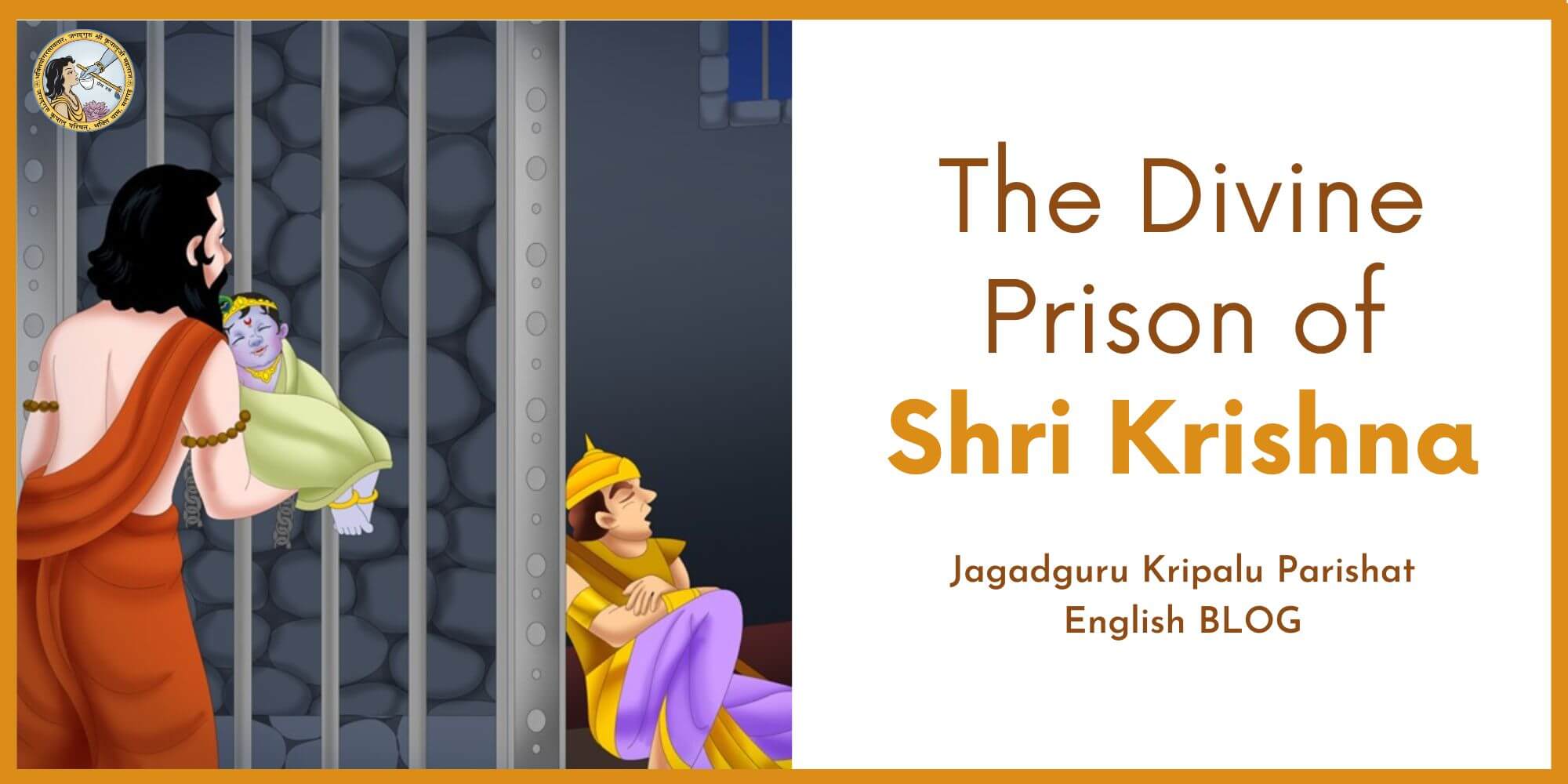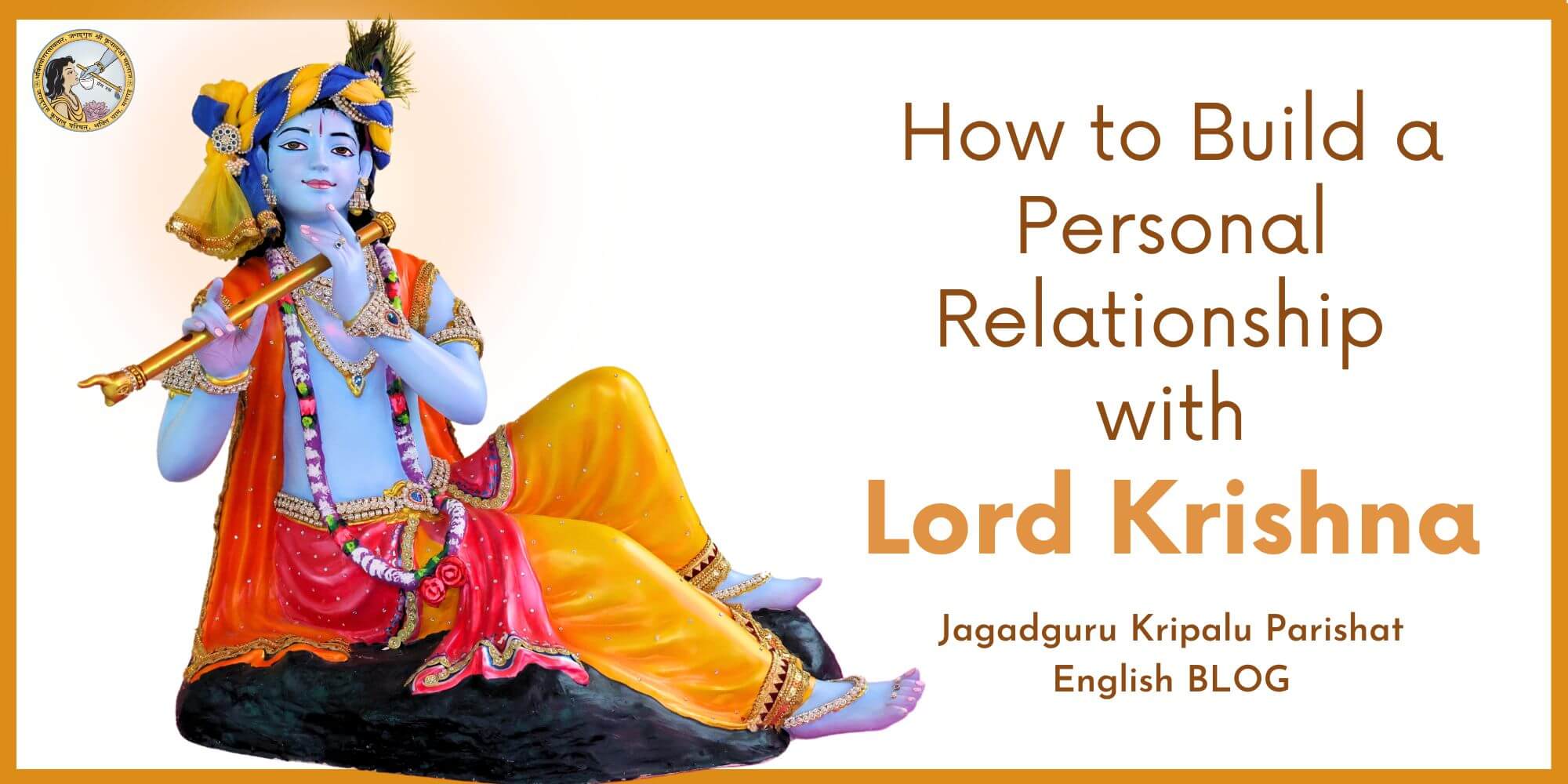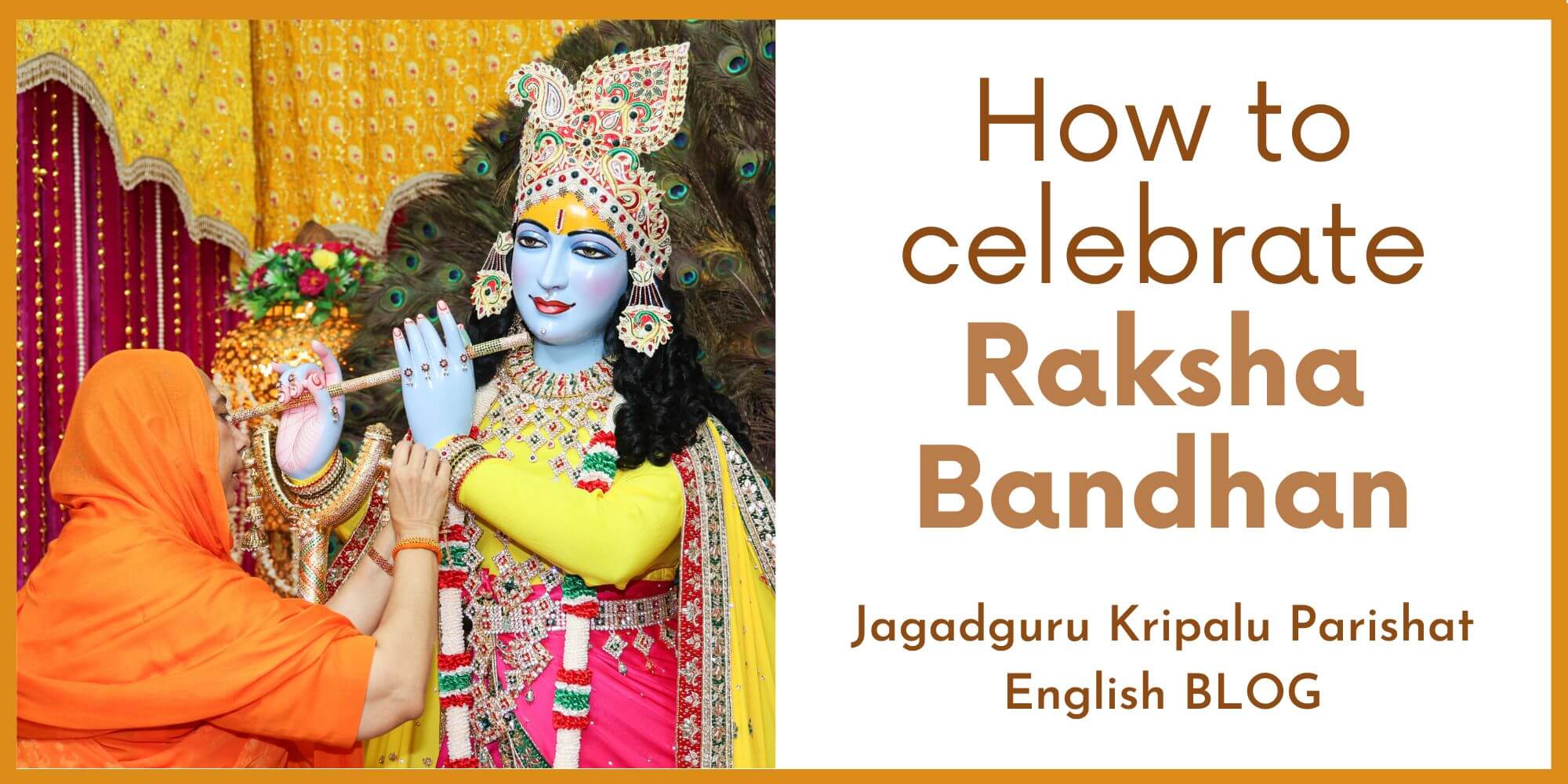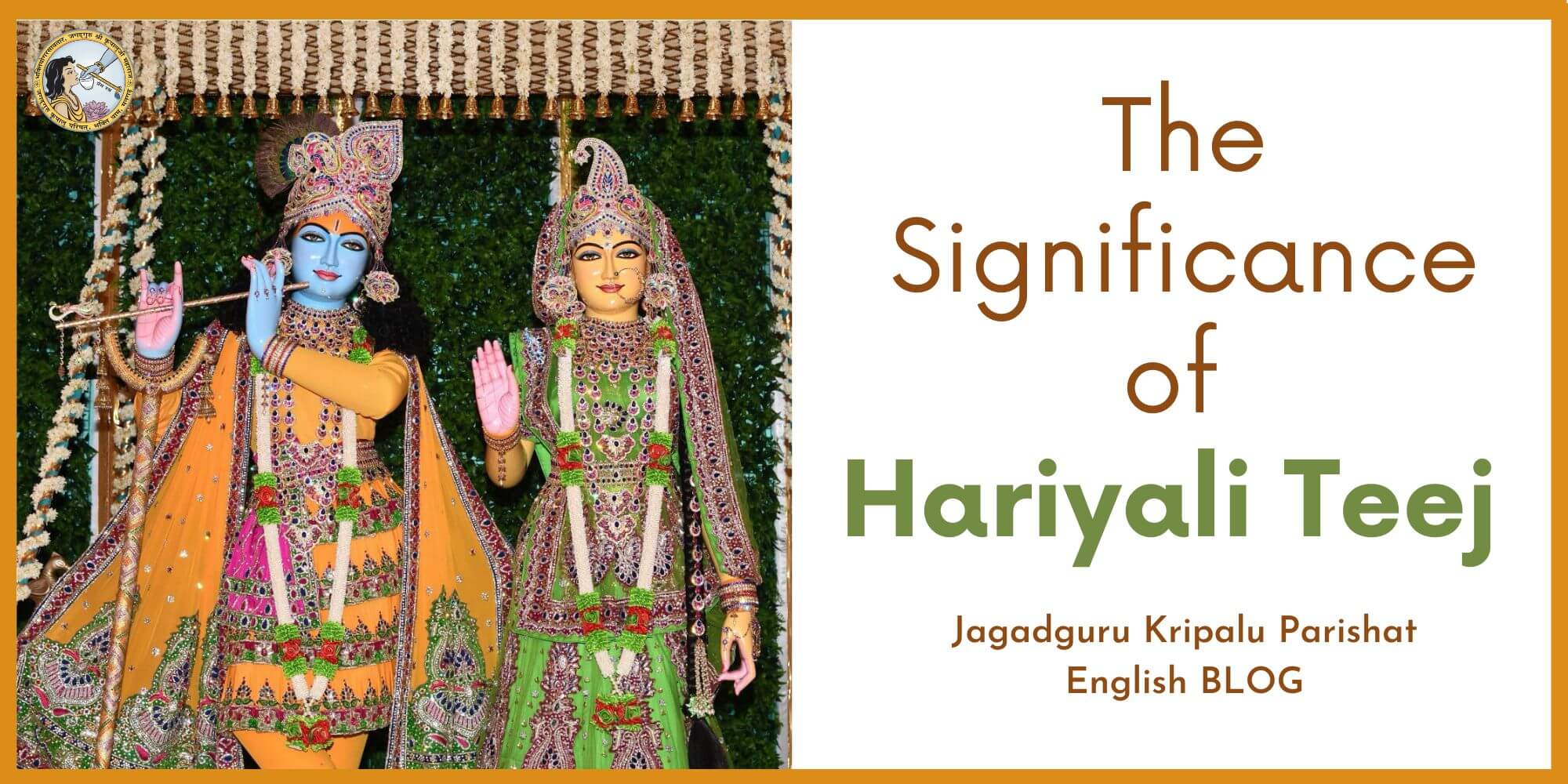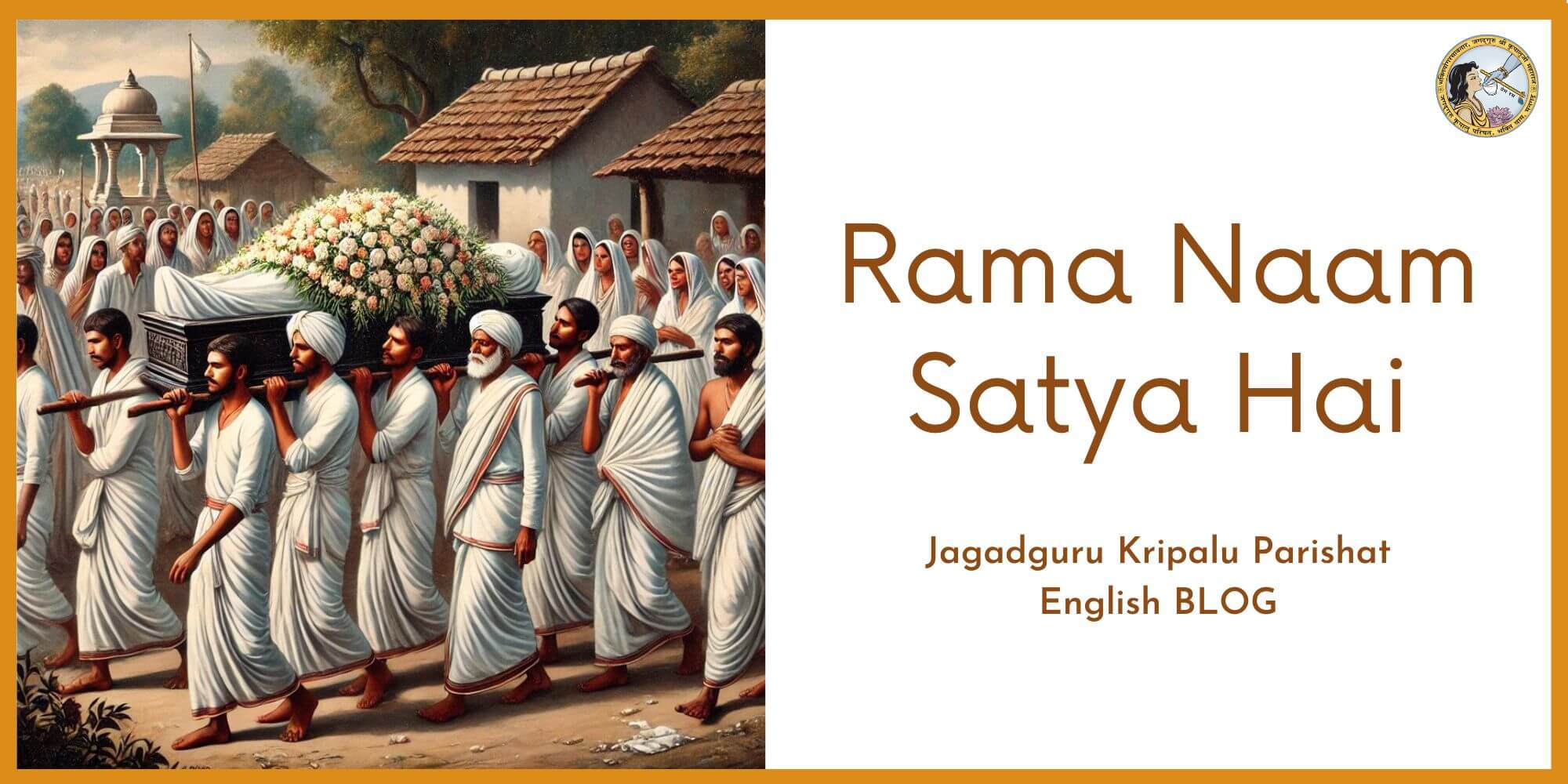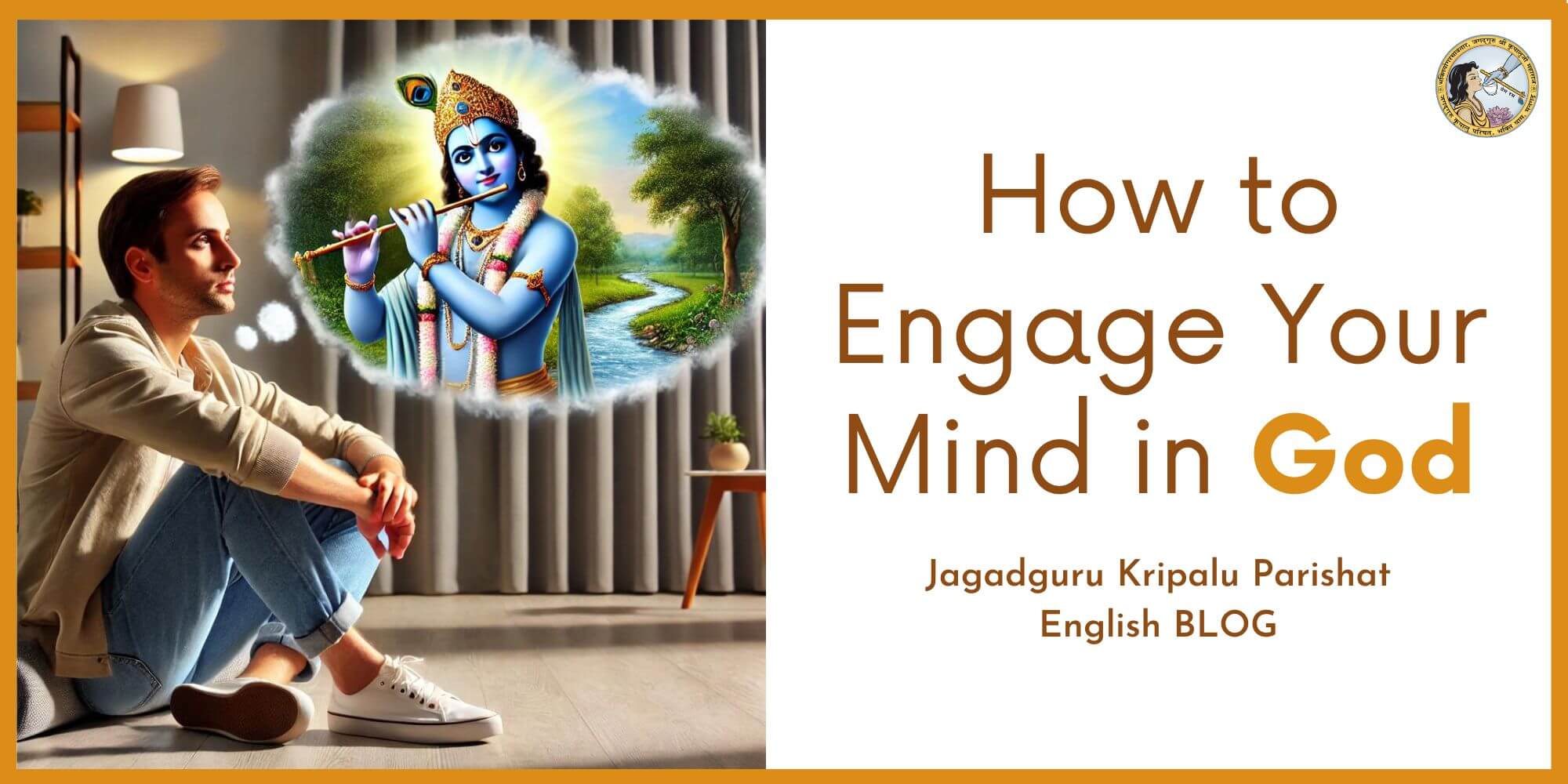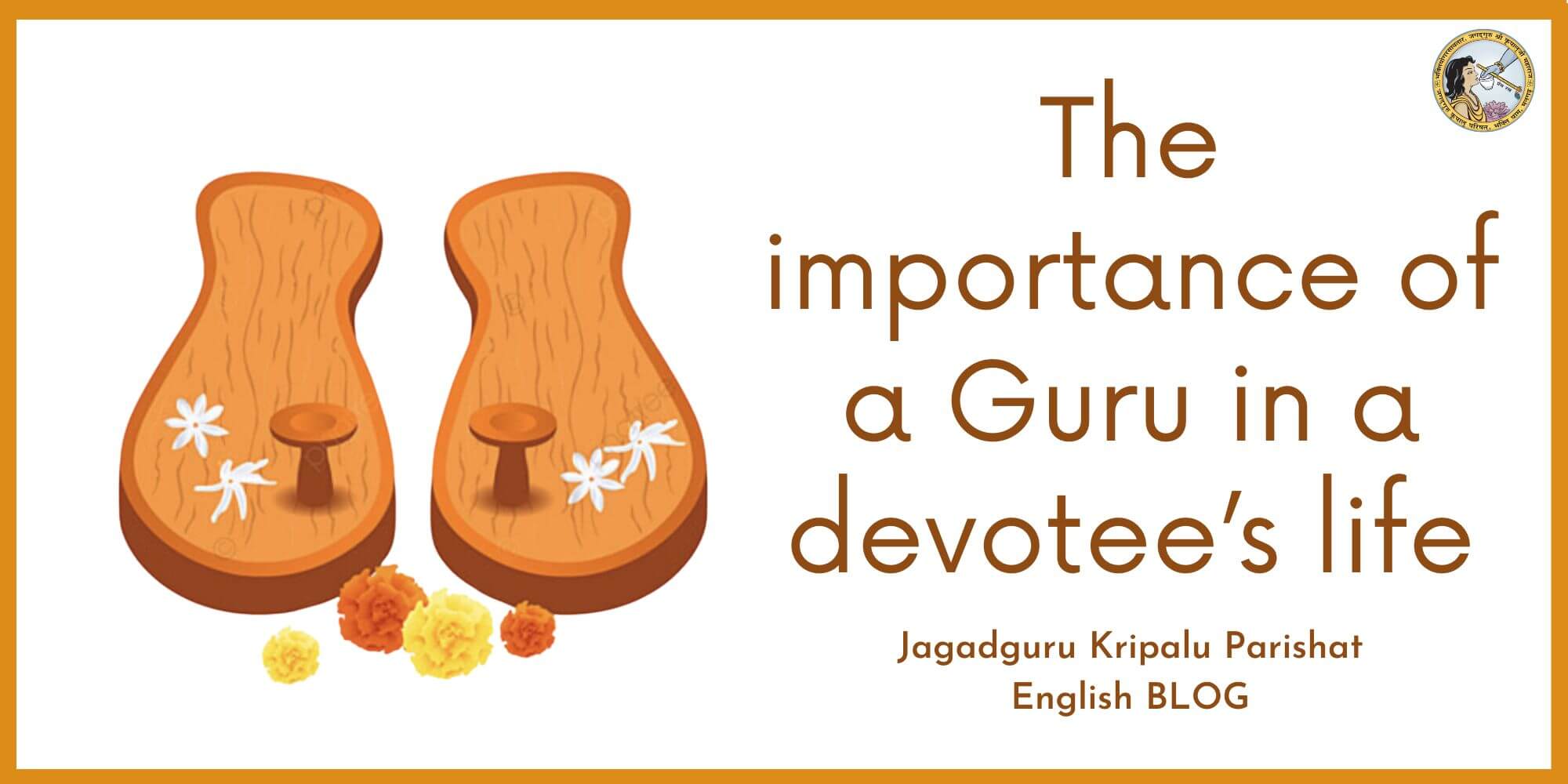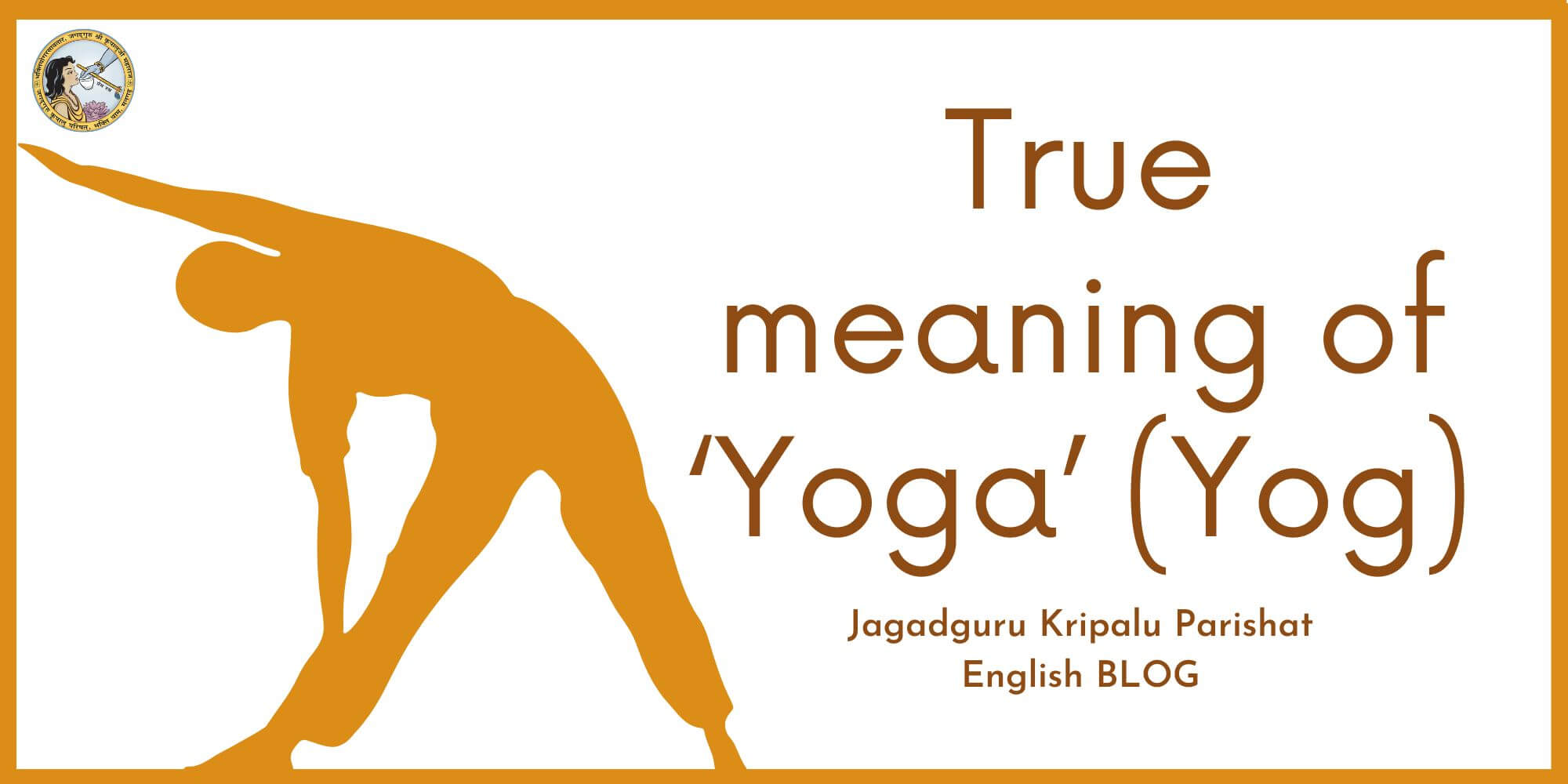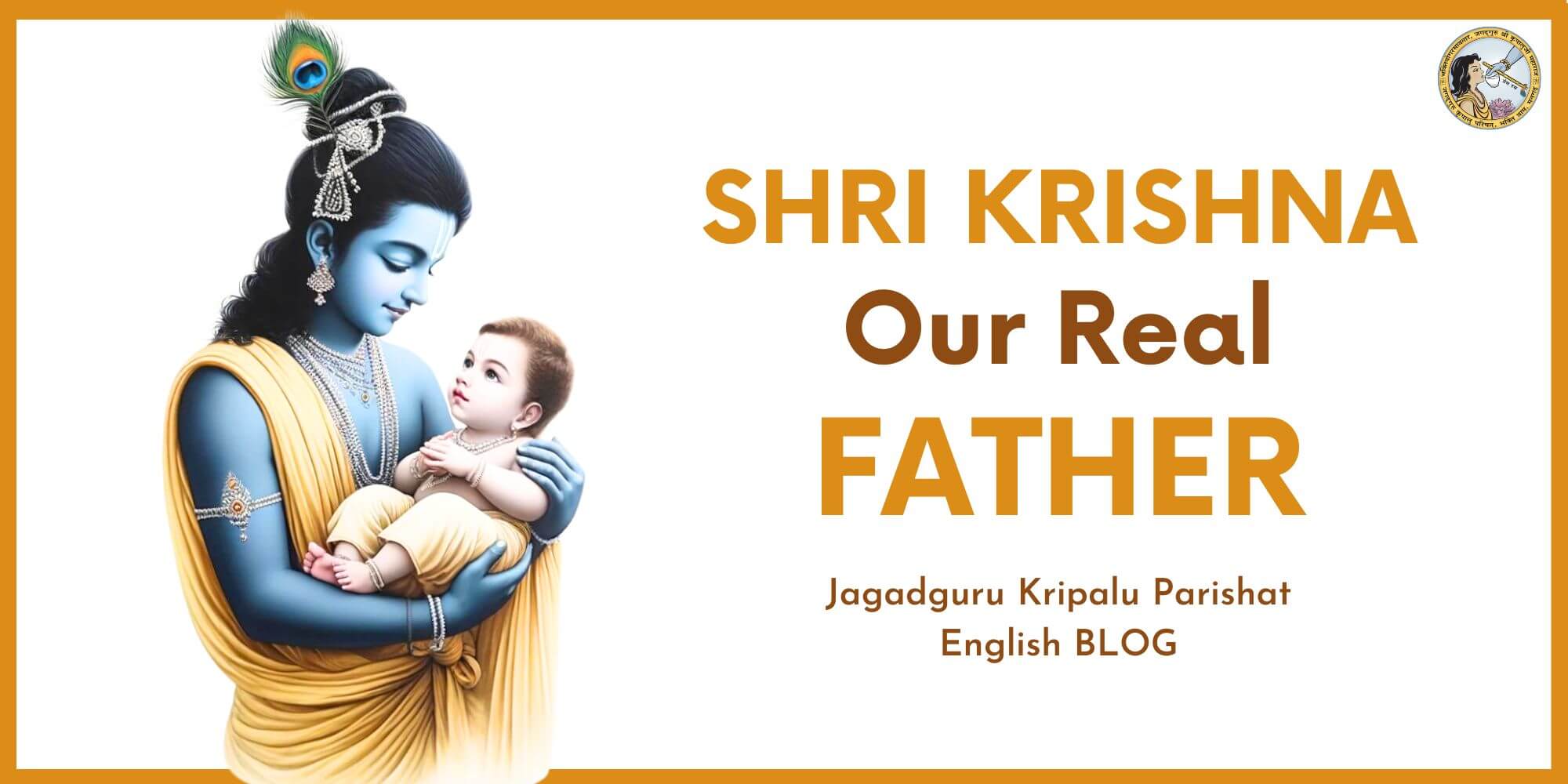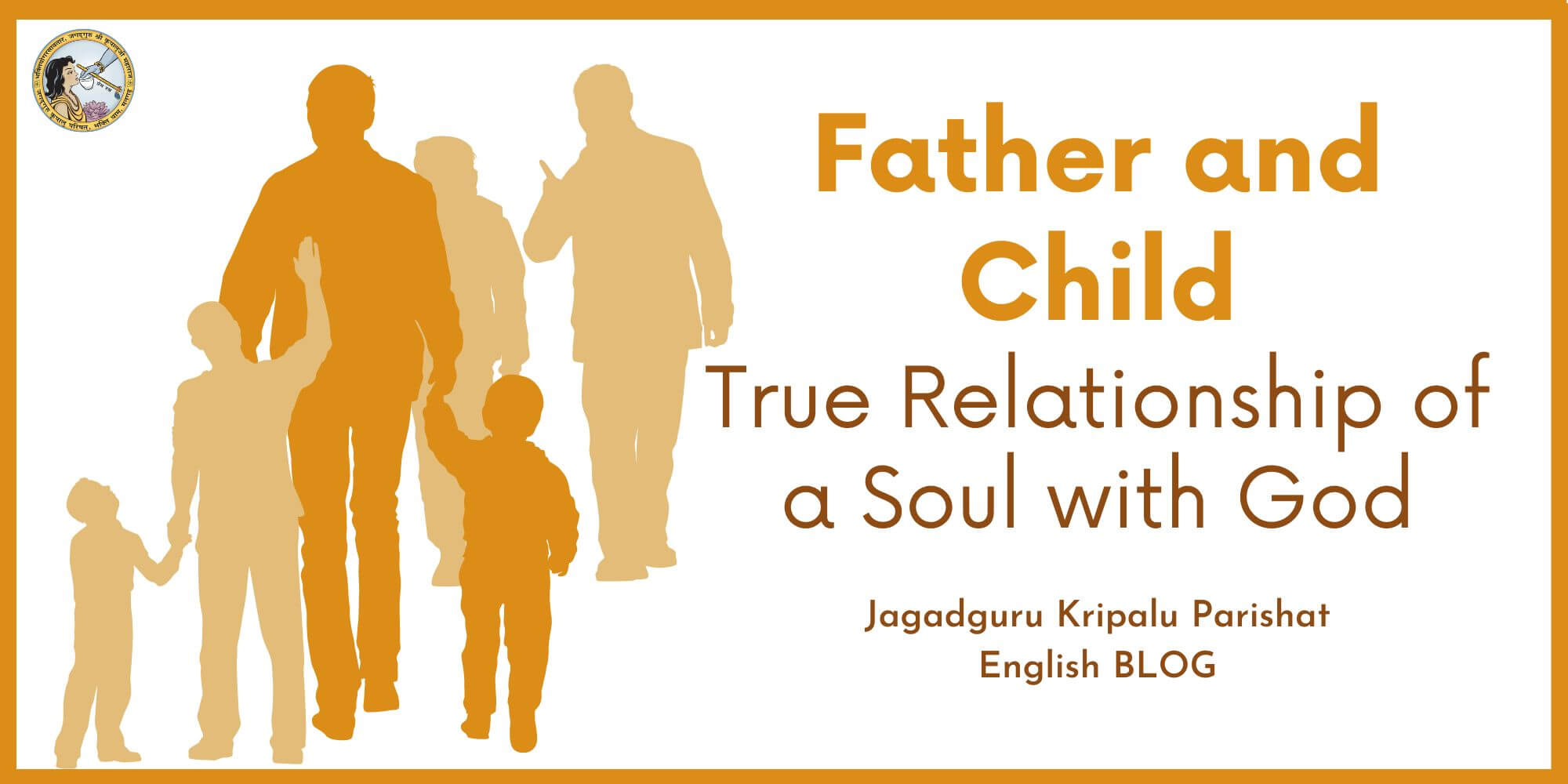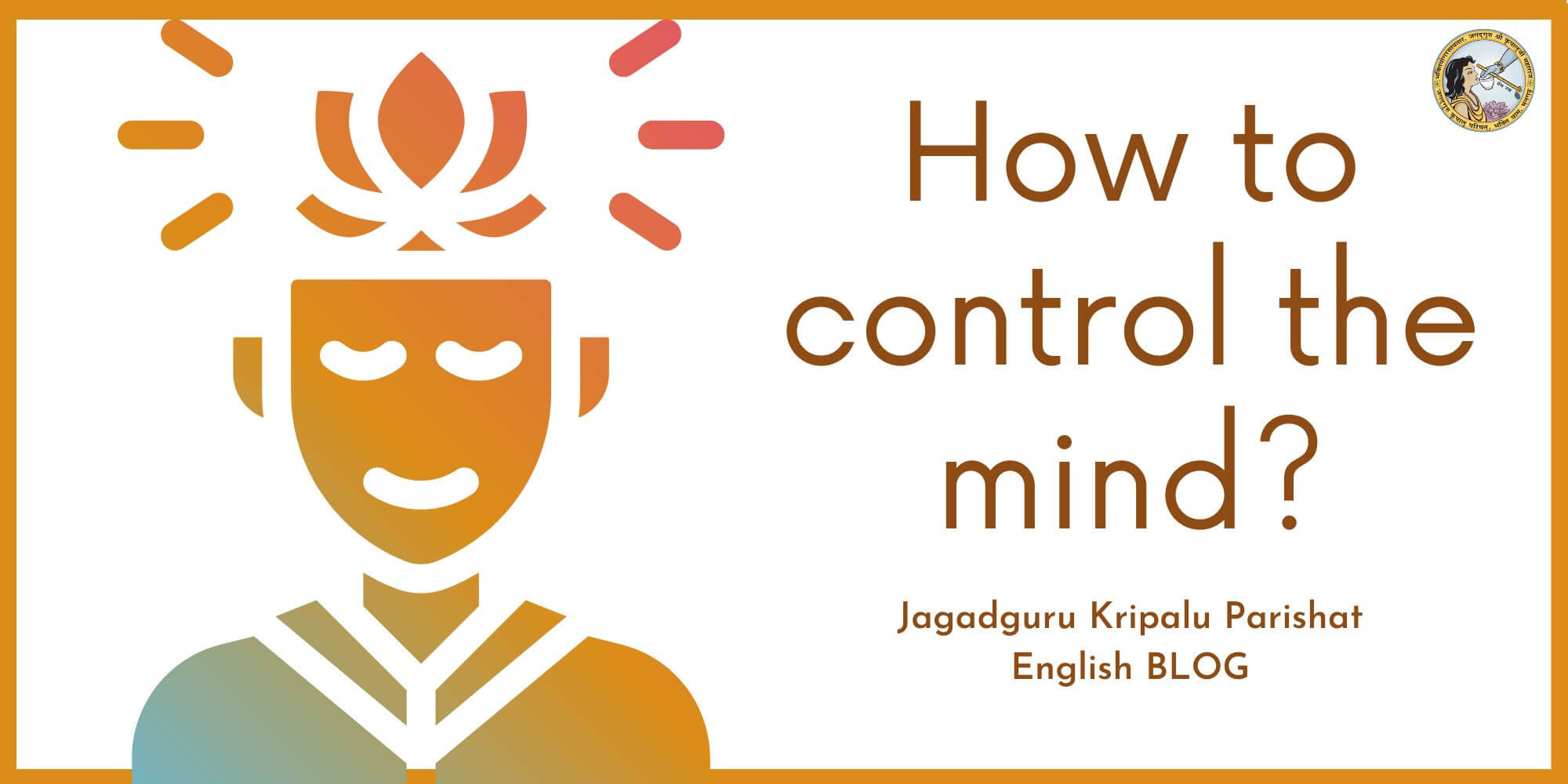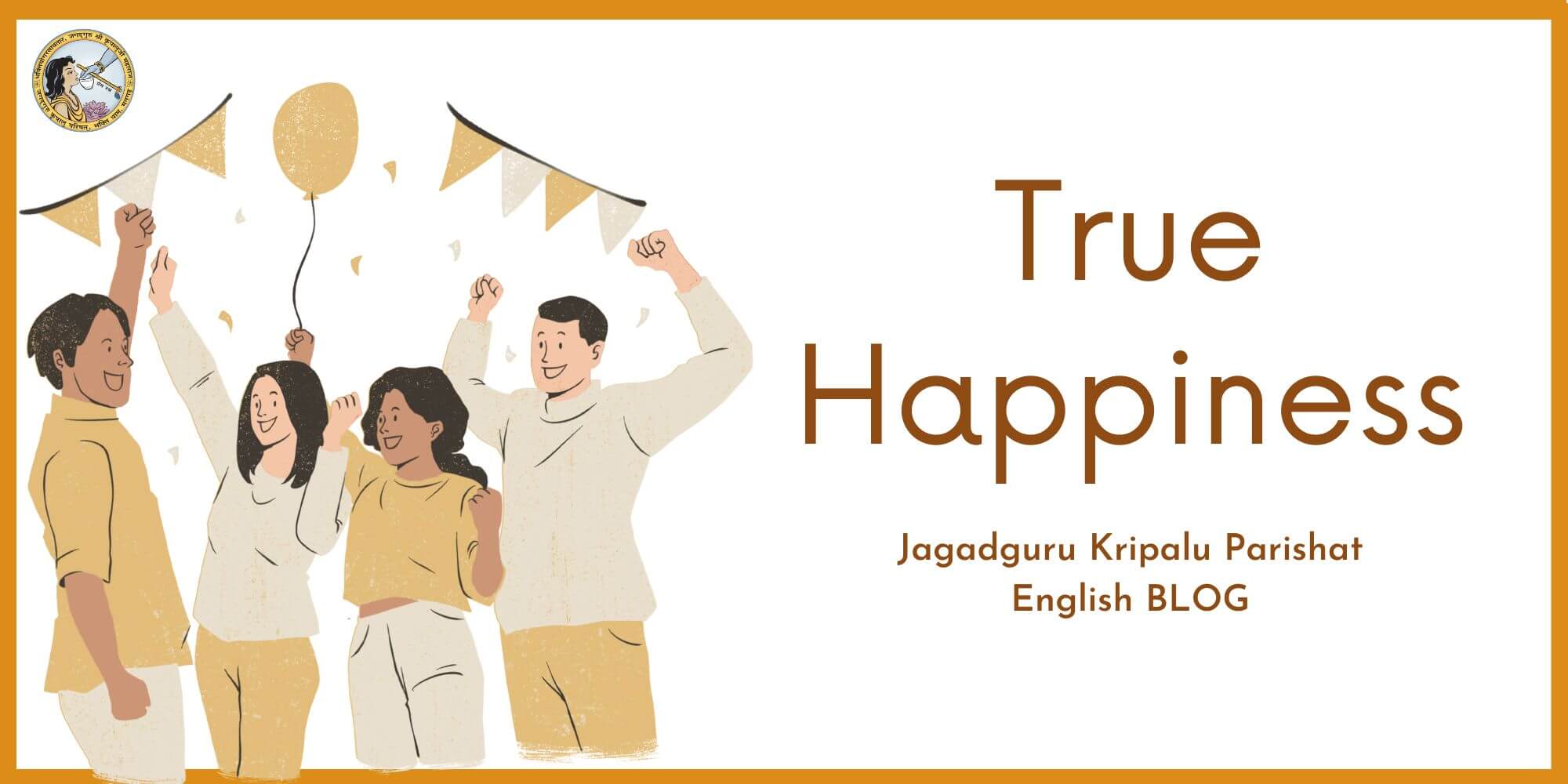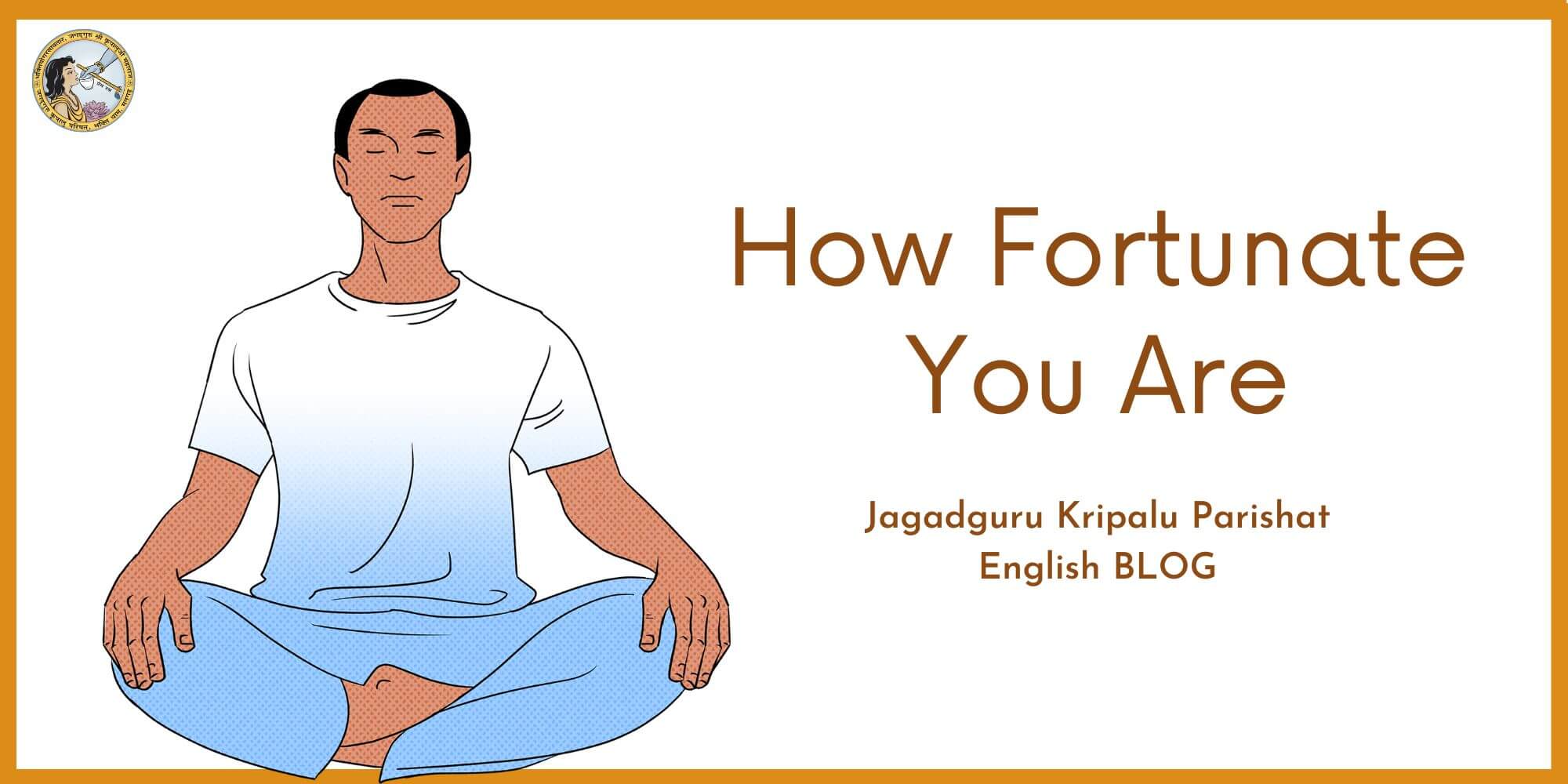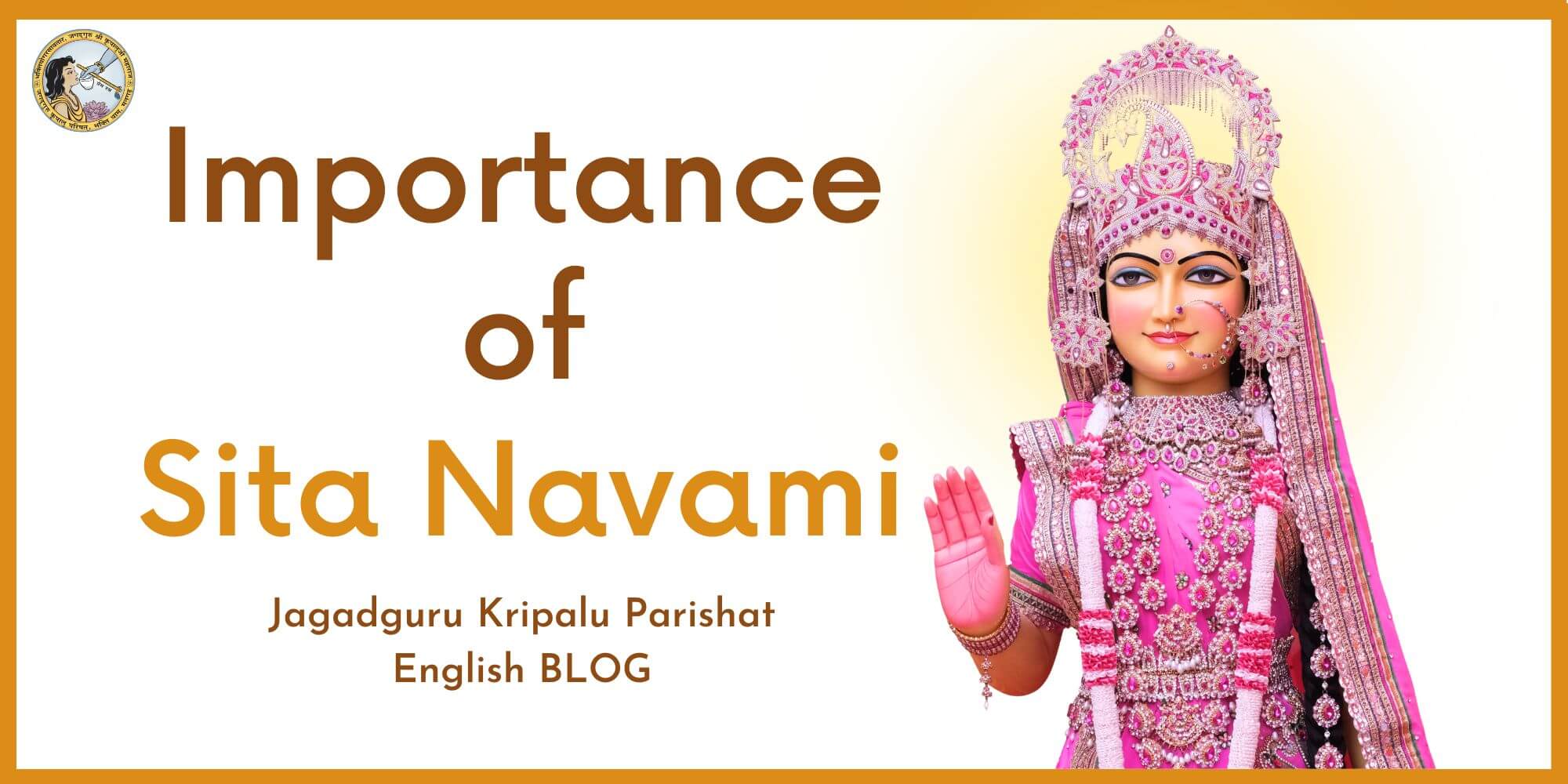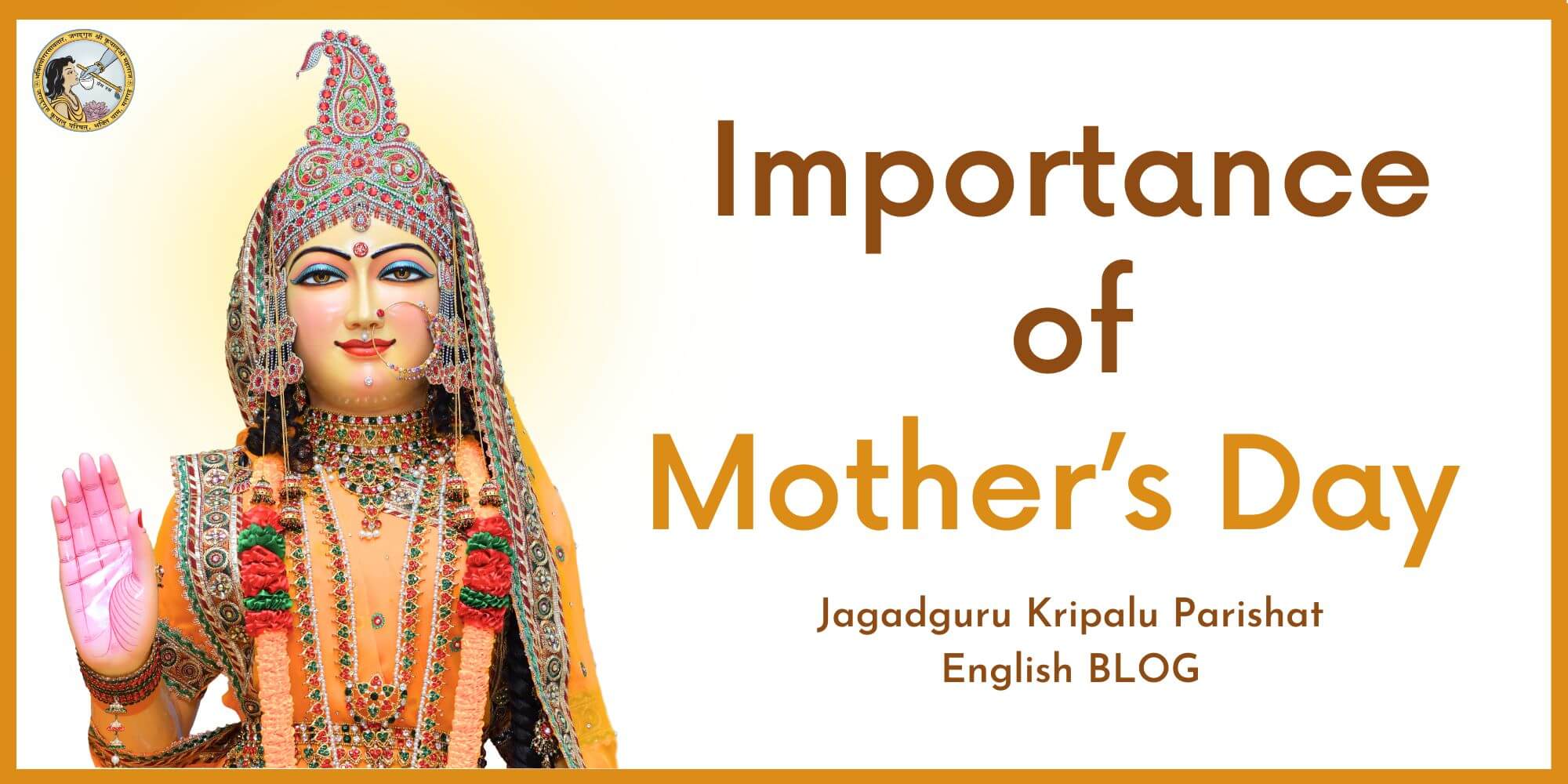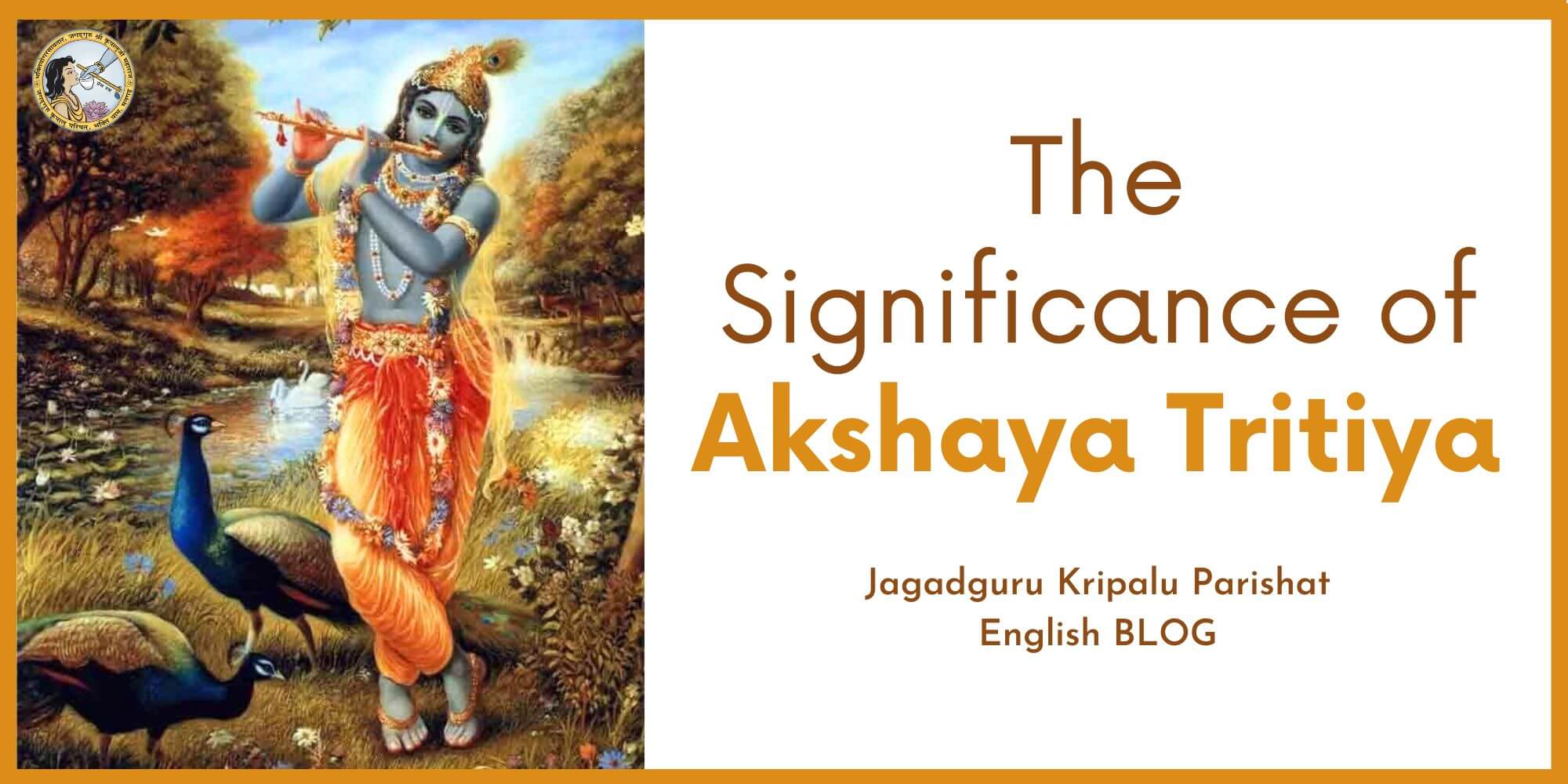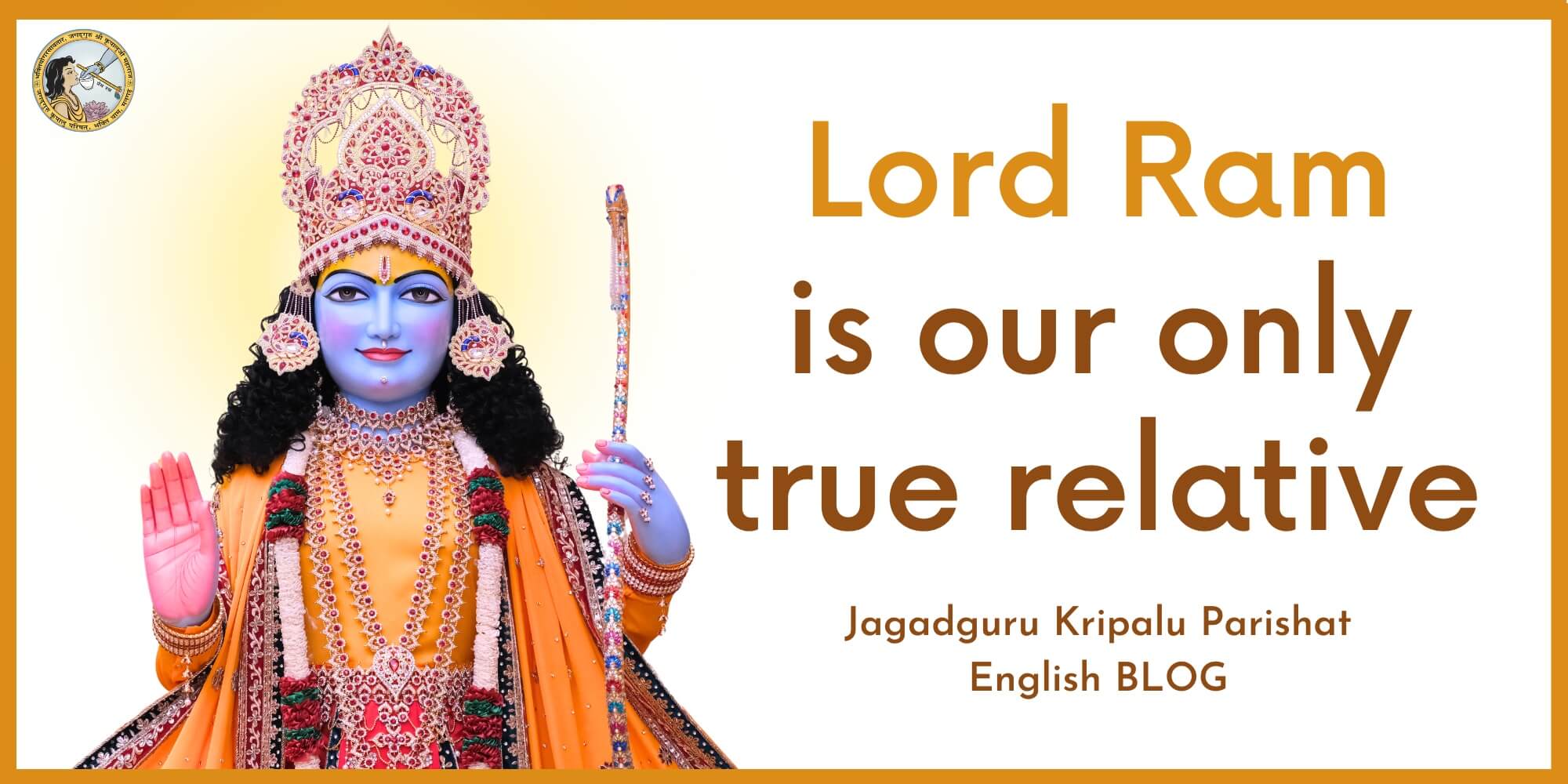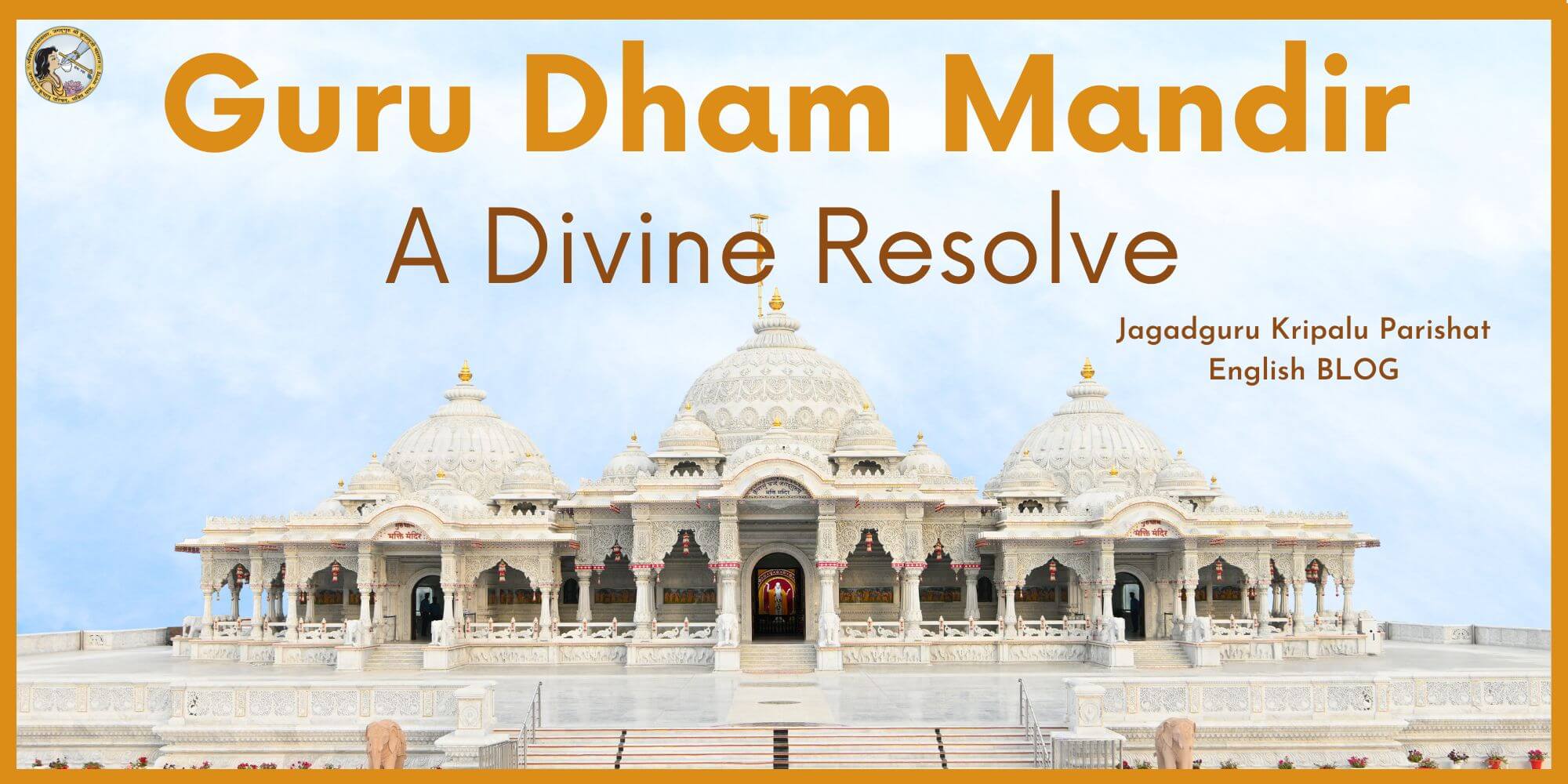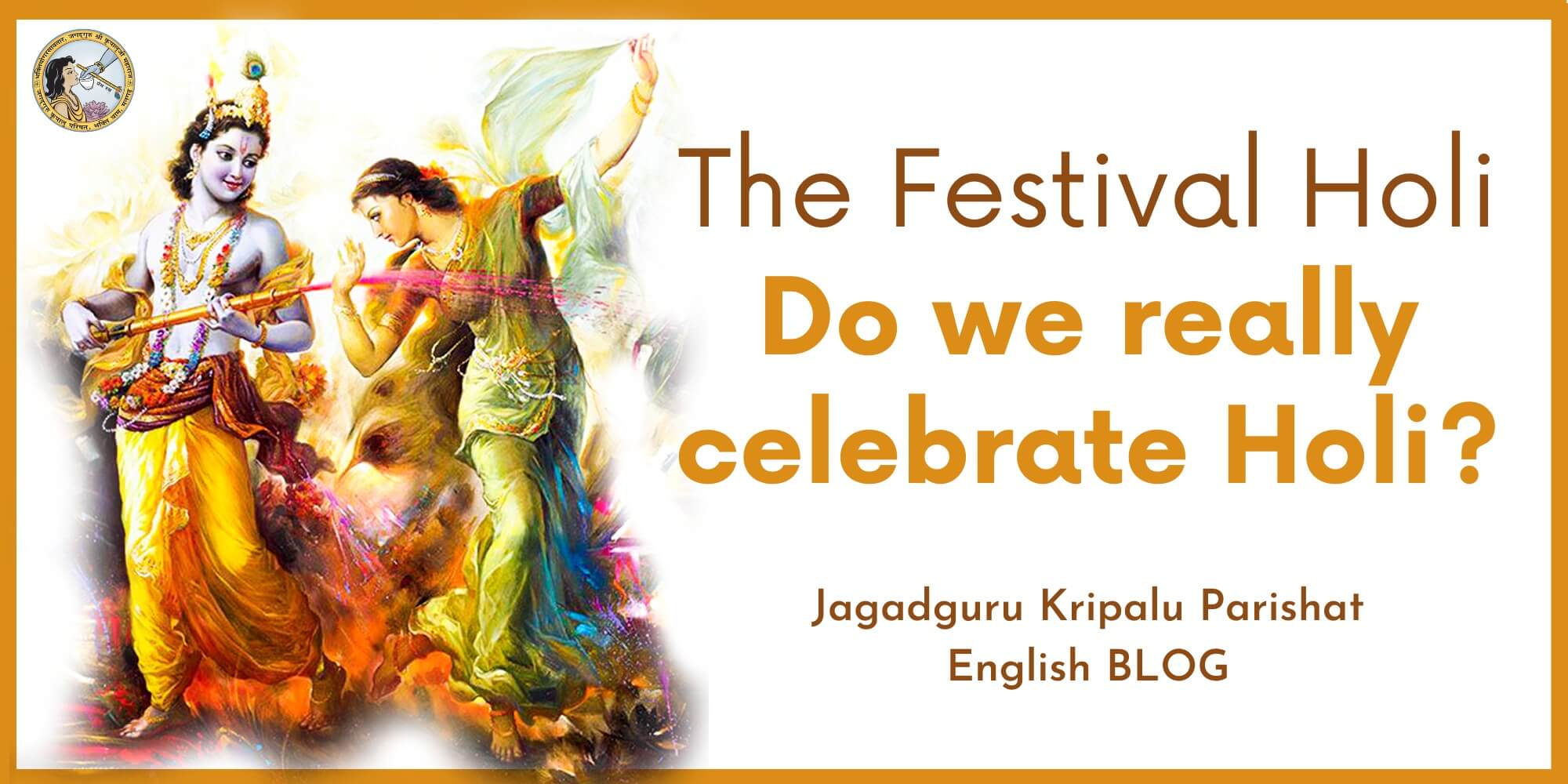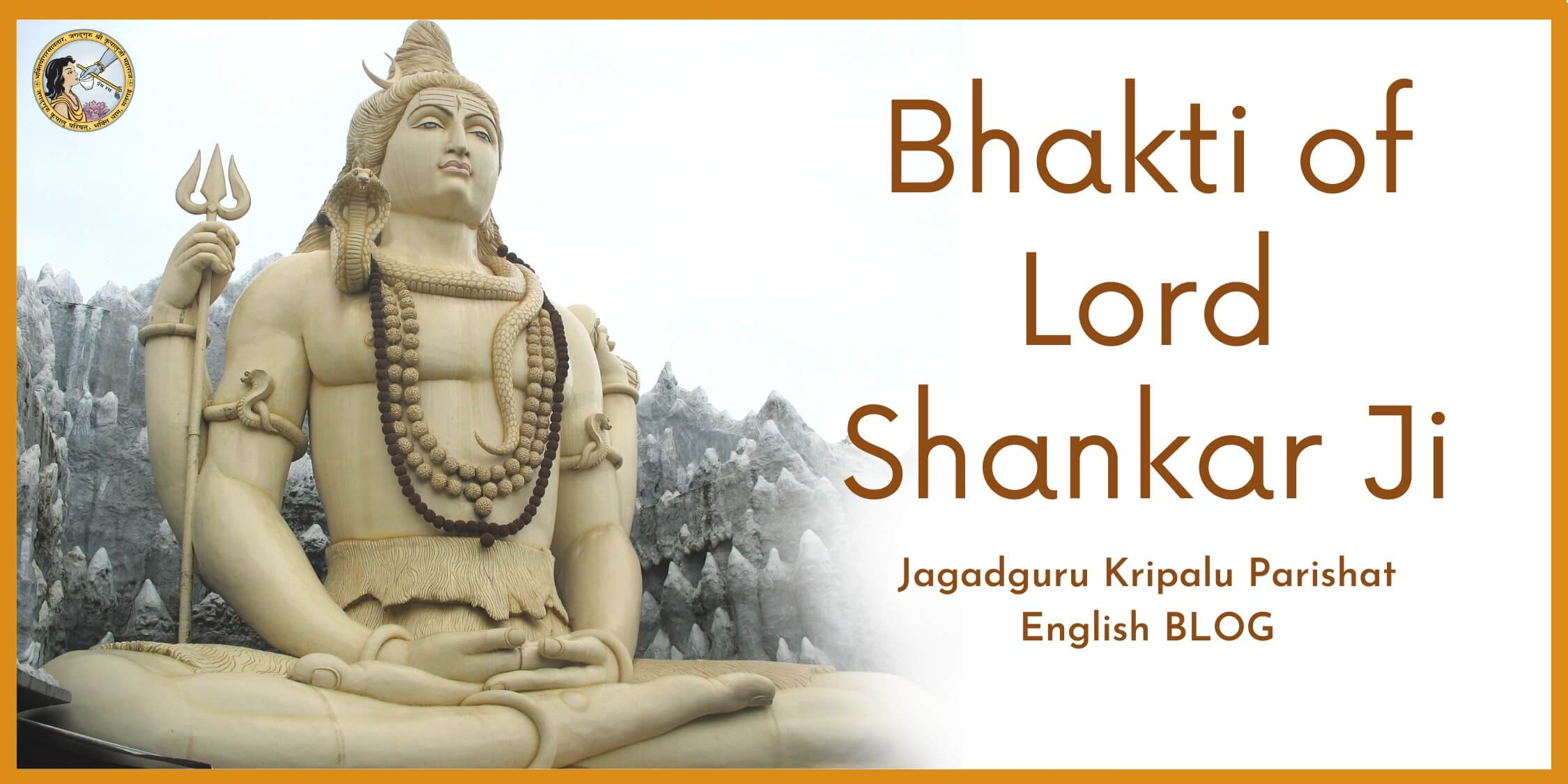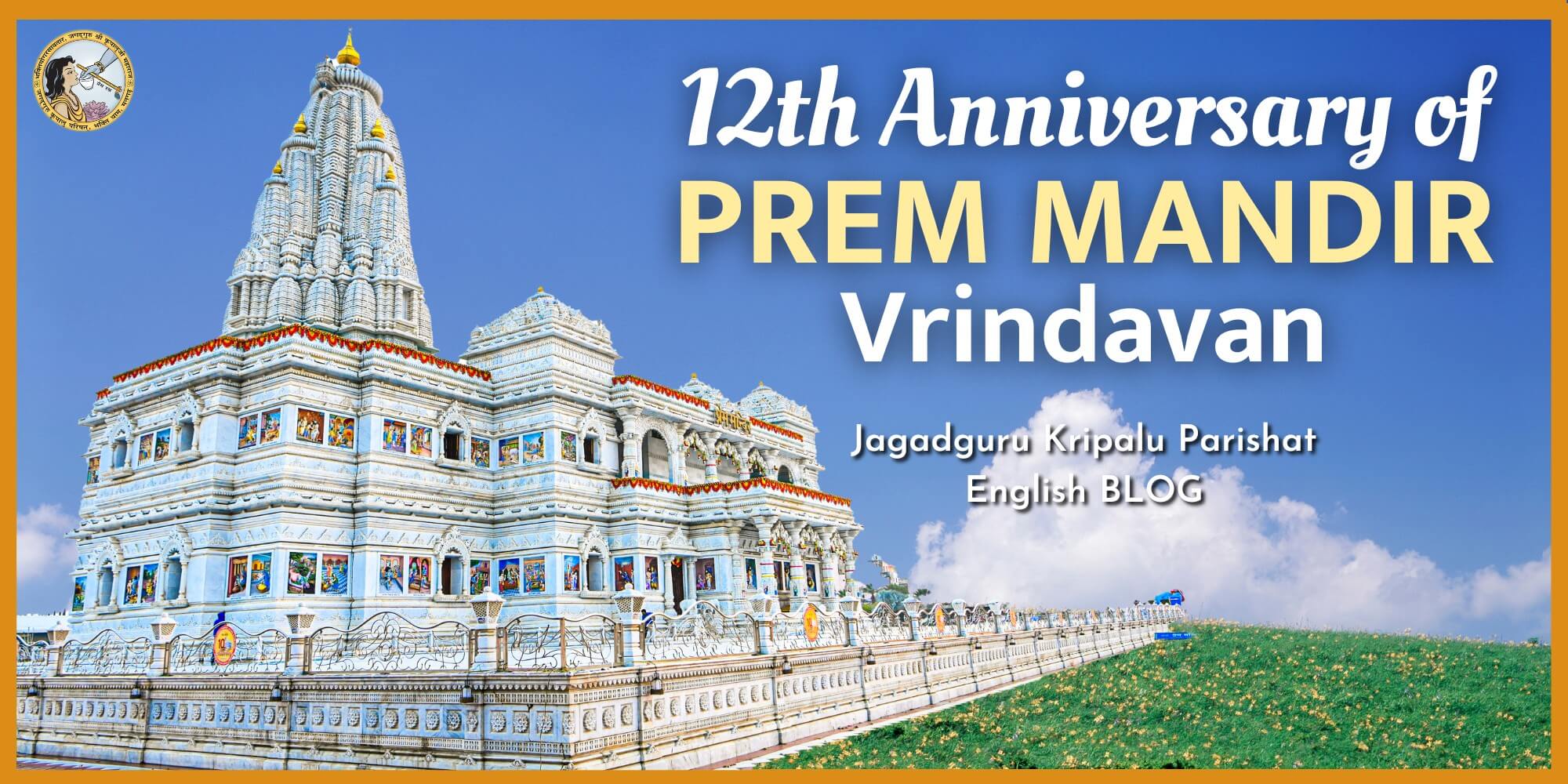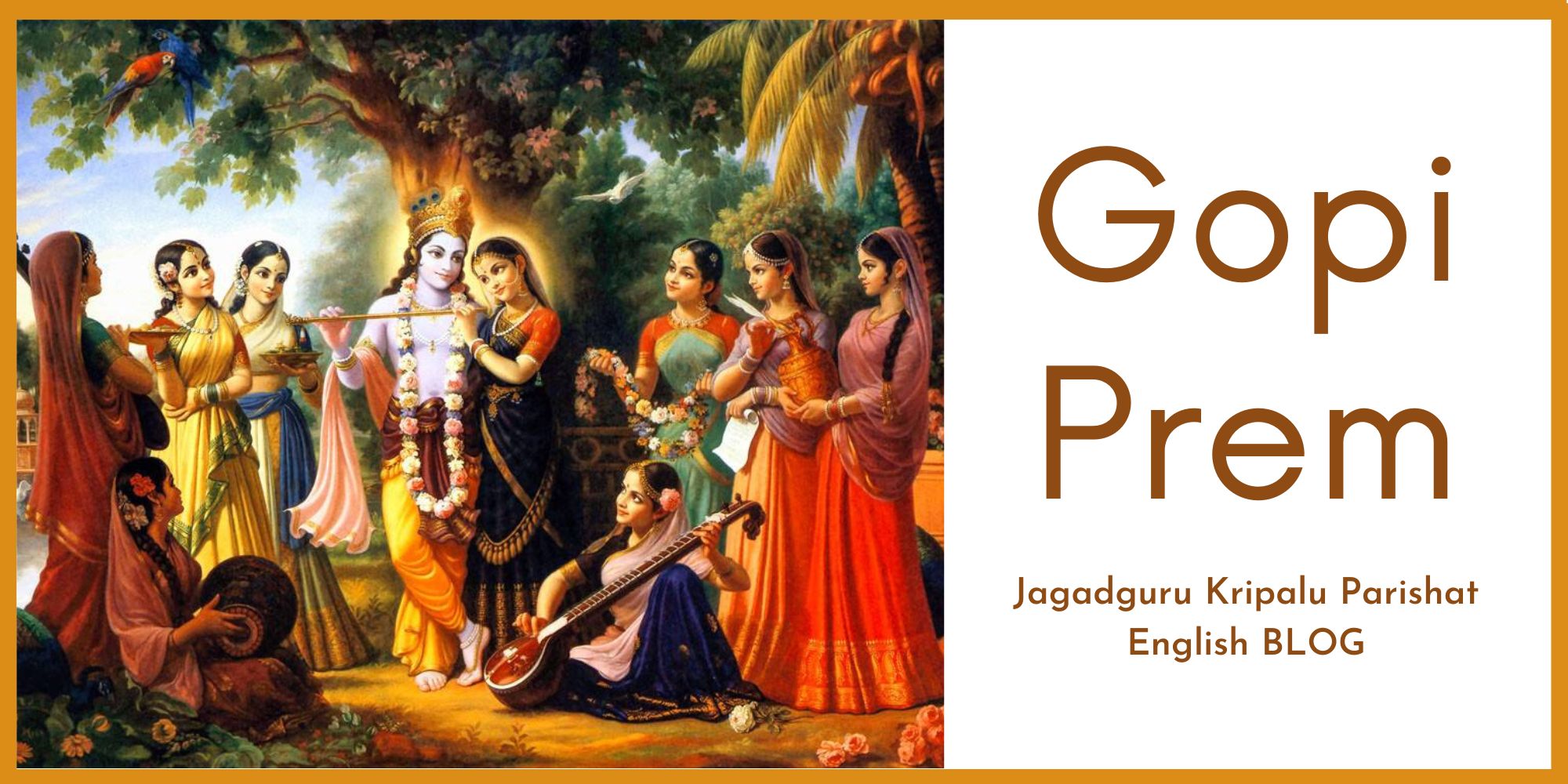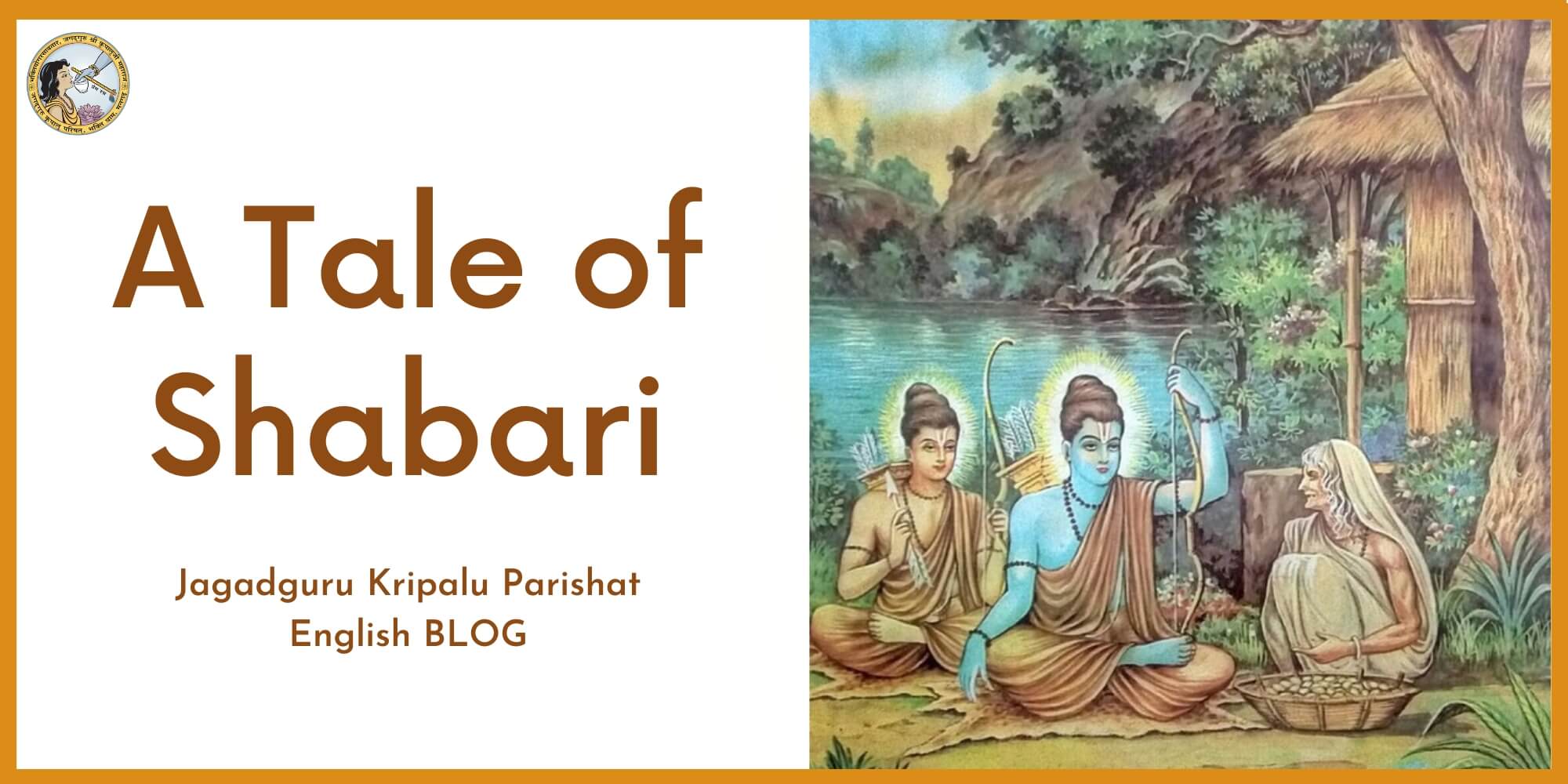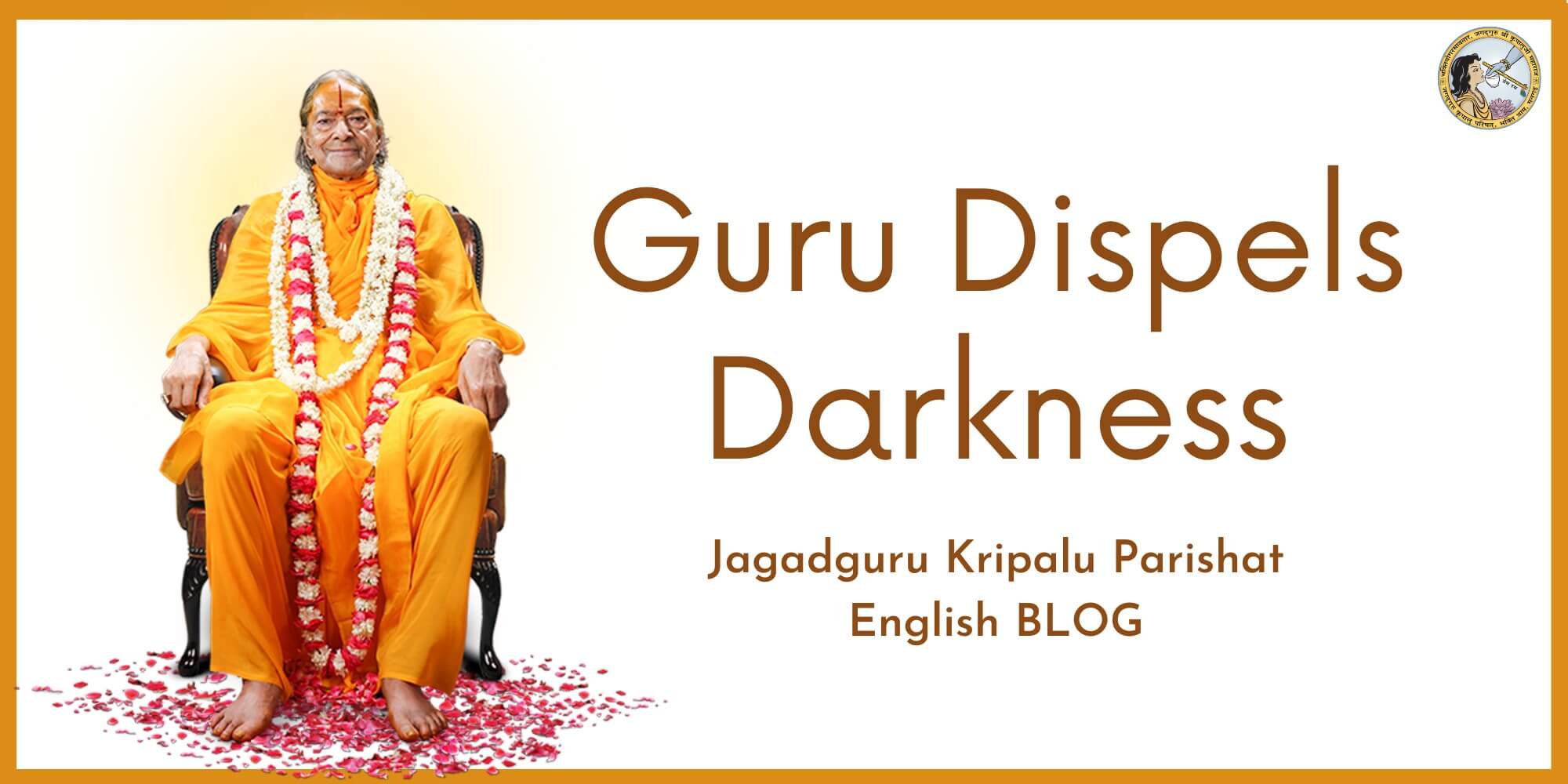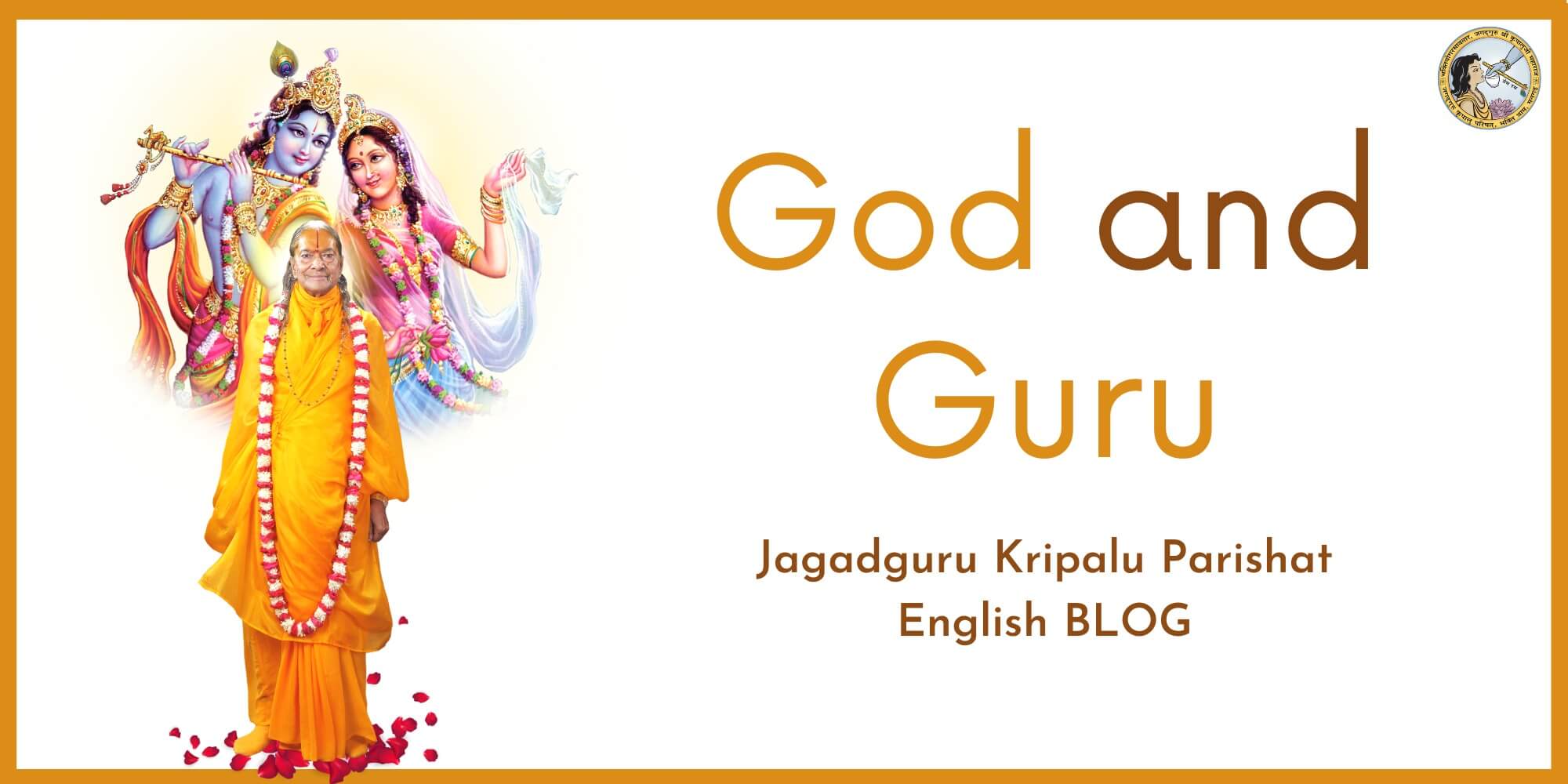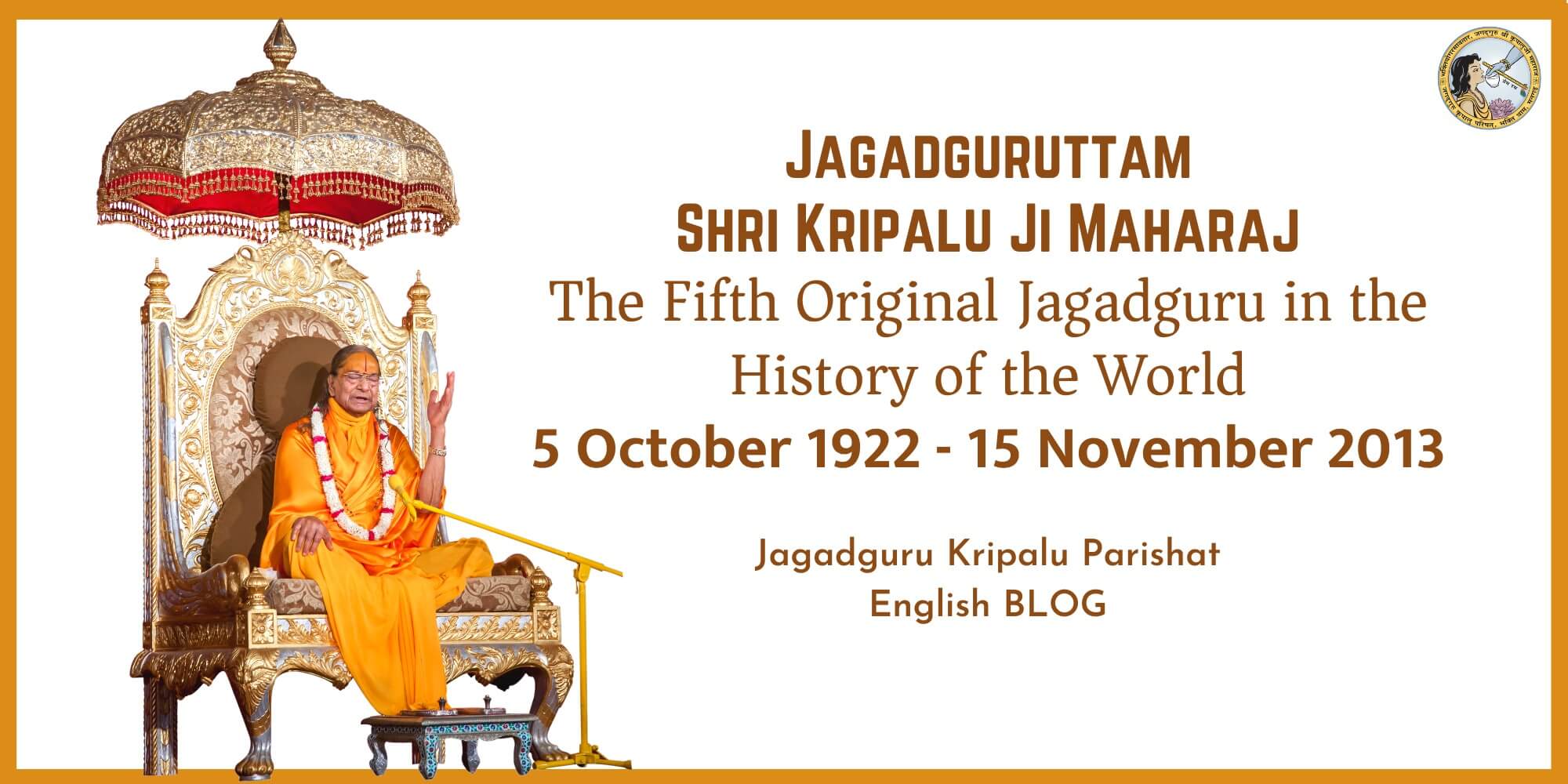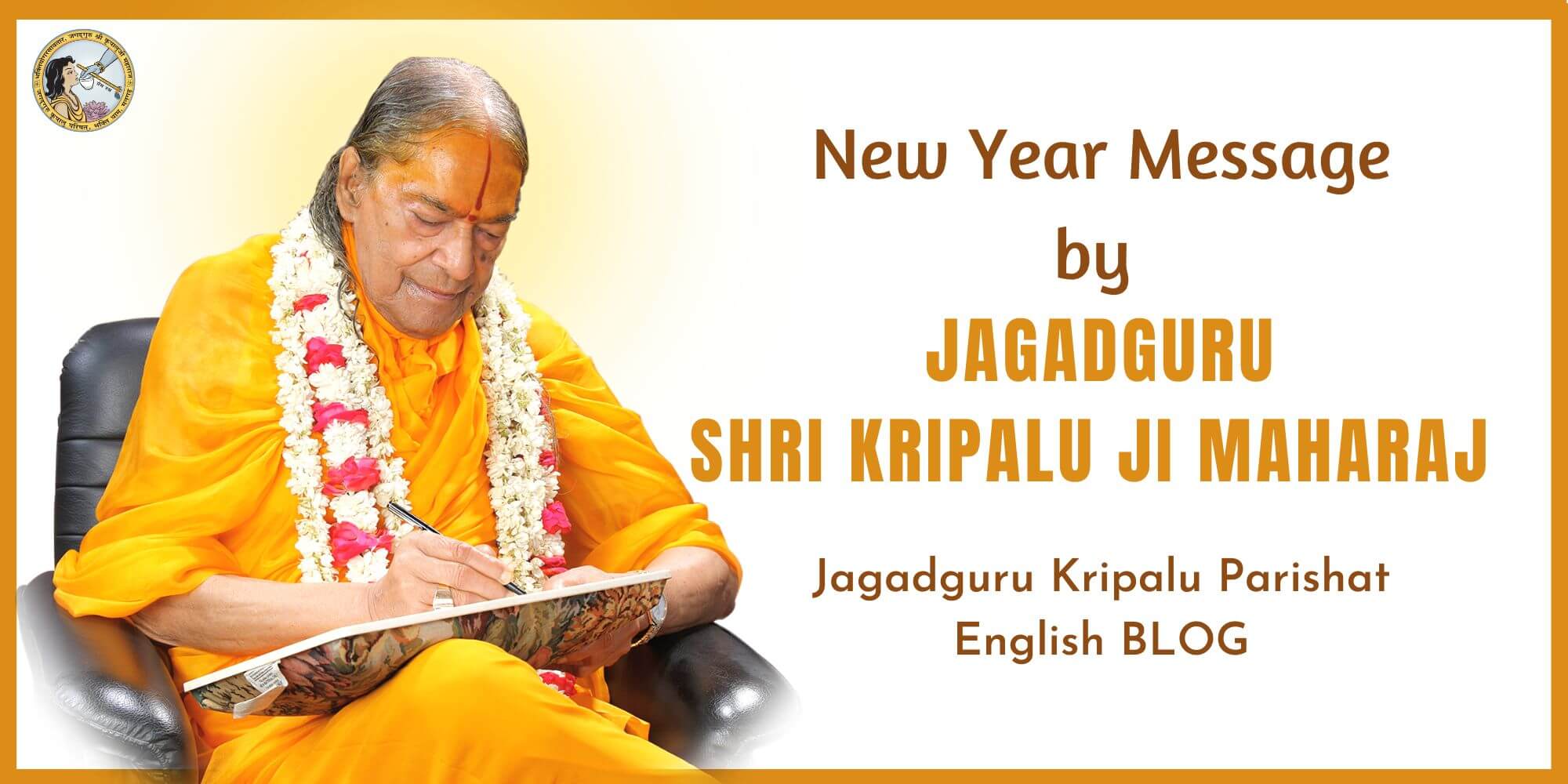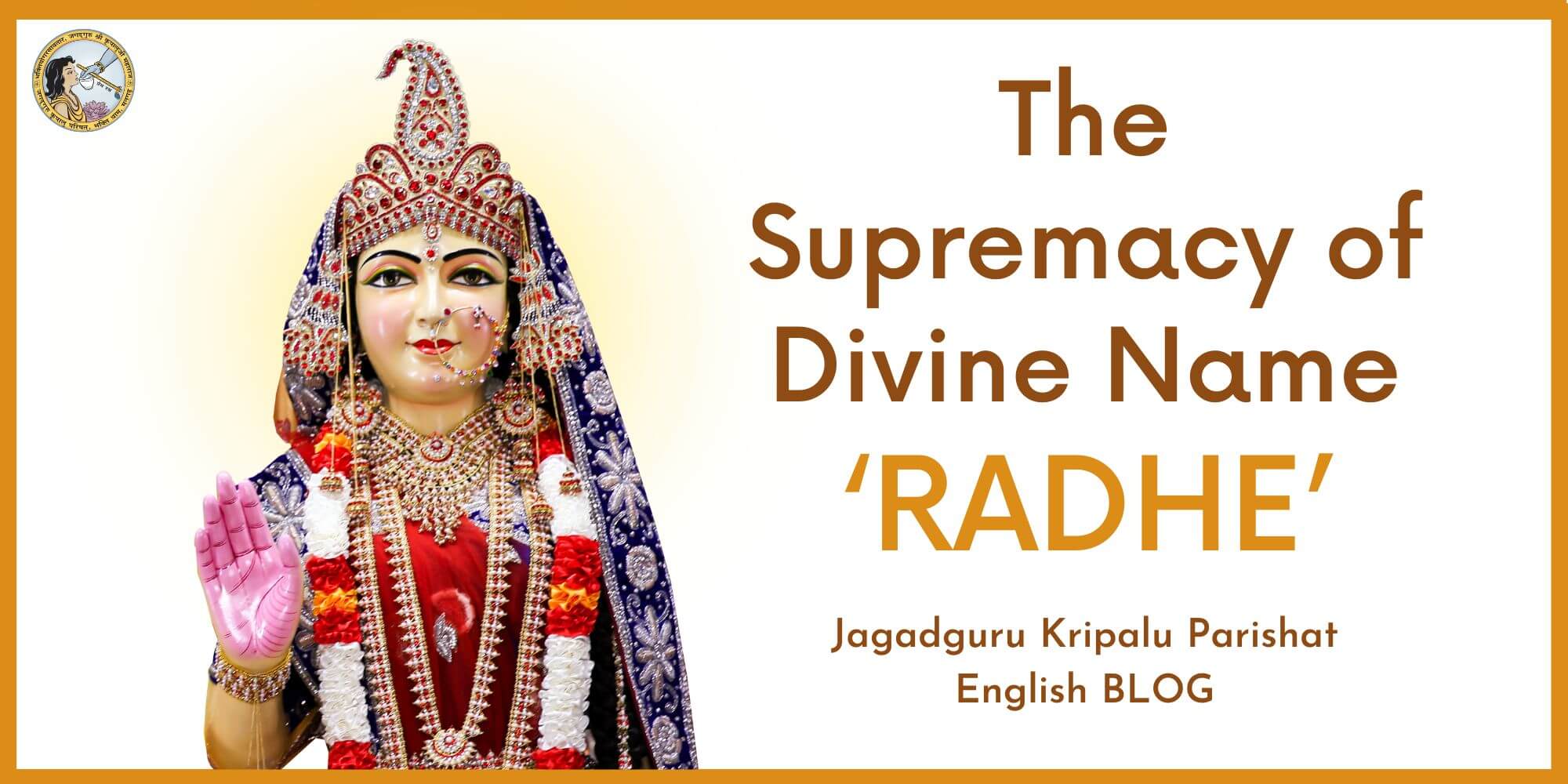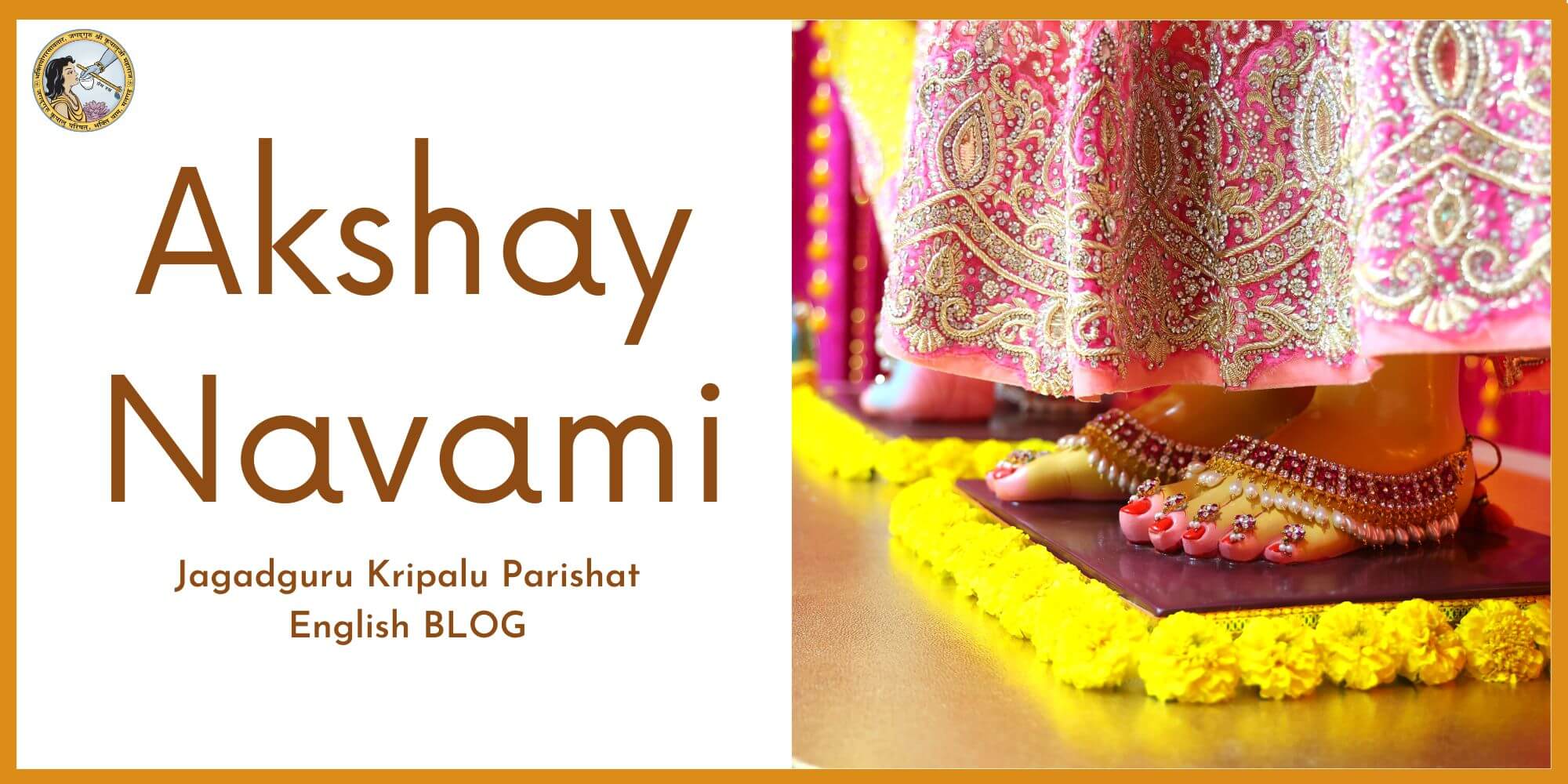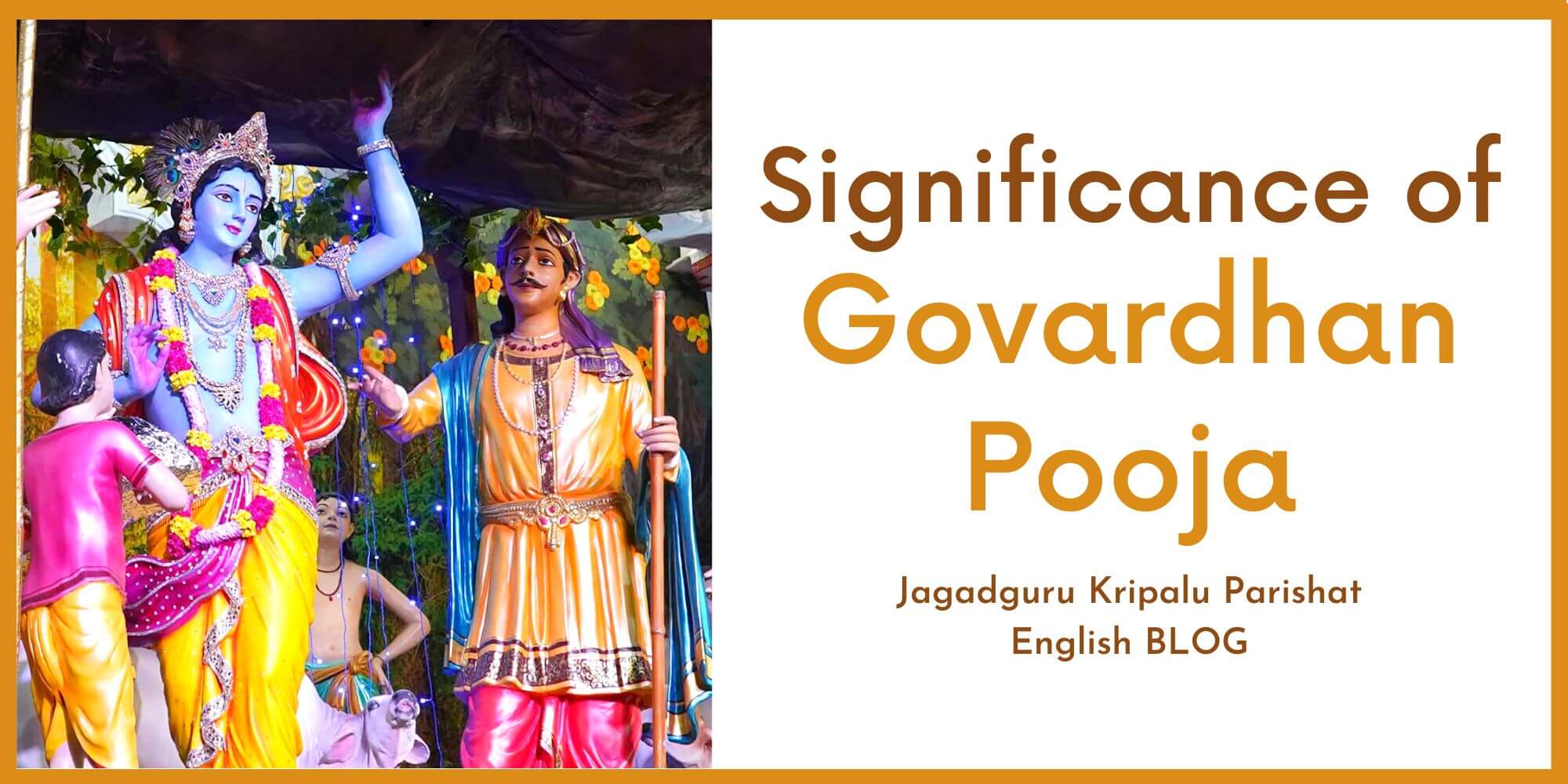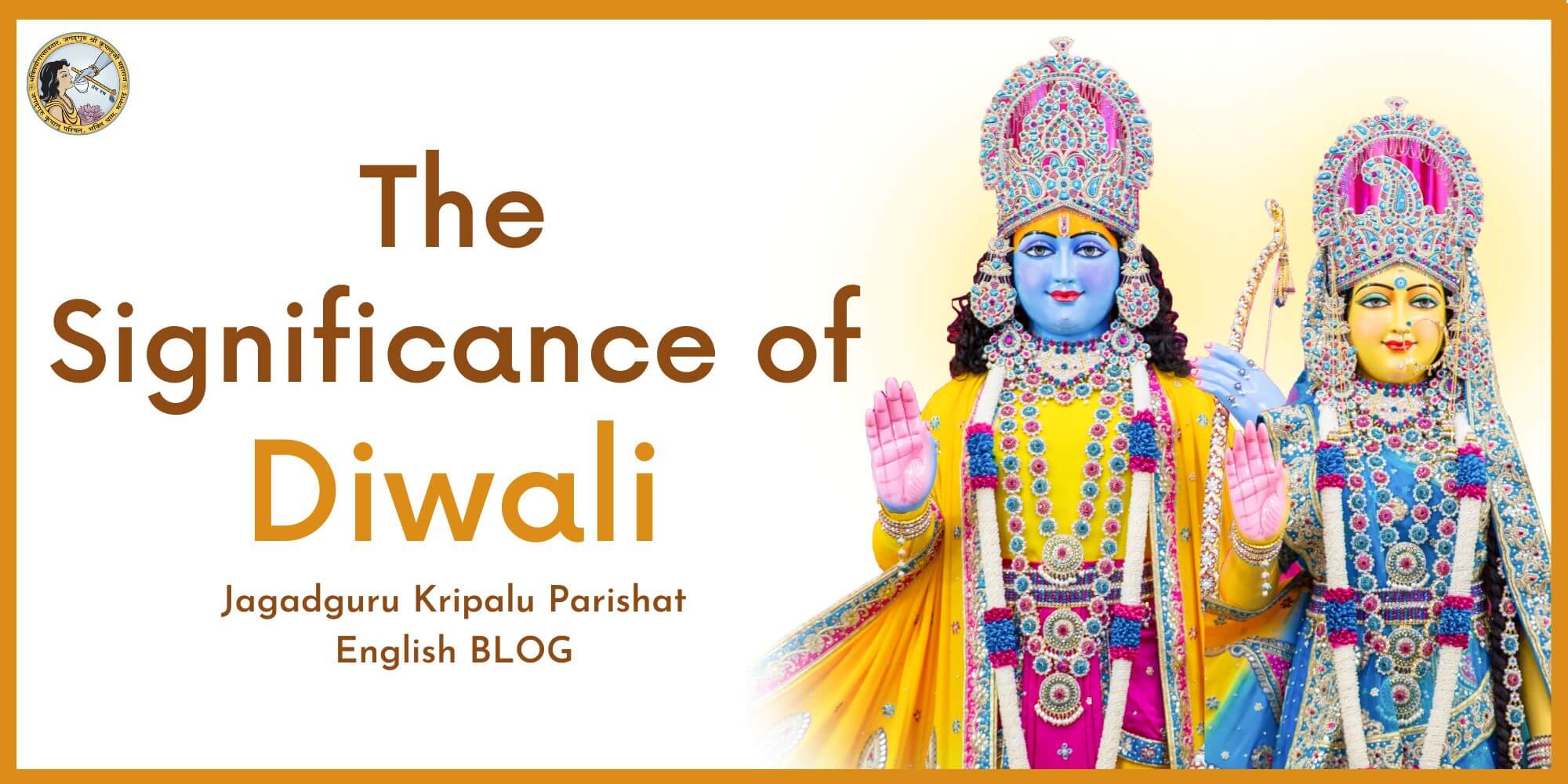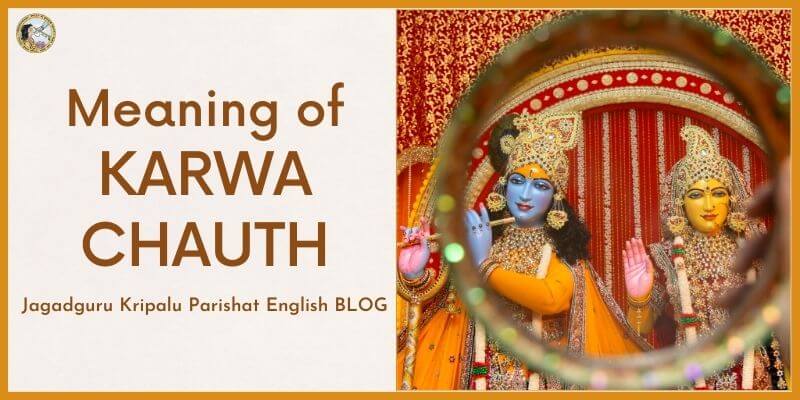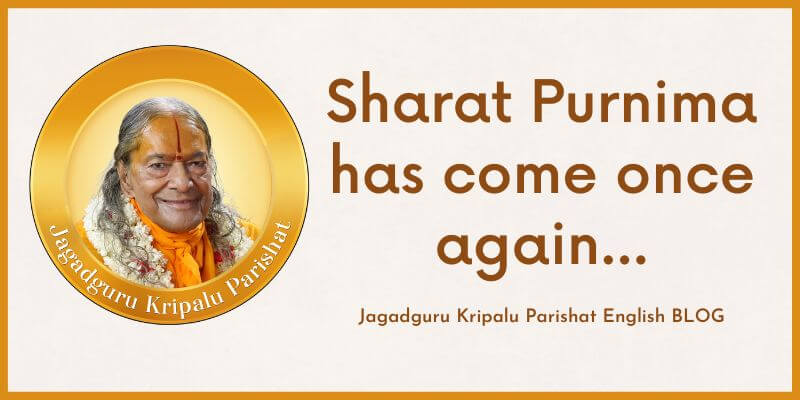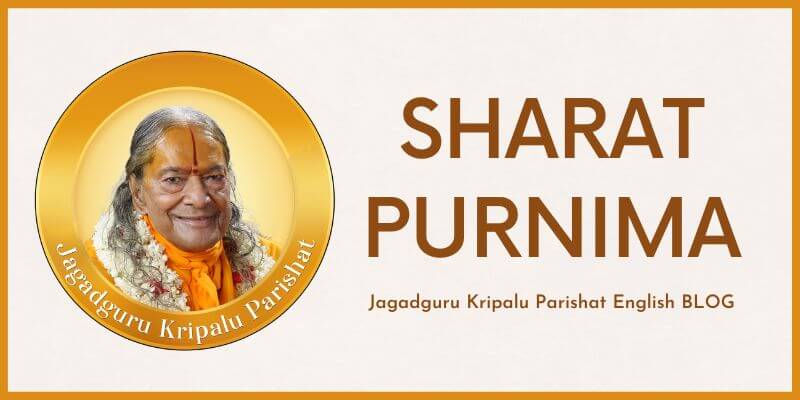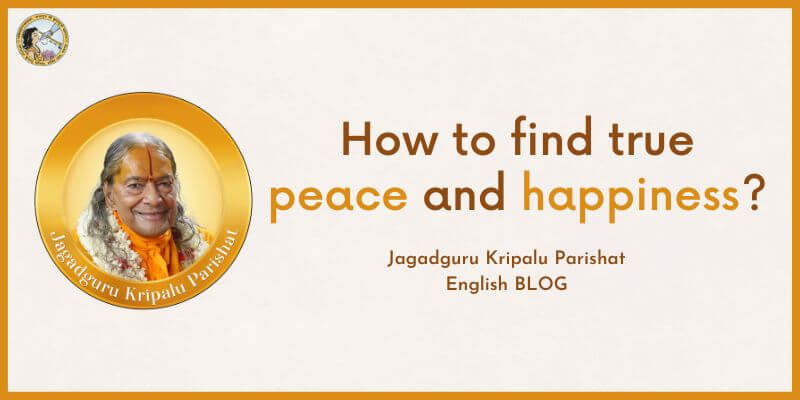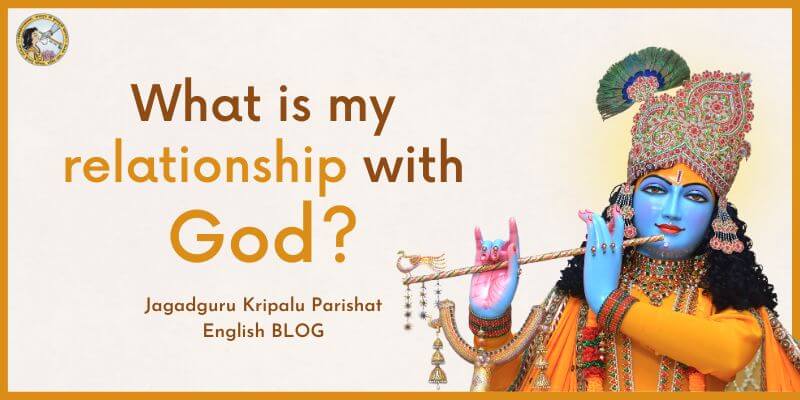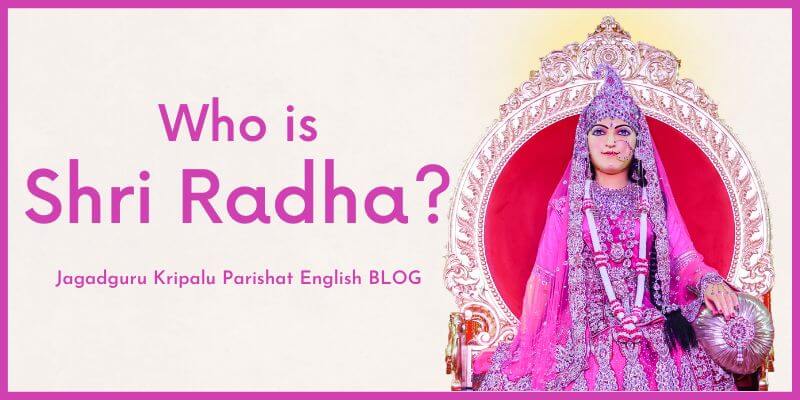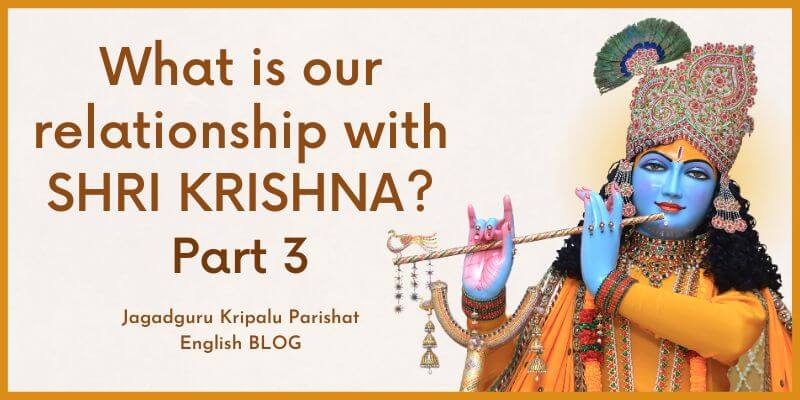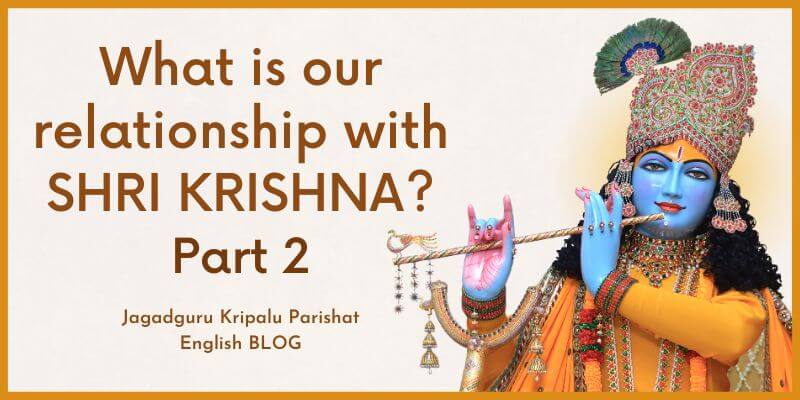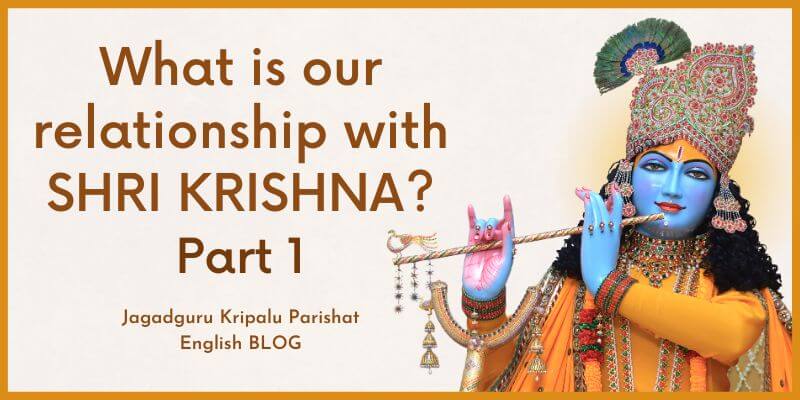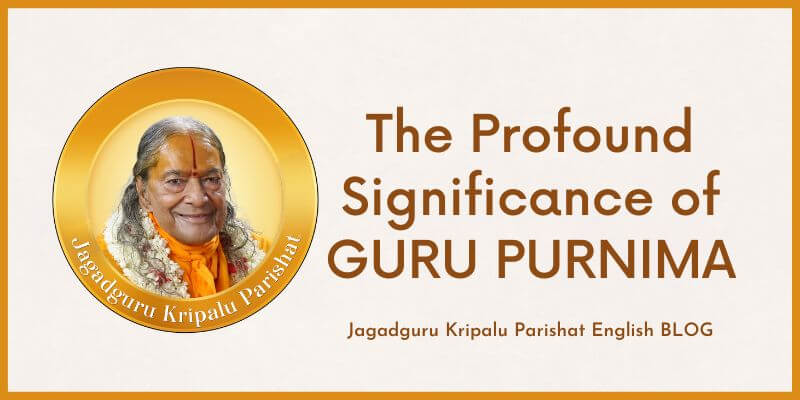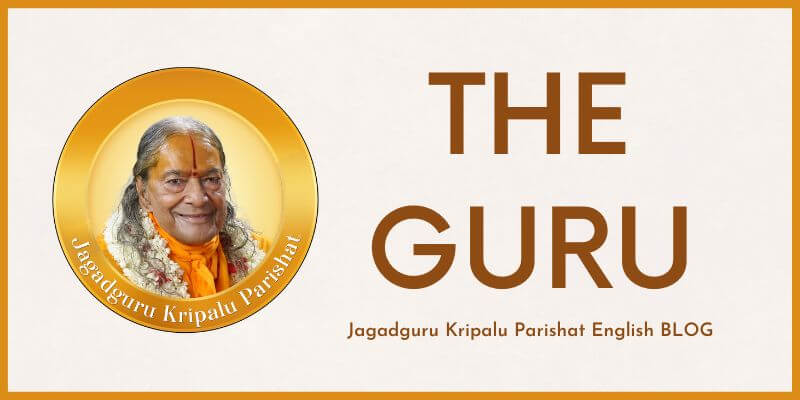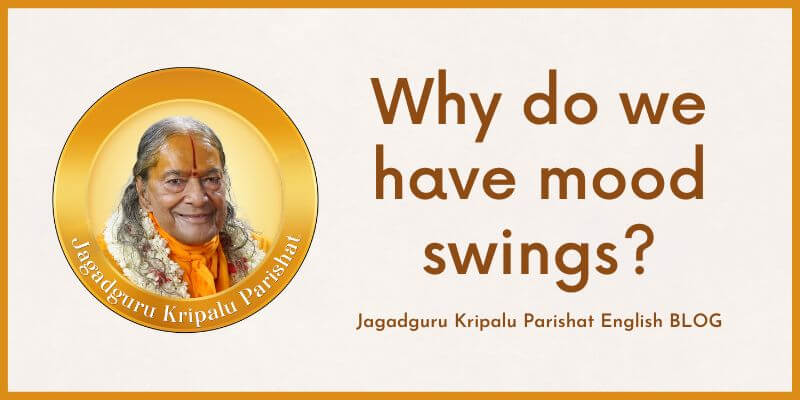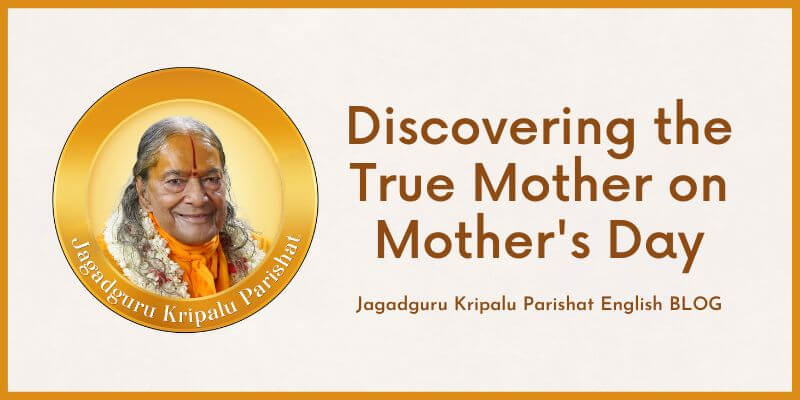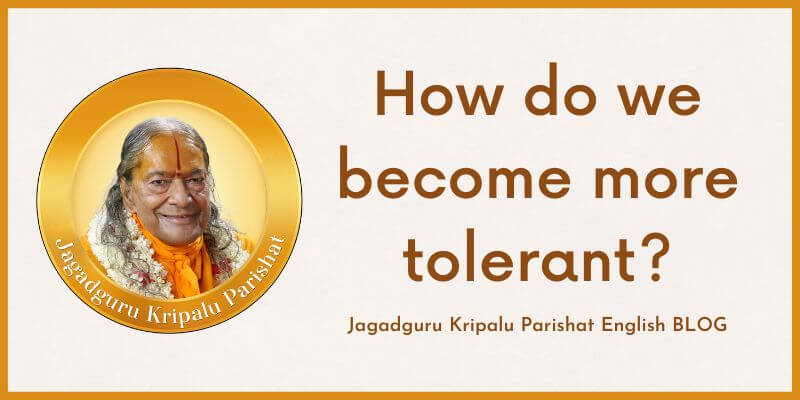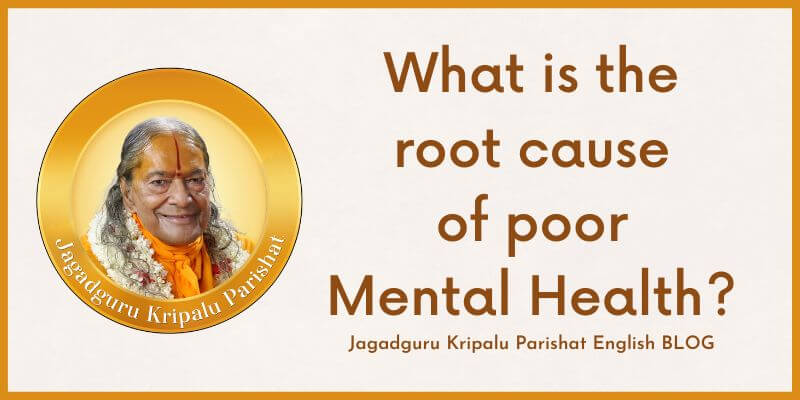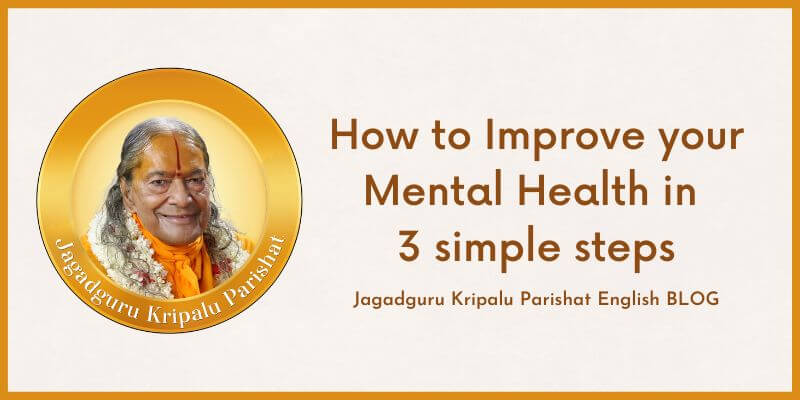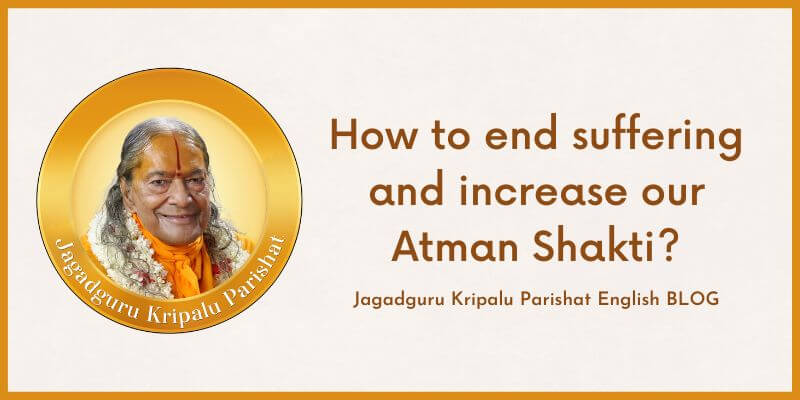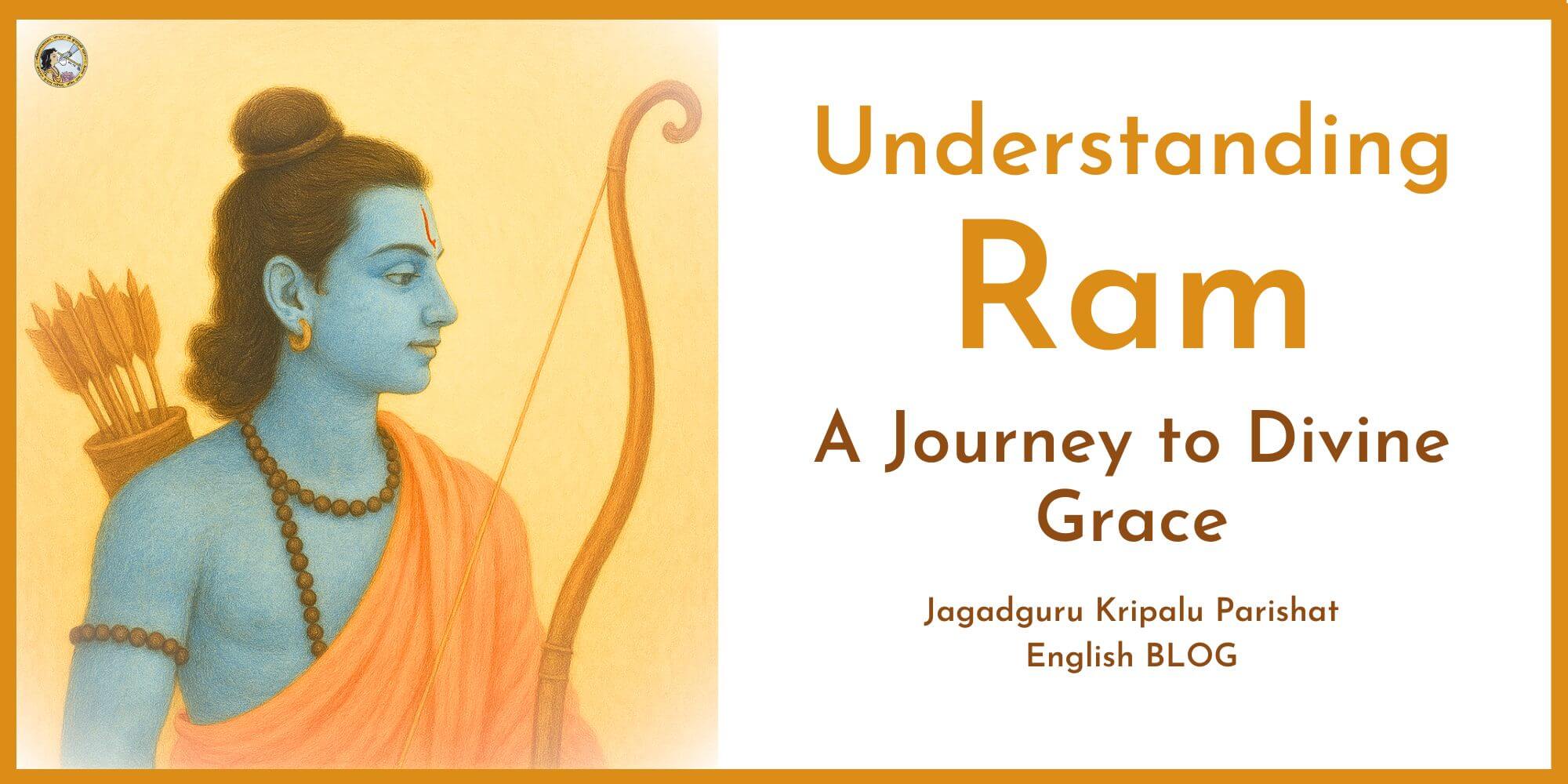The Festival Holi
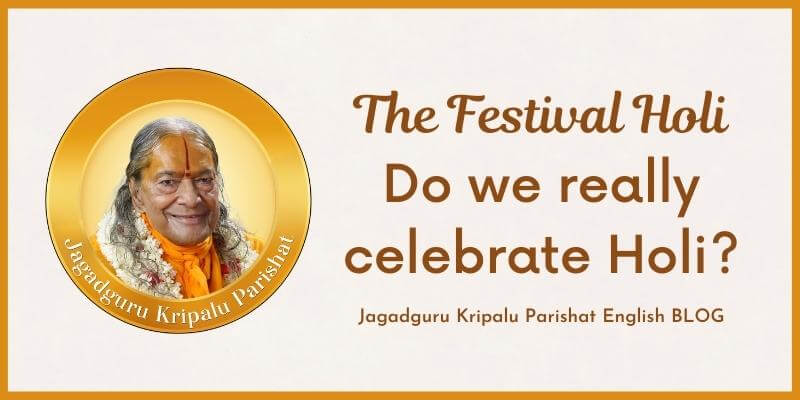
In celebrating Holi we highlight the omnipresence of God. Unfortunately, most people fail to realize the true significance of this festival, and instead just play with colors and make merry. The real aim of celebrating Holi is to follow the teachings and example of Bhakt Prahlada by developing unflinching faith in God’s omnipresence – to genuinely believe and feel that He resides in your heart and in the hearts of all living beings. We should strengthen this faith.
Prahlada was the son a demon, Hiranyakashipu. He realized God while he was still inside his mother’s womb. Narada Ji, the well-known sage had saved the wife of Hiranyakashipu from the hands of Indra, the king of celestials, and brought her to his ashram. During that time, Hiranyakashipu was elsewhere performing Tapasya and she was pregnant with Prahlada.
While in the ashram, Narada Ji gave discourses explaining the philosophy of divine love, and Prahlada, while still inside his mother’s womb, became enlightened; a mahapurusha. His father Hiranyakashipu was his exact opposite. He hated God and considered God to be his enemy because He had killed his brother, Hiranyakashya. Hiranyakashipu had taken a vow to kill God to avenge his brother’s death. He undertook penance for many years and received a special boon from Brahma, the creator, which stated
that none of his creation would be able to kill him, either during the day or night, on the earth or in the sky, by an animal, bird or human or with any weapon and so on.
Despite this boon, God finally did kill Hiranyakashipu. While doing so, God reminded him of each and every detail of the boon that he had received from Brahma. God said, “Look, Hiranyakashipu, it is neither day nor night; it is dusk. You are neither on the earth nor in the sky; you are in my lap; Look at Me, I am neither human nor animal; I am a combination of both being half-man and half-lion and now I a going to kill you using My bare hands, without the use of any weapon.” The tiny human intellect is not
even worth mentioning in comparison to Almighty God.
As this drama unfolded, Hiranyakashipu felt increasingly frustrated and told Prahlada that he could not believe that God was everywhere and it was a pure lie. He asked, “Does your God live in my palace; the house of a demon?” Prahlada answered, “Yes father, He does.” “Alright, tell me where He is right now,” shouted Hiranyakashipu. “He is everywhere. He is in every atom of this creation.” “Are you mad? It is impossible.”
Saying this, Hiranyakashipu got even more furious and said, “Is your so-called God in this pillar too?” “Yes indeed,” replied Prahlada. Then powerful Hiranyakashipu lost all control and hit the mighty pillar made of stone with his mace. The pillar came crashing down and the Supreme Lord Krishna appeared from the rubble, in a form never seen before, half-lion, half-man, the form of Nrisimha. The Lord said, “O Hiranyakashipu! Look, I am present everywhere. Nothing is dirty for Me. I even reside in your heart too. In fact, I dwell in the hearts of all individual souls including cats, dogs, demons, sinners, and every little creature. I am omnipotent and I purify the impure. No impurity has the power to make me Impure.”
All streams merging into the Ganga become the Ganga themselves; nothing can make Ganga impure. So God is omnipresent. We should all know this and have complete faith in it. From time to time we often say that God is everywhere; Allah is everywhere, but we fail to realize it. Some people think that temples, mosques, and churches hold some special significance, but,
(प्रभु व्यापक सर्वत्र समाना।)
“God is present everywhere with equal potency.”
The Shvetashvatara Upanisad says
(एको देवः सर्वभूतेषु गूढः सर्वव्यापी सर्वभूतान्तरात्मा।
कर्माध्यक्षः सर्वभूताधिवासः साक्षी चेता केवलो निर्गुणश्च॥)
(Shvetashvatara Upanishad 6.11)
Several other Vedic mantras have repeated the very same thing:
(अस्तीत्येवोपलब्धस्य तत्त्वभावः प्रसीदति॥)
(Katha Upanishad 2.3.13)
The Vedas declare that if a person fully accepts and realizes that God is everywhere, he need not do anything else. Such a person will reach the ultimate goal of God-realisation instantly. In other words, God will reveal Himself to that person immediately and he will come face-to-face with God at that very moment. Proof of this lies in the personal example of Bhakta Prahlada. It is in his loving memory that we celebrate this festival of Holi.
Enraged at his son’s undeviating devotion towards the Lord, Hiranyakashipu tried his level best to kill Prahlada, but completely failed. Prahlada was starved, poisoned, cursed by spells, beaten by fiends, stomped by elephants, encaged among virulent pythons, hurled from mountain peaks, attacked with stones, fires and blizzards. Despite all of Hiranyakashipu’s attempts, Prahlada remained untouched.
Hiranyakashipu felt extremely frustrated seeing the futility of all his attempts.
Bhakta Prahlada had such strong faith in the omnipresence of God that God Himself was left with no choice other than to protect Him at all costs. Whatever resources were deployed to kill Prahlada, he only saw the presence of God in each one of them.
We must therefore practice feeling the presence of God everywhere, exactly in the same manner as we feel that God is always present in this divine abode, Goloka. There is absolutely no difference between
the Shri Krishna in Goloka and the Shri Krishna residing within every particle. He is equally present everywhere with all His powers. The cannot be any fractions of God. It is only because of this fact that Prahlada was protected by God in every adverse situation.
Holi also signifies and gives prominence to the victory of bhakti over evil. One should not forget that the demon Hiranyakashipu was such a great tapasvi that even celestial gods could not withstand the yogic power and might of his austere penance. However, he had to accept total defeat in front of the power of bhakti. The story of Prahlada proves that bhakti stands on the highest pedestal in God’s kingdom. It is infinite times more powerful than jnana, yoga, and karma.
Therefore, this day is the celebration of the supremacy of bhakti or devotion. Everyone celebrates in his own unique way, but we should not lose sight of the real significance of this festival. Just as Prahlada felt the presence of God in each and every particle of this world, in the same way we too should feel the presence of God and Guru within us, and everywhere around us, at all times.
Footnote:
In Bhakti Dham, we celebrate this festival by singing the glories of God’s names, forms, attributes, abodes, and devotees. In between the sankirtan sessions, we listen to discourses of our beloved master to strengthen spiritual knowledge focused on selfless exclusive devotion to Lord Krishna. Prahlada taught this very same bhakti to the children of demons. Every year on this occasion, a ten-day sadhana program is conducted at Bhakti Dham attended by a large number of devotees from across India and the world.
*A brief introduction of Jagadguru Shri Kripalu Ji Maharaj*
(Known by His devotees as Shri Maharajji)
The original title of Jagadguruttam (‘Greatest Spiritual Teacher of the World’) was bestowed upon Shri Kripalu Ji Maharaj on January 14, 1957 by ‘Kashi Vidvat Parishad’ (a council of 500 greatest scholars saints of India). He composed divine texts like ‘Prem Ras Madira’, ‘Prem Ras Siddhant’, and ‘Radha Govind Geet’ to lead us on the right path of devotion. He also gave priceless monuments as gifts to the world which include - Bhakti Mandir located in Bhakti Dham, Mangarh, Prem Mandir located in Vrindavan Dham, and Kirti Mandir located in Barsana Dham. Shri Maharajji also built hospitals for the impoverished, the Jagadguru Kripalu Chikitsalaya in Vrindavan, Jagadguru Kripalu Chikitsalaya in Barsana, and another one in Pratapgarh. All three help millions of underprivileged to gain free access to medical care. His Kindergarten, School, and College for impoverished girls Jagadguru Kripalu Parishat Education is located in Kunda and provides completely free education.
Recent Posts
Who is Lord Jagannath?
27 June 2025
True Yoga: A Union of Body, Mind and Soul
22 June 2025
Celebrating Father’s Day with God
13 June 2025
Shri Radha Rani – Our Eternal Mother
10 May 2025
Sita is Ram, Ram is Sita
5 May 2025
Hanuman Ji’s Unmatched Seva
12 April 2025
Beyond Colors: Prahlad’s Teachings & the Spiritual Si...
15 March 2025
Beyond Colours: Prahlad’s Teachings & the Spiritual S...
14 March 2025
Who is Gaurang Mahaprabhu?
13 March 2025
What Blessing Should One Ask from Bhagwan Shiva?
24 February 2025
Celebrating 13 Glorious Years of Prem Mandir
22 February 2025
Gopi Prem Day – A Celebration of Divine Love
14 February 2025
Where does the soul go after death?
26 January 2025
The Relationship between God and the Soul – (The Real ...
21 January 2025
The Relationship between God and the Soul (The True Meaning ...
18 January 2025
The Relationship between God and the Soul
3 January 2025
Celebration or Contemplation on New Year
31 December 2024
The Unconditional Grace of God and Mahapurush
22 December 2024
Spiritual Leaders of Vrindavan Unite in Unprecedented Suppor...
10 December 2024
An Icon of Selfless Service: Remembering Her Holiness Sushri...
30 November 2024
A Soulful Tribute from the Preachers of Jagadguru Shri Kripa...
30 November 2024
The Story Behind Tulsi Vivah
11 November 2024
The Significance of Akshay Navami
10 November 2024
Bhaiya Dooj Celebrations
3 November 2024
Govardhan Pooja
2 November 2024
The secret behind celebrating Dhanteras
26 October 2024
Essence of Karwa Chauth
19 October 2024
Sharat Purnima, The Crest Jewel of all Festivals
18 October 2024
What is Roopdhyan by Jagadguru Shri Kripalu Ji Maharaj
12 October 2024
How do we control our Anger?
26 September 2024
Shri Radha Rani: The Essence of Divine Love
5 September 2024
The Divine Prison of Shri Krishna
31 August 2024
How to Build a Personal Relationship with Lord Krishna
25 August 2024
How to celebrate Raksha Bandhan
19 August 2024
The Significance of Hariyali Teej
7 August 2024
Rama Naam Satya Hai
5 August 2024
How to Engage Your Mind in God
5 August 2024
The importance of a Guru in a devotee’s life
15 July 2024
True meaning of ‘Yoga’ (Yog)
21 June 2024
Shri Krishna, Our Real Father
15 June 2024
How to control the mind?
2 June 2024
True Happiness
2 June 2024
How Fortunate You Are
31 May 2024
Narasimha Jayanti
19 May 2024
Importance of Sita Navami
15 May 2024
Importance of Mother’s Day
13 May 2024
The Significance of Akshaya Tritiya
9 May 2024
Lord Ram is our only True Relative
3 April 2024
Shri Guru Dham, Bhakti Mandir – A Divine Resolve
27 March 2024
The Festival Holi
25 March 2024
Bhakti of Lord Shankar Ji
7 March 2024
12th Anniversary of Prem Mandir
6 March 2024
Gopi Prem
13 February 2024
A Tale of Shabari
22 January 2024
Guru Dispels Darkness
14 January 2024
GOD and GURU
14 January 2024
Jagadguruttam Shri Kripalu Ji Maharaj
14 January 2024
New Year Message by Jagadguru Shri Kripalu JI Maharaj
30 December 2023
The Supremacy of Divine Name ‘RADHE’
30 December 2023
Akshay Navami
21 November 2023
Significance of Govardhan Pooja
13 November 2023
The Significance of Diwali
9 November 2023
Meaning of Karwa Chauth
31 October 2023
Sharat Purnima has come once again…
27 October 2023
Sharat Purnima
27 October 2023
How to find true peace and happiness?
13 October 2023
What is my relationship with God?
13 October 2023
Who is Shri Radha?
21 September 2023
The Supremacy of the Divine Name, ‘RADHE’
19 September 2023
What is our relationship with Shri Krishna? Part 3
28 August 2023
What is our relationship with Shri Krishna? Part 2
28 August 2023
What is our relationship with Shri Krishna? Part 1
28 August 2023
The Significance of Naag Panchami
21 August 2023
The Profound Significance of Guru Purnima
30 June 2023
THE GURU
30 June 2023
Why do we have mood swings?
28 May 2023
Discovering the True Mother on Mother’s Day
12 May 2023
How do we become more tolerant?
4 January 2023
What is the root cause of poor Mental Health?
16 December 2022
How to Improve your Mental Health in 3 simple steps
9 December 2022
How to end suffering and increase our Atman Shakti?
8 December 2022
Understanding Ram: A Journey to Divine Grace
29 March 2025
